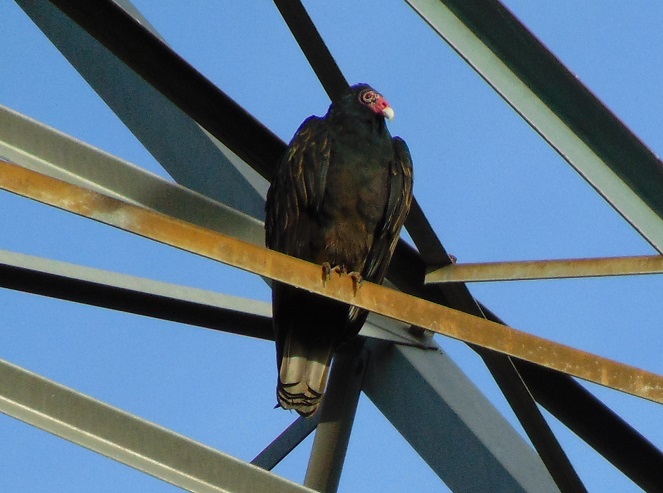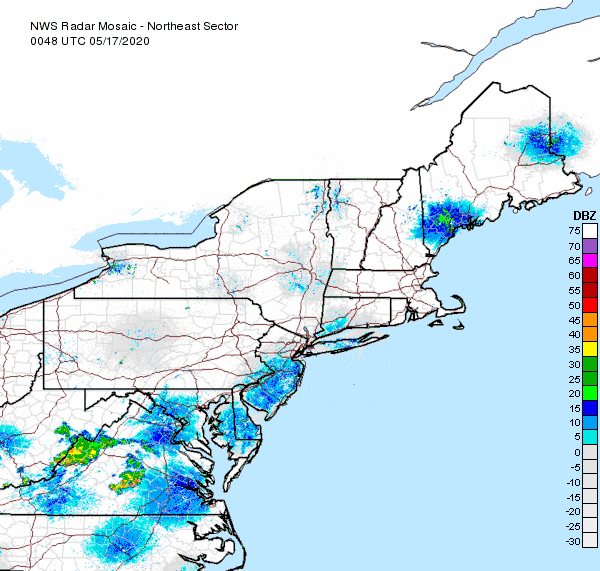
Today’s arrivals—Neotropical migrants found in a streamside thicket in the Lower Susquehanna River Watershed this morning…
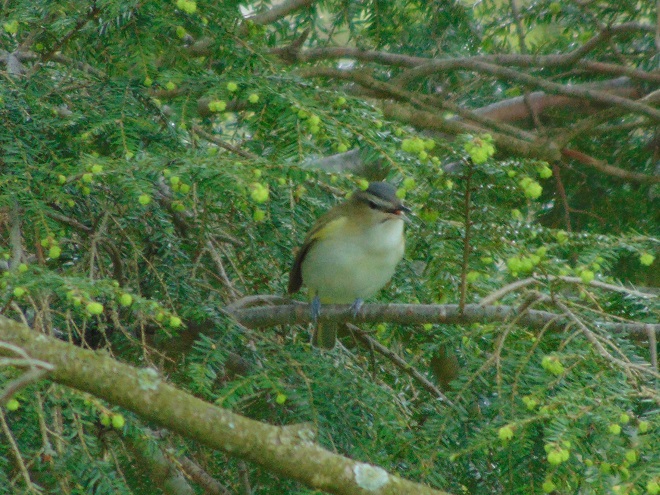
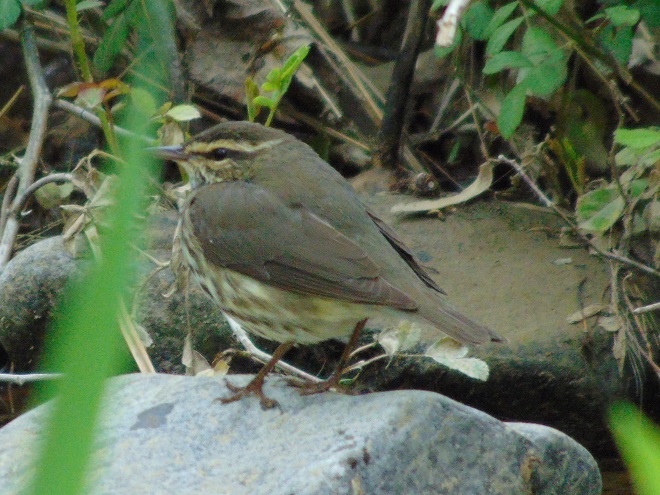
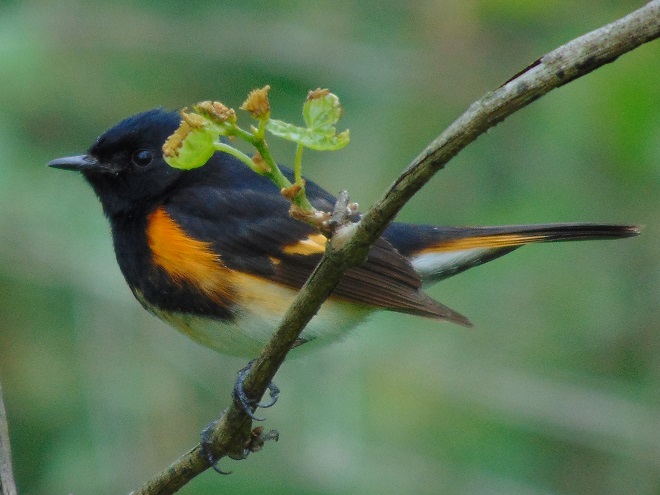
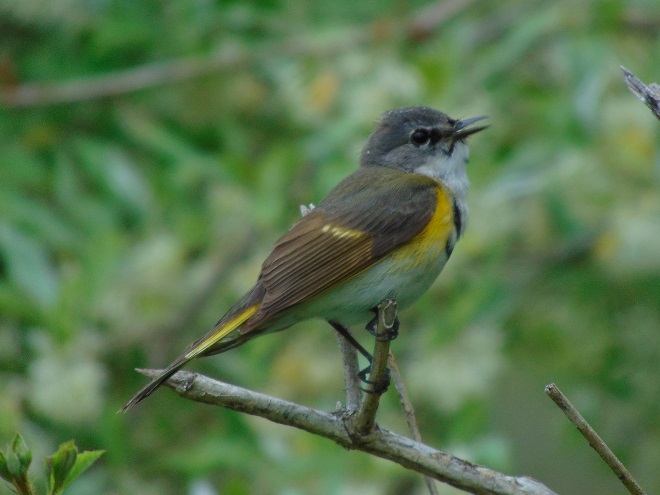
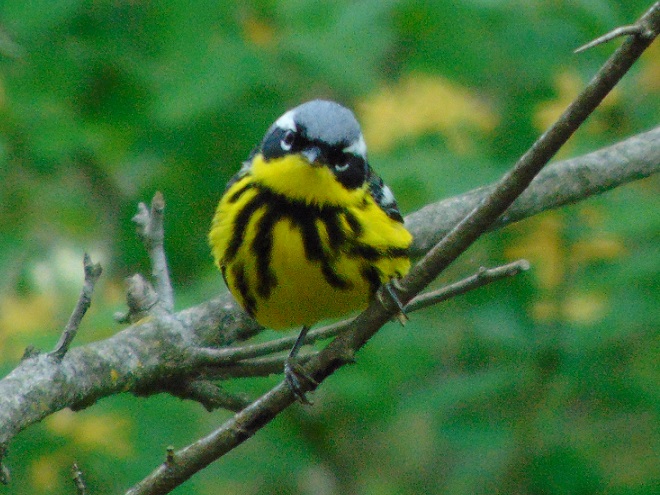
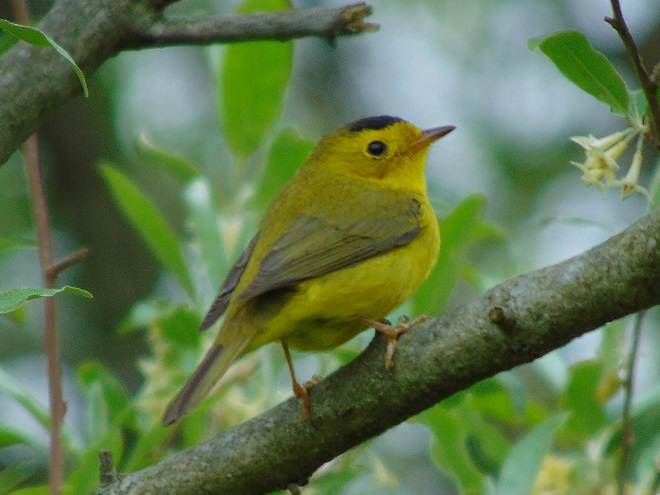
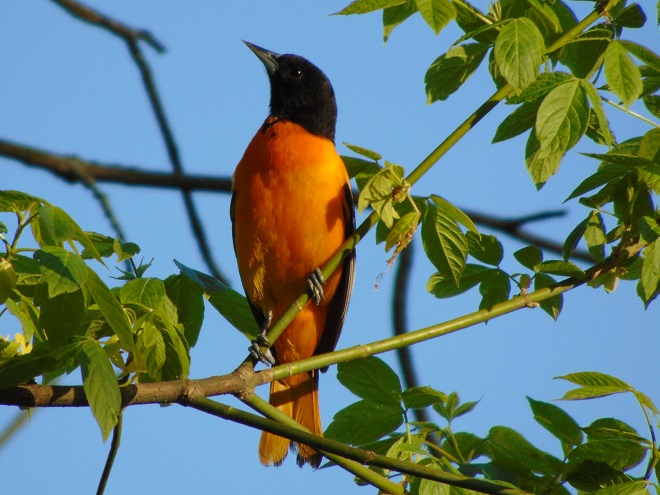

LIFE IN THE LOWER SUSQUEHANNA RIVER WATERSHED
A Natural History of Conewago Falls—The Waters of Three Mile Island

Today’s arrivals—Neotropical migrants found in a streamside thicket in the Lower Susquehanna River Watershed this morning…







After nearly a full week of record-breaking cold, including two nights with a widespread freeze, warm weather has returned. Today, for the first time this year, the temperature was above eighty degrees Fahrenheit throughout the lower Susquehanna region. Not only can the growing season now resume, but the northward movement of Neotropical birds can again take flight—much to our delight.
A rainy day on Friday, May 8, preceded the arrival of a cold arctic air mass in the eastern United States. It initiated a sustained layover for many migrating birds.
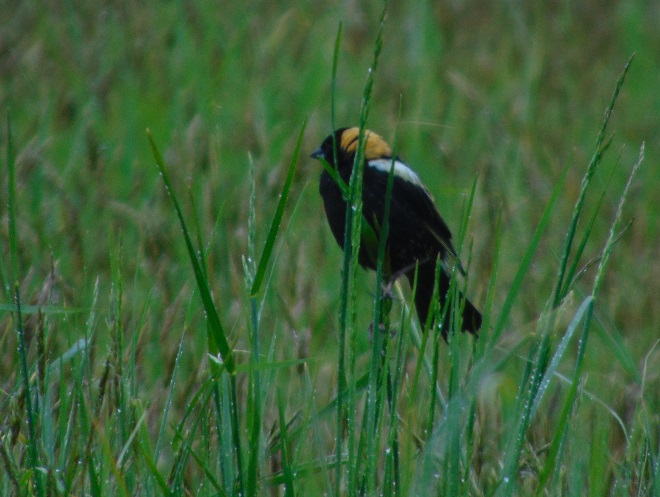
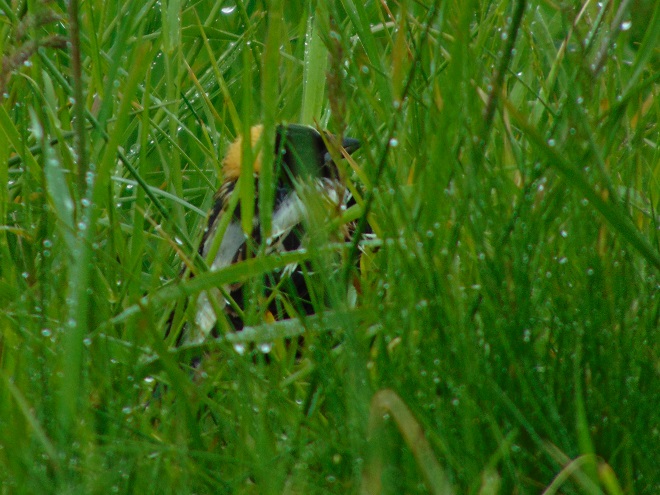
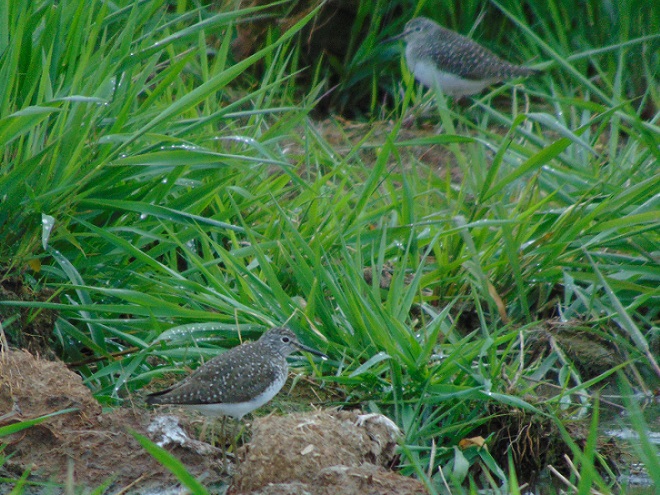
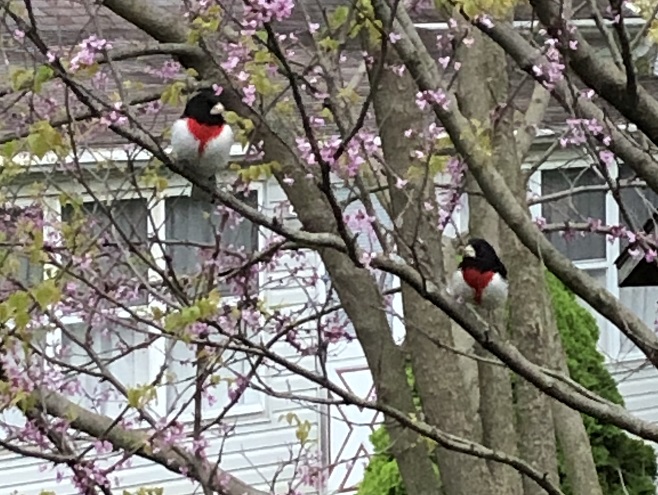
Freeze warnings were issued for five of the next six mornings. The nocturnal flights of migrating birds, most of them consisting of Neotropical species by now, appeared to be impacted. Even on clear moonlit nights, these birds wisely remained grounded. Unlike the more hardy species that moved north during the preceding weeks, Neotropical birds rely heavily on insects as a food source. For them, burning excessive energy by flying through cold air into areas that may be void of food upon arrival could be a death sentence. So they wait.

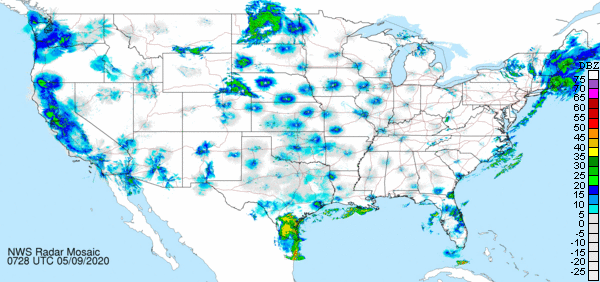
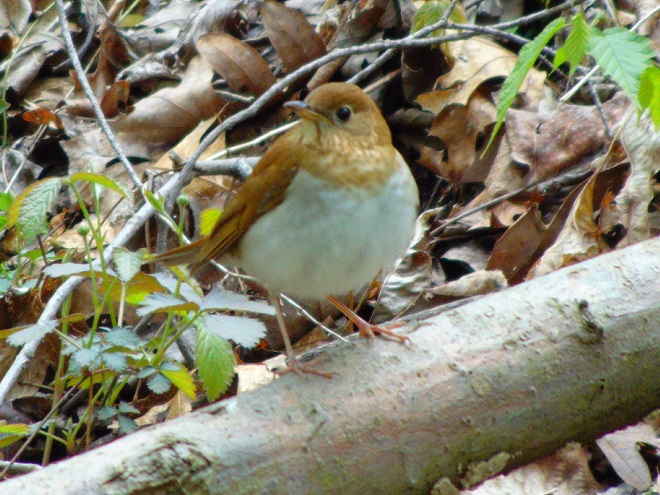
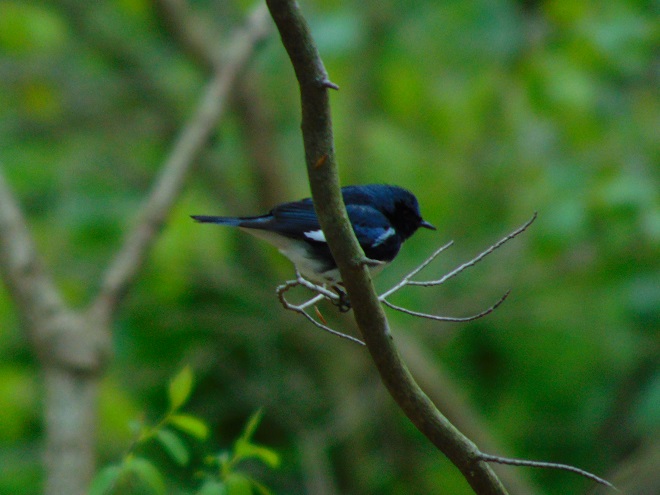
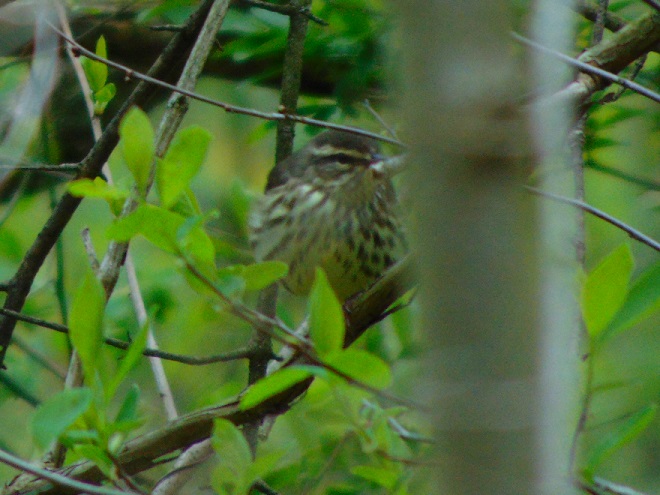
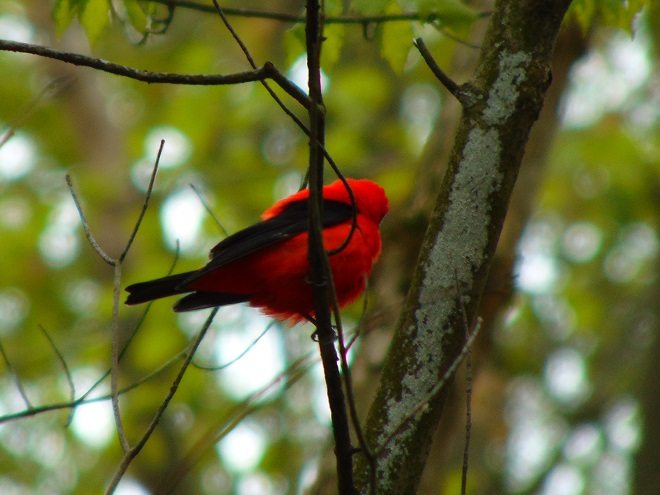
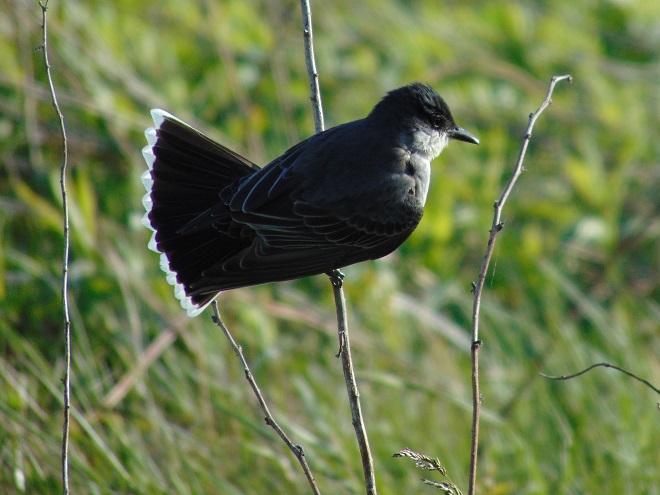
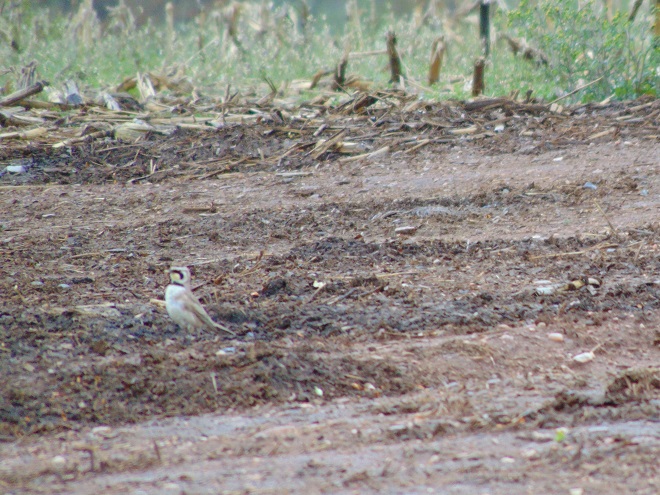
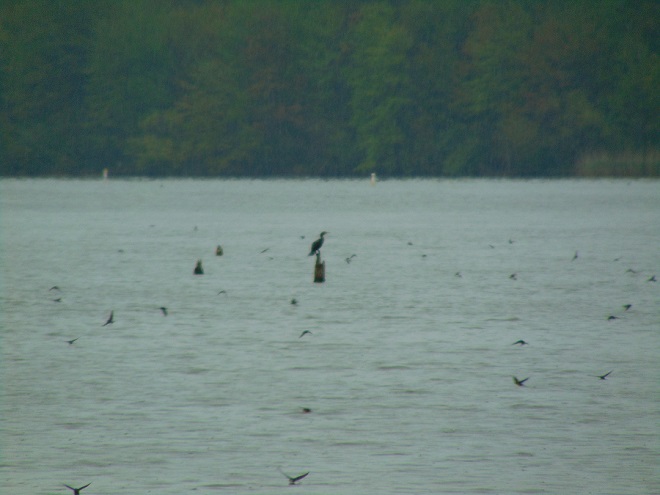


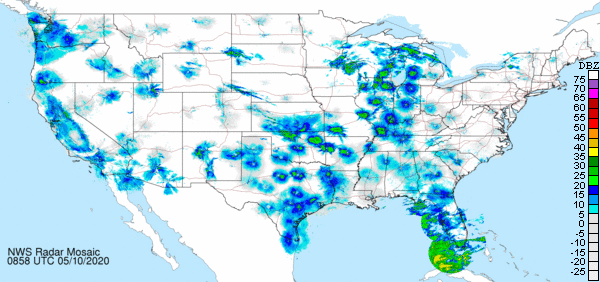

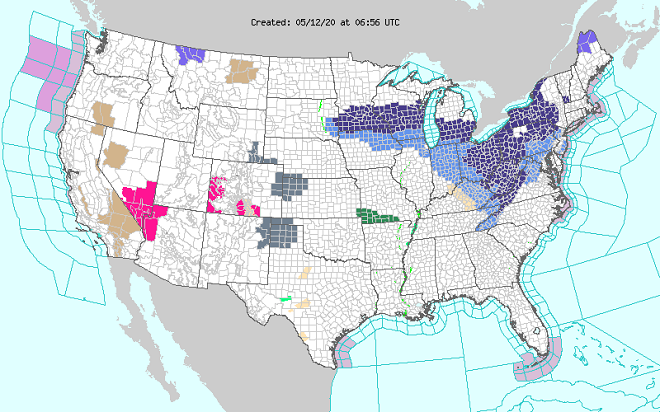
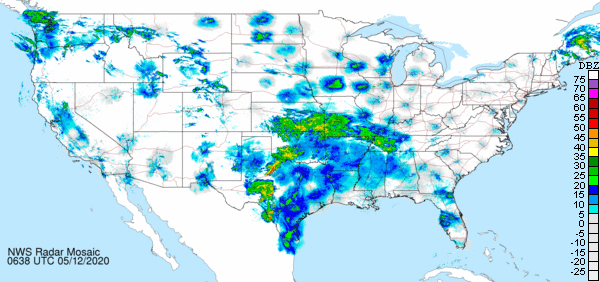
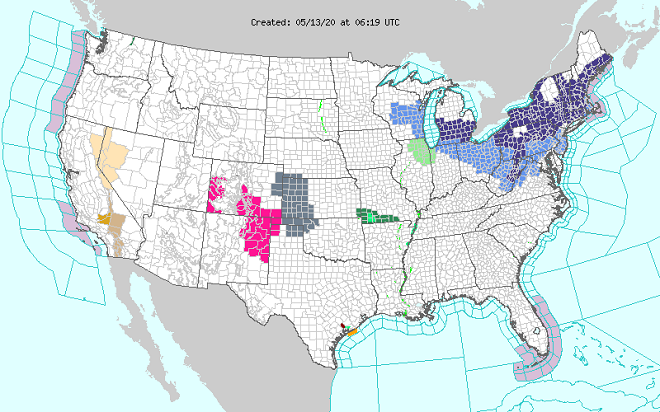
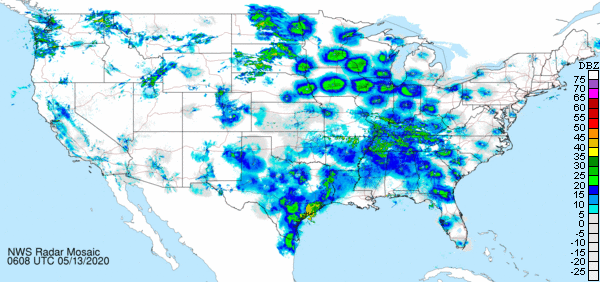
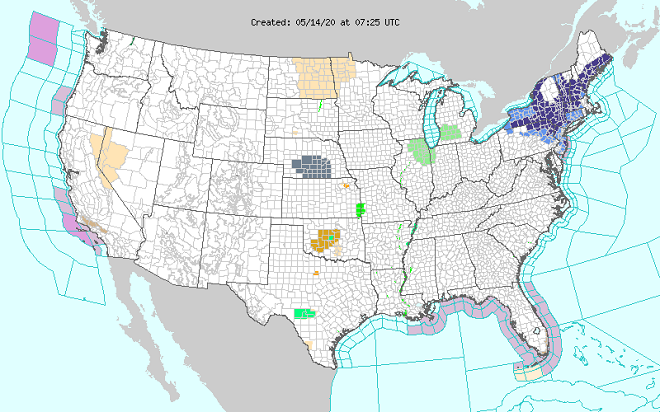

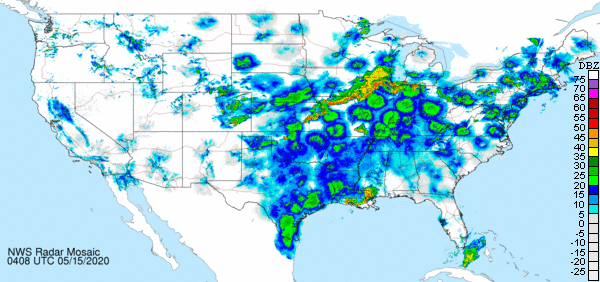
Today throughout the lower Susquehanna region, bird songs again fill the air and it seems to be mid-May as we remember it. The flights have resumed.
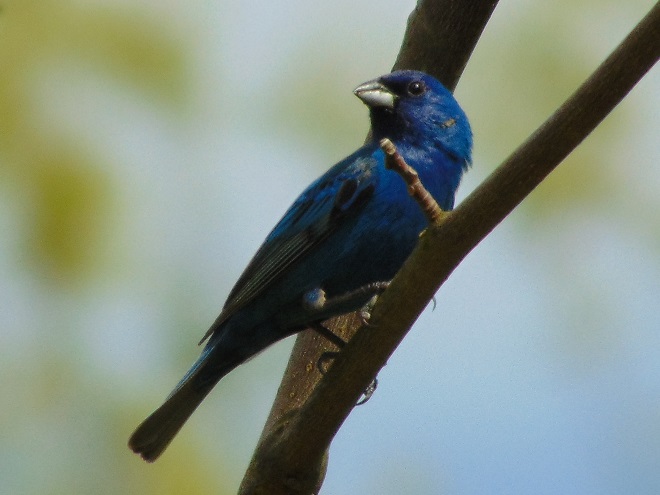

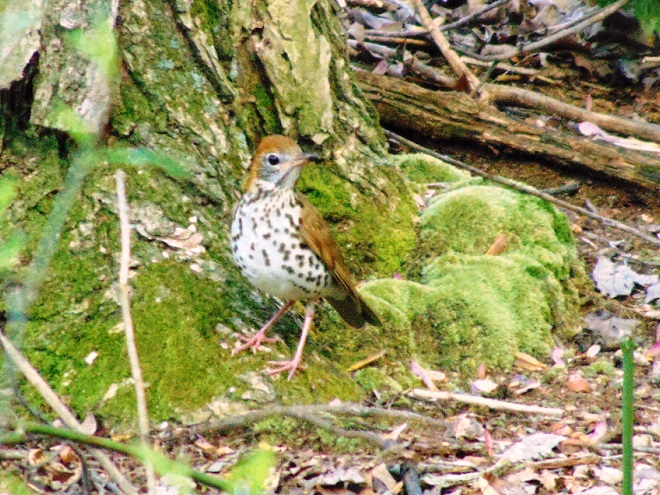
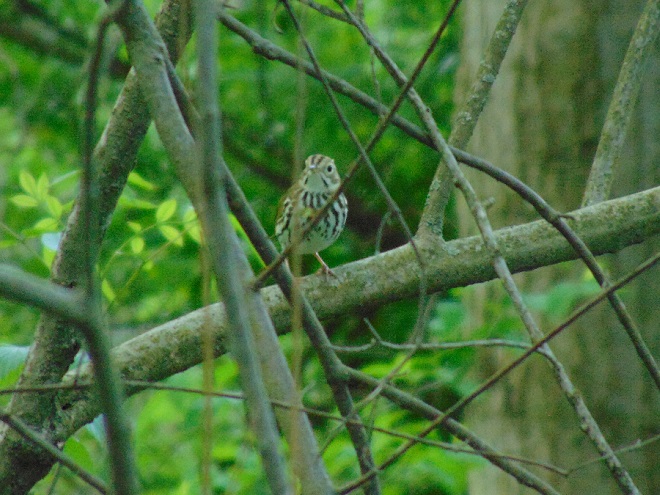
Some of the newest mothers in the lower Susquehanna valley—nurturing their young.
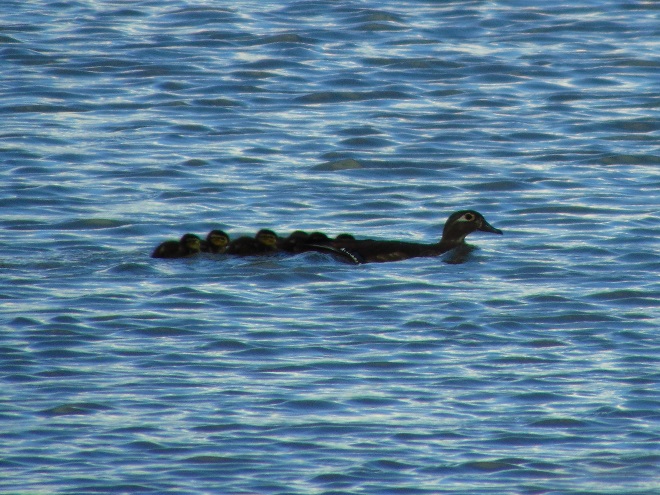

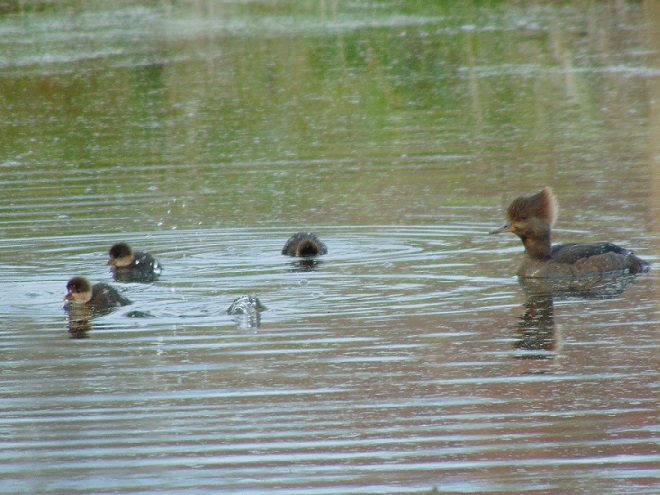
And a soon-to-be mother making the necessary preparations to bring a new generation into the world.
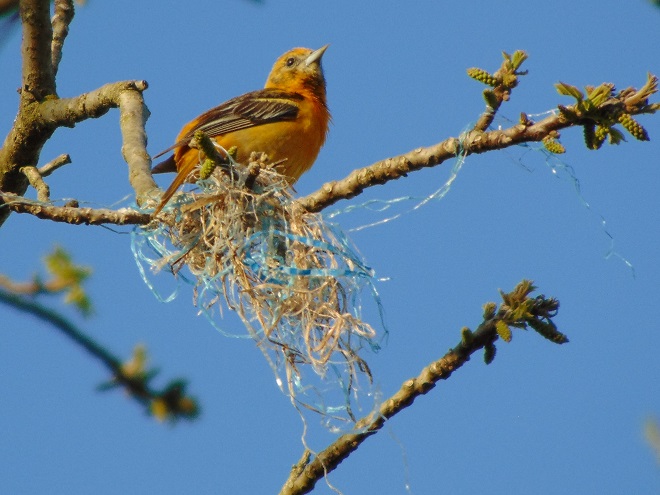
Have a Happy Mother’s Day!
You need to get outside and go for a walk. You’ll be sorry if you don’t. It’s prime time to see wildlife in all its glory. The songs and colors of spring are upon us!
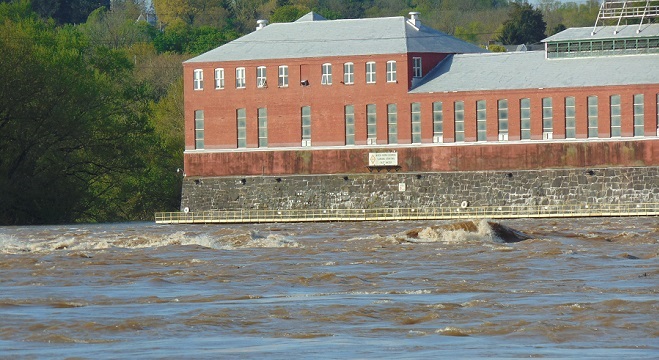

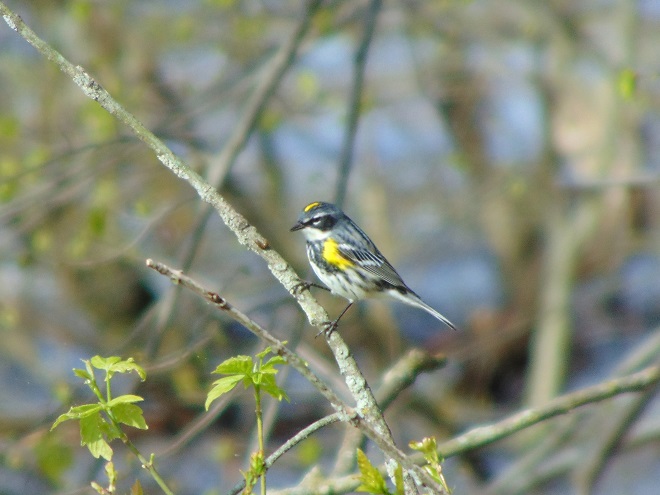
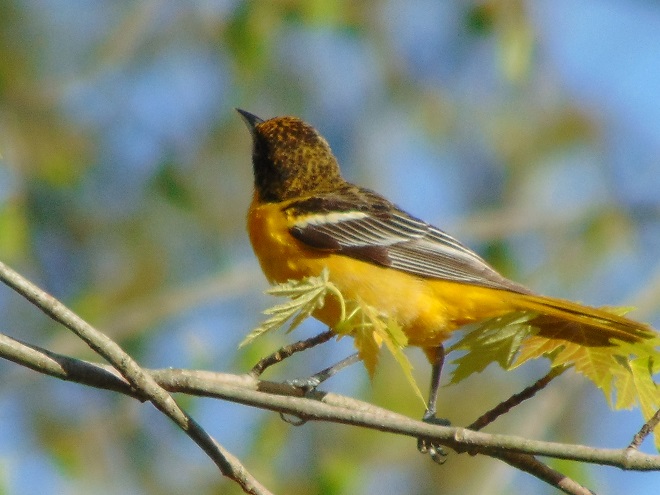
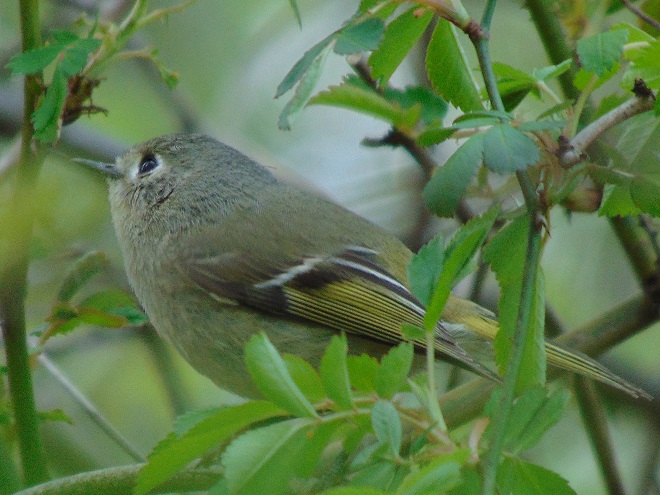
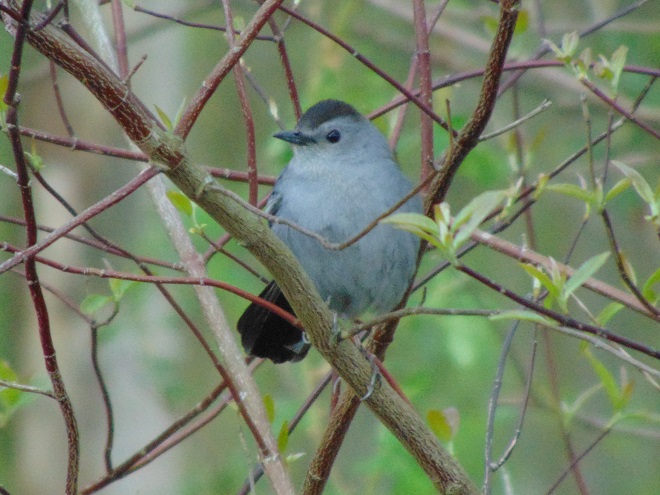
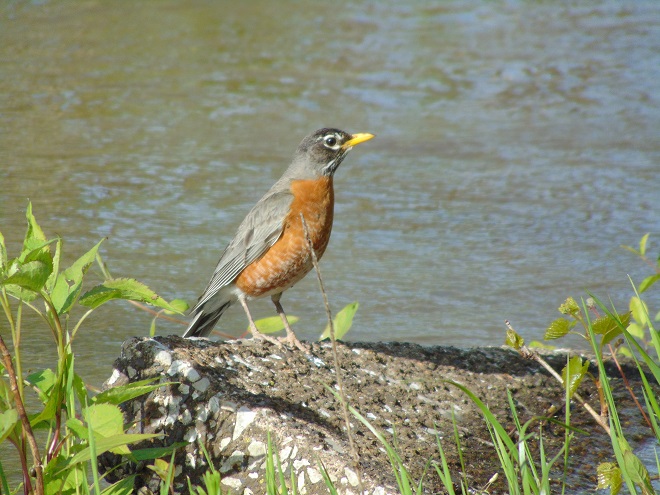
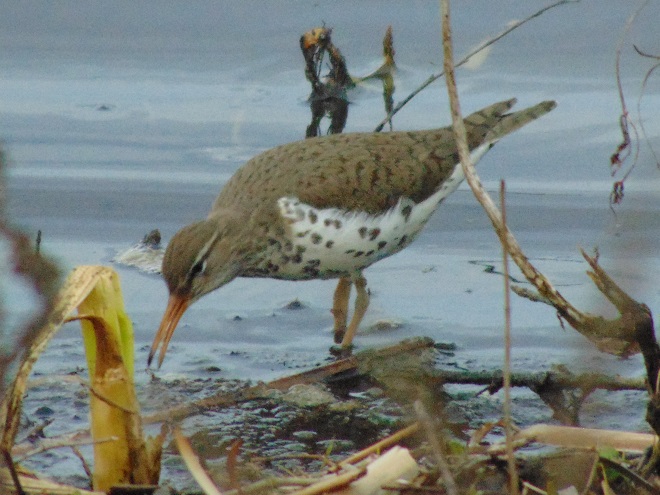
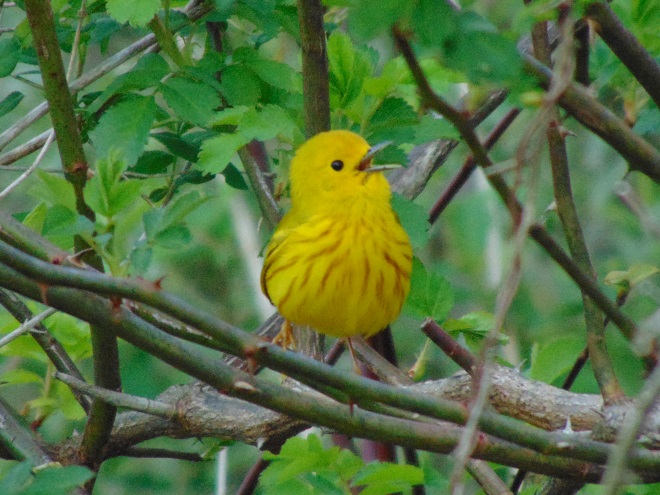
If you’re not up to a walk and you just want to go for a slow drive, why not take a trip to Middle Creek Wildlife Management Area and visit the managed grasslands on the north side of the refuge. To those of us over fifty, it’s a reminder of how Susquehanna valley farmlands were before the advent of high-intensity agriculture. Take a look at the birds found there right now.

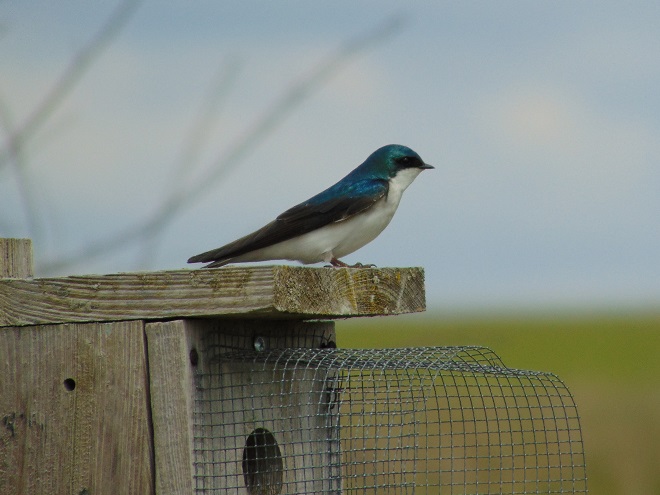

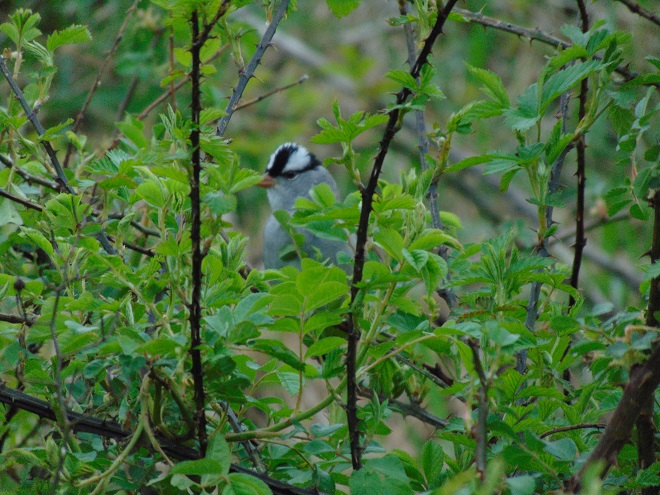
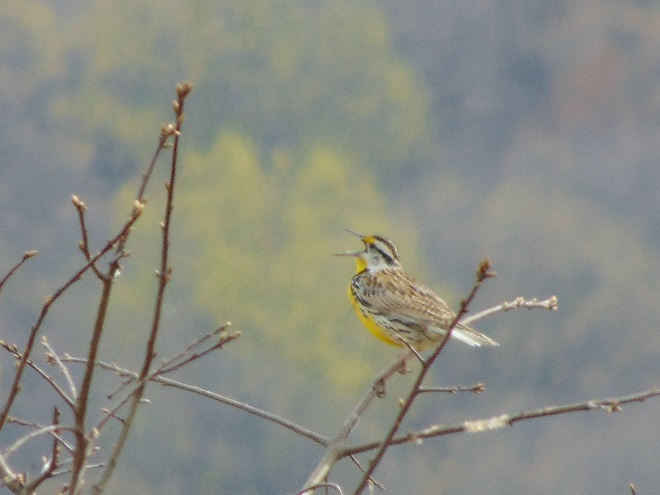

And remember, if you happen to own land and aren’t growing crops on it, put it to good use. Mow less, live more. Mow less, more lives.
And now, a few words from the old watersnake who happens to live down along the creek where last spring’s Earth Day events were held.

Hey! You! Yeah You! I heard that there won’t be an Earth Day celebration down here this week. What a ssshame!
Remember how much fun we had last year. All those kids ssscrambling down along the creek bank throwing ssstones and ssscreaming and yelling like they’re gonna sssack a city. I ssshould have had the sssense to ssslither away. But no, I just curled up and played it cool. But sssure enough, one of the little brats found me and bellowed out loud enough for the whole countryside to hear, “SSSNAAAAKE!”
Ah nuts. That’s all it took. Here they come. Poking me with a ssstick. Taunting and ssstabbing. Don’t you know that hurts? What did I ever do to you, you rotten little apes? I’m telling ya, I get no respect.
Think that’s bad? It got worse. Don’t you remember? After a dozen of the runny-nosed monsters had me sssurrounded, one of the brain-dead adults yelled, “…it might be poisonous!”
That’s all it took. The ssstones got hurled my way and the poking with a ssstick became beatings. Those rats tried to kill me! On Earth Day! I ssslid into deep water and barely escaped with my life.
Now I want to tell you a few things—let’s get ’em ssstraight right now. I’m not, nor is any other watersnake in the SSSusquehanna valley, poisonous. Ssso don’t go villainizing me and those like me just because you have a monkey-like fear of us and need a sssocially acceptable reason to exercise your murderous instincts. Yeah, we know all about your manly tall tales of conquest that you ssshamelessly tell your friends and family after you kill a sssnake. Wanna be a hero? Then leave us alone! We and all of the native sssnakes of the SSSusquehanna valley, including the venomous copperheads and Timber Rattlesnakes, are minding our own business and just want to be left alone. Get it? Leave us alone! Don’t beat us with a ssshovel, mow over us, drive your car or truck over us, or ssshoot us. We have it bad enough as it is. You already buggered up most of our homes building your roads, houses, and lawns you know—so have a little respect. And one more thing, we don’t want be part of your pet menagerie. There’s no way we’ll “love you” or want anything to do with you, even if you do imprison us and make us sssubmissive to you for food, you sssick fascists. And that goes for you obsessive collector types too. We know you’re hoarding animals like us and calling your cruel little pet penitentiary a “rescue”. Yeah, we’re wise to that con too.
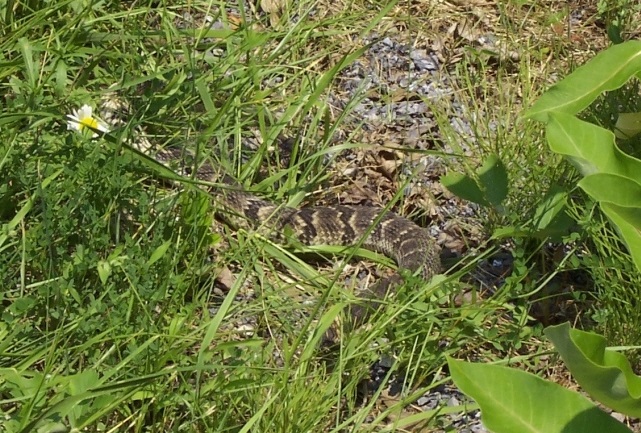
Ssso we’ve heard you won’t be coming down to the creek to terrorize us this year. No Earth Day event, huh. Well good, because I can’t take another Earth Day. Let the sssquirrels and the birds plant the trees, they do a better job than you anyway. Ssstay at home where you belong—watching television or twit-facing your B.F.F. on that magic box you carry around. And if you absolutely feel the urge to be upset by a sssnake in your midst, go visit that neighbor with the “reptile rescue”, I’m sssure he has a cobra or some other non-native sssnake in his collection that really ought to give you worry—especially when it finally escapes that prison.
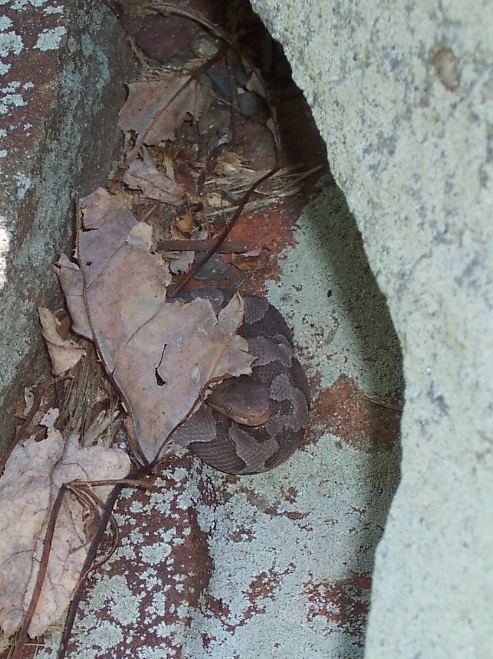
For those of you who dare to shed that filthy contaminated rag you’ve been told to breathe through so that you might instead get out and enjoy some clean air in a cherished place of solitude, here’s what’s around—go have a look.
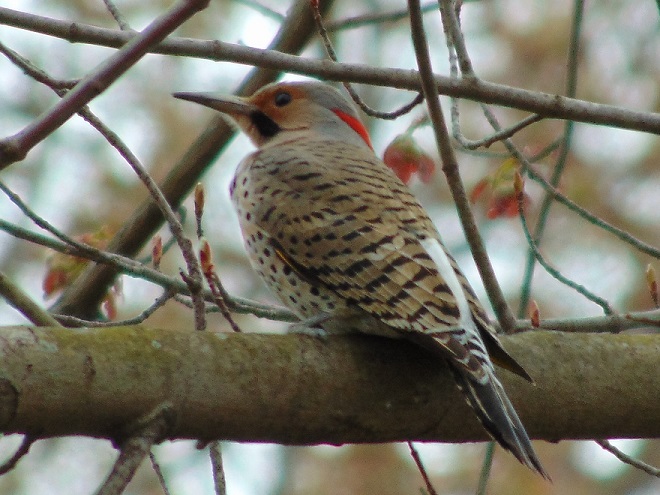
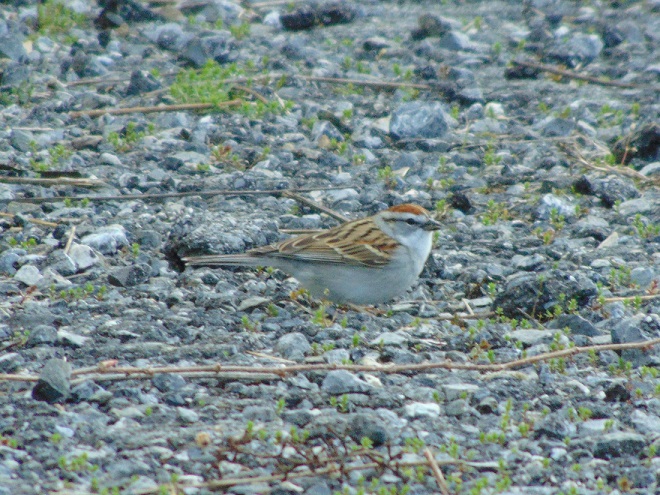
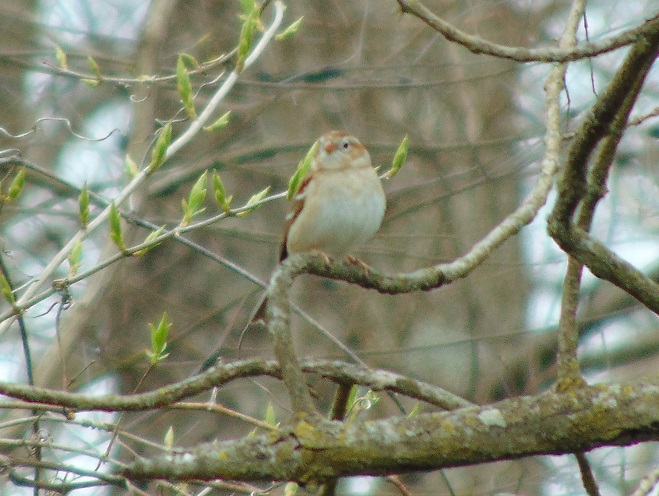
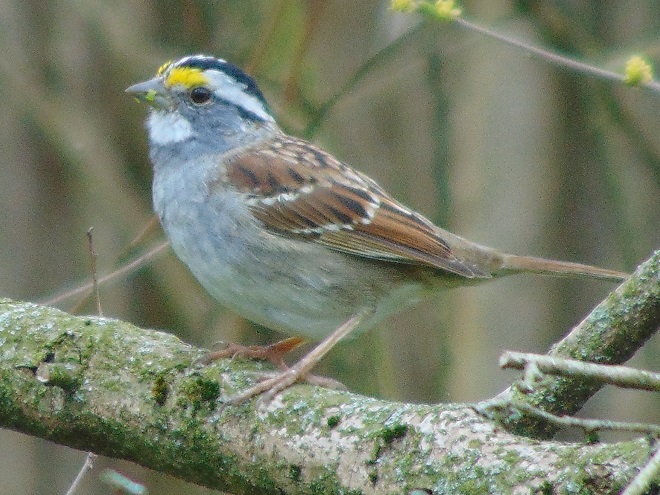

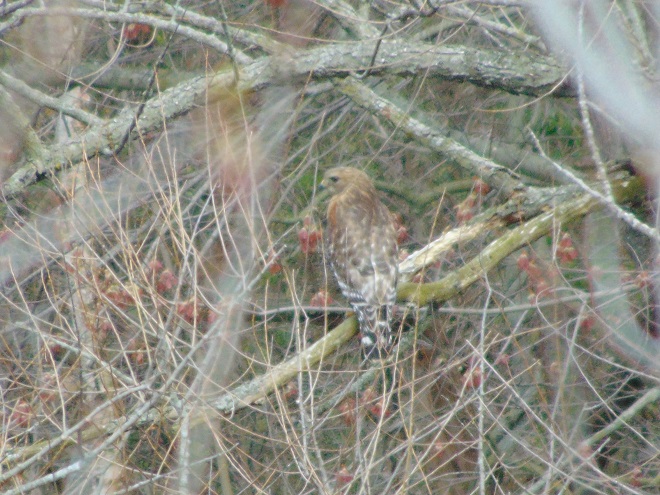
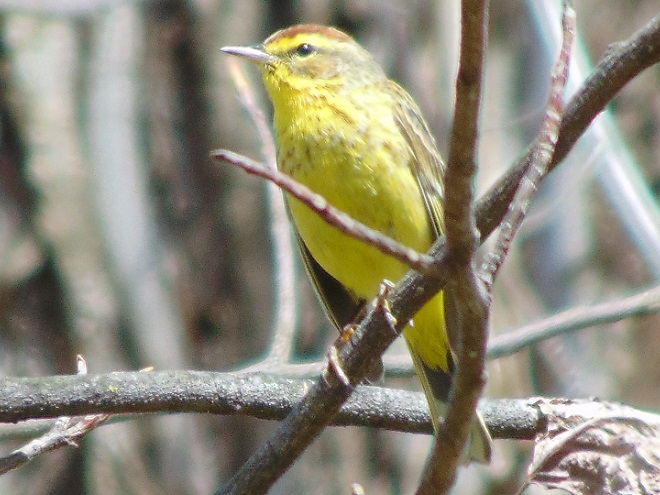
The springtime show on the water continues…
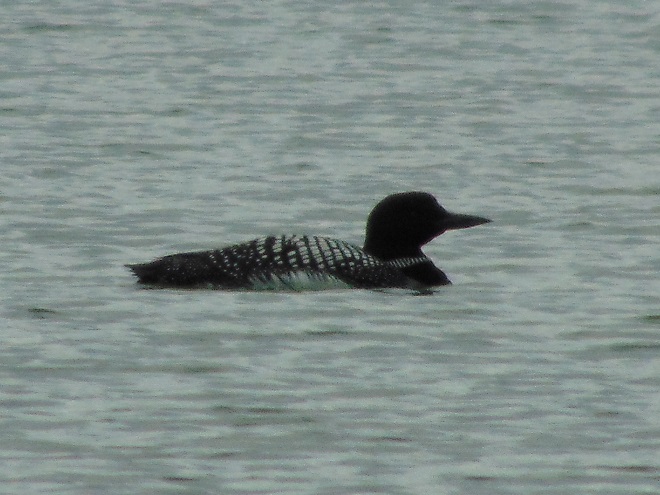
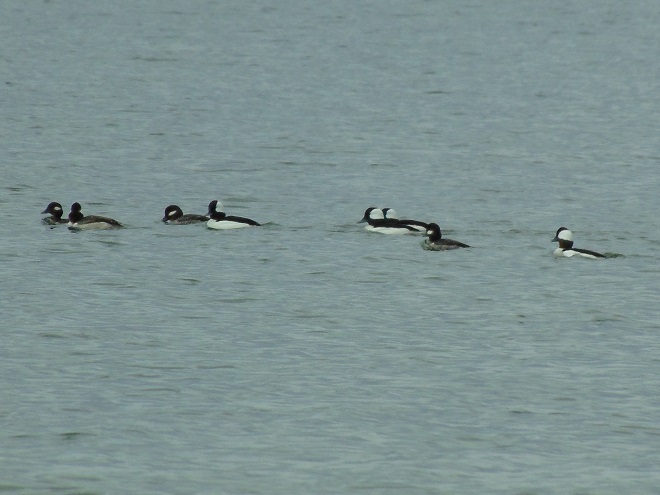
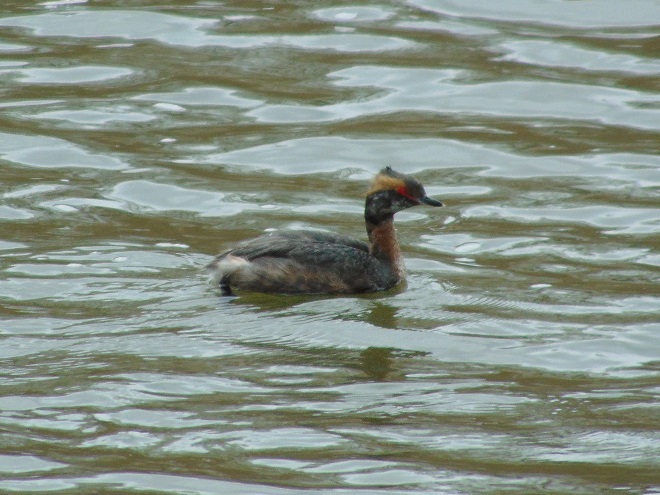
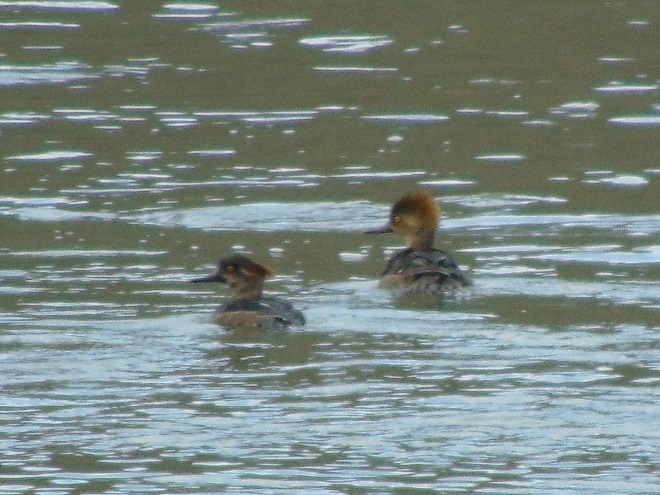
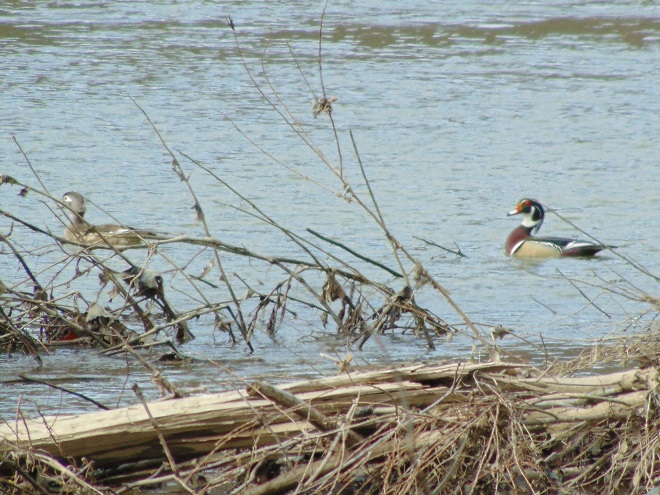
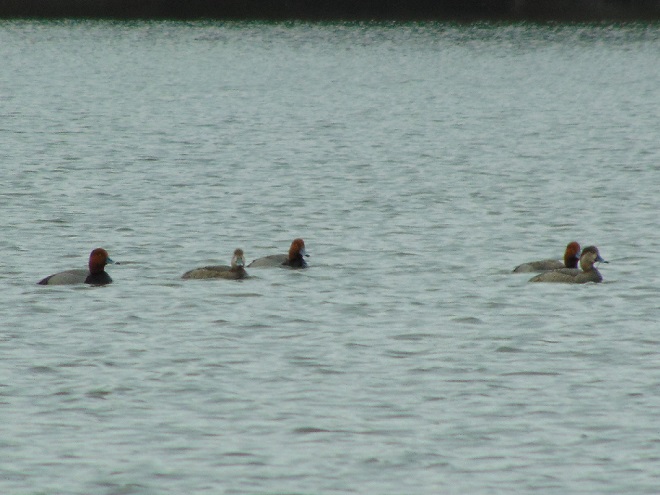

Hey, what are those showy flowers?

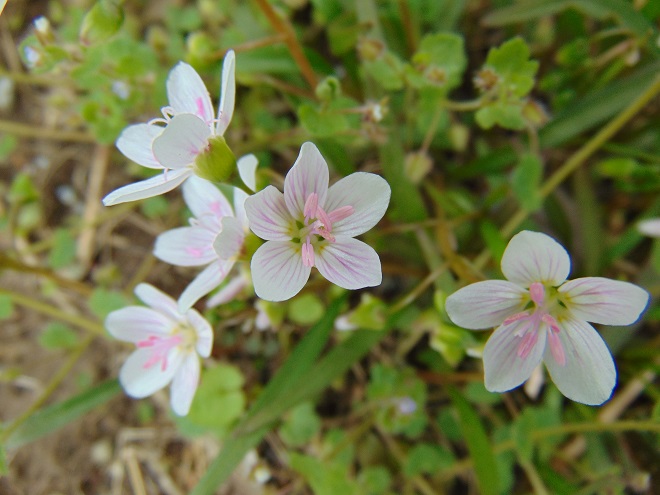
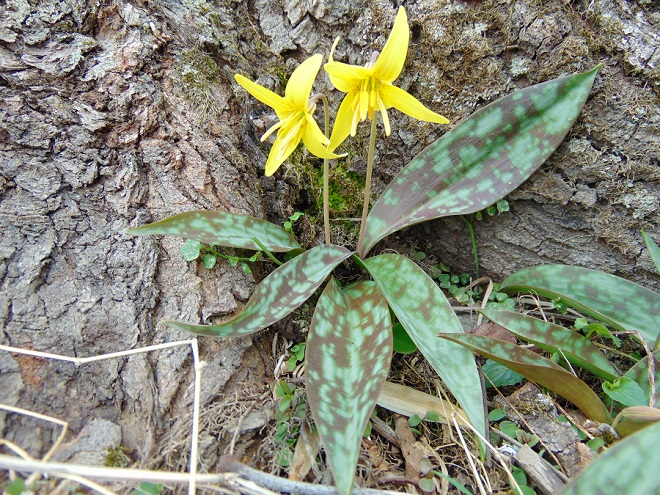
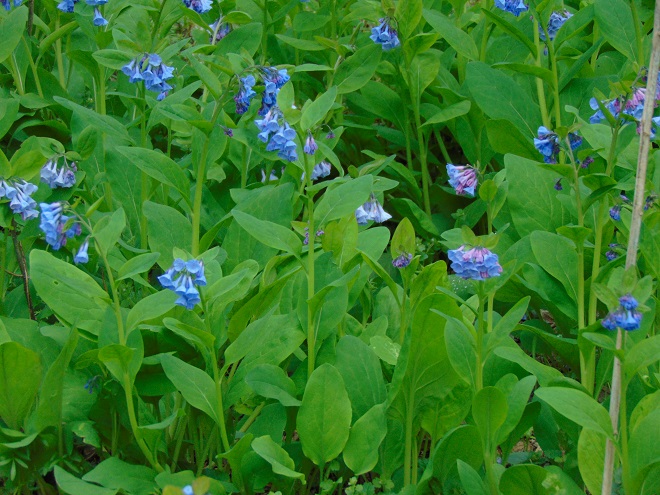
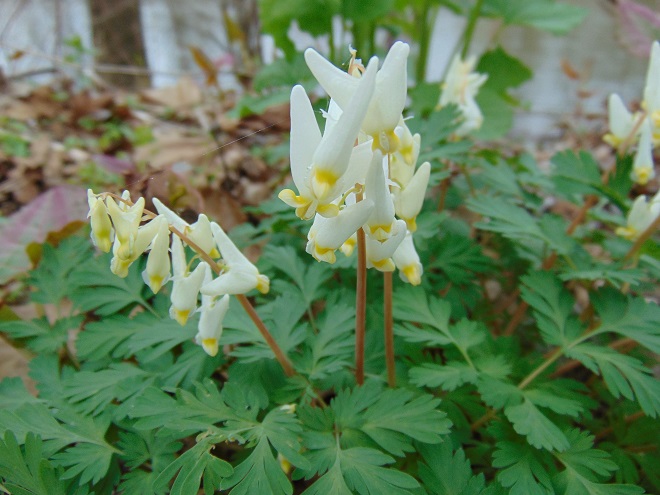
Wasn’t that refreshing? Now go take a walk.
Fog and mist lingered throughout the day, as did the migratory water birds on the river and lakes in the lower Susquehanna valley. As a continuation of yesterday’s post on the fallout, here’s a photo tour of some of the sites where ducks, loons, grebes, and other birds have gathered.
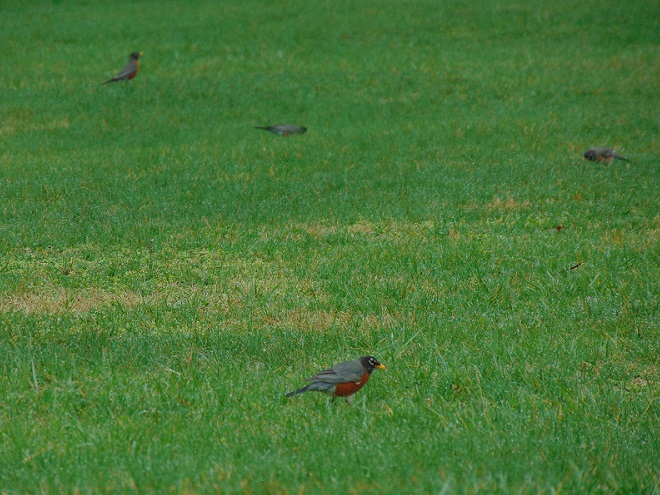
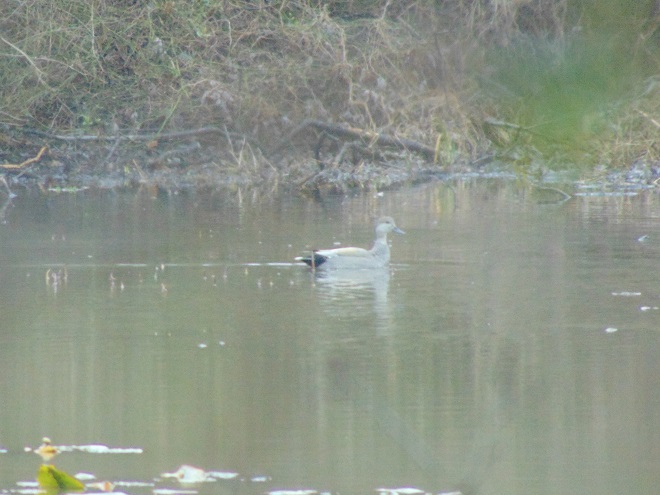
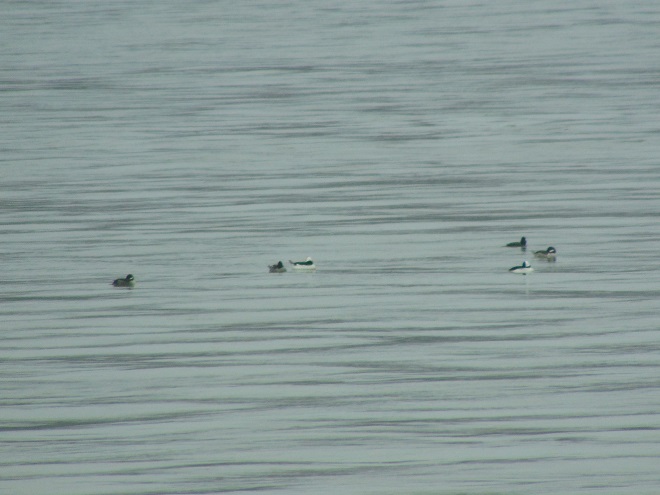
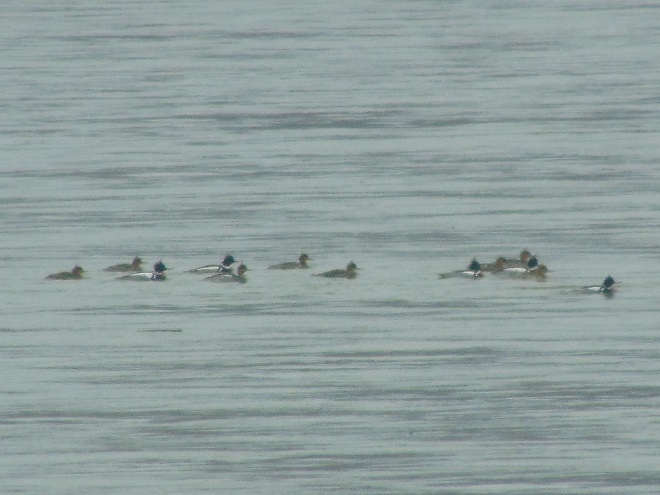
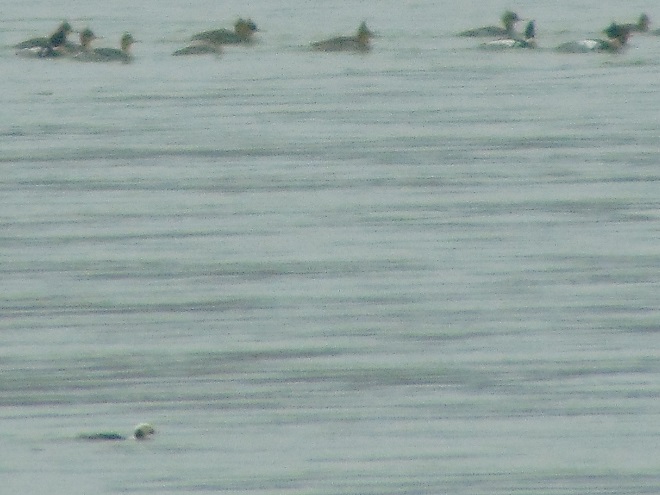
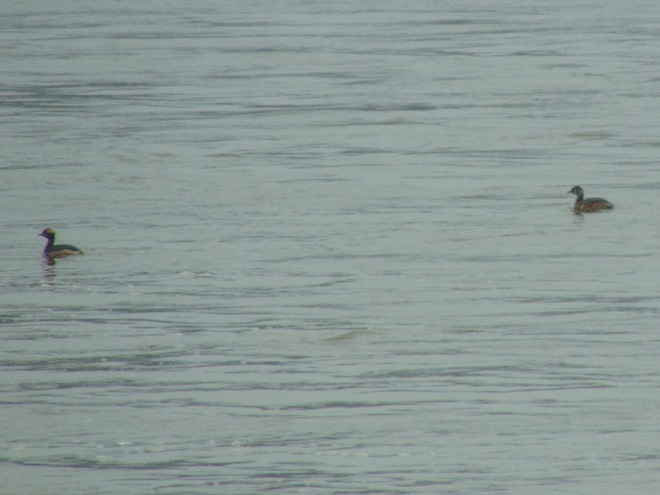
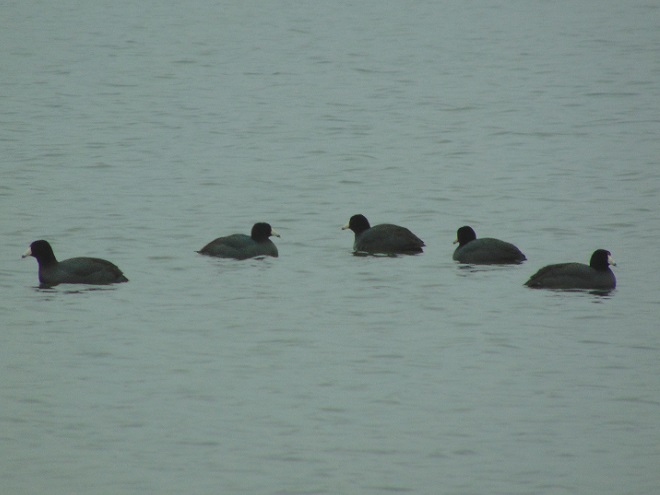
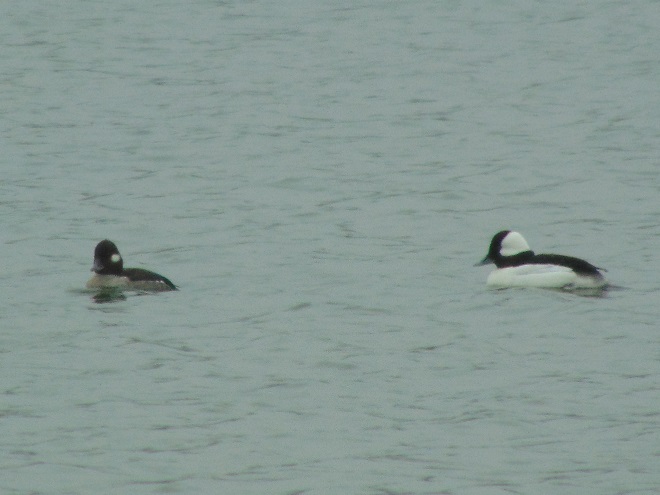
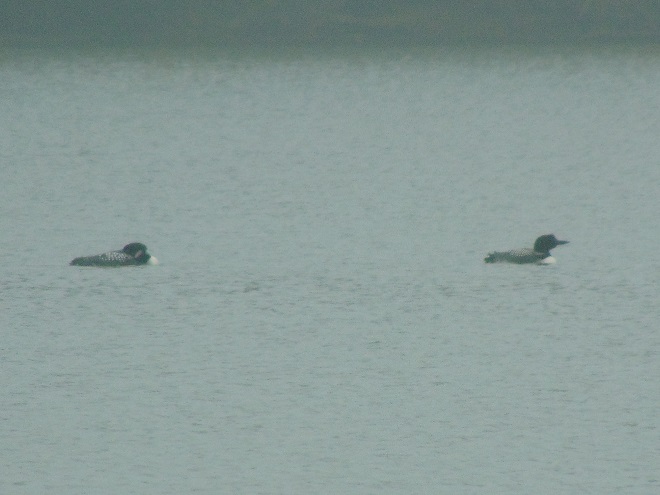

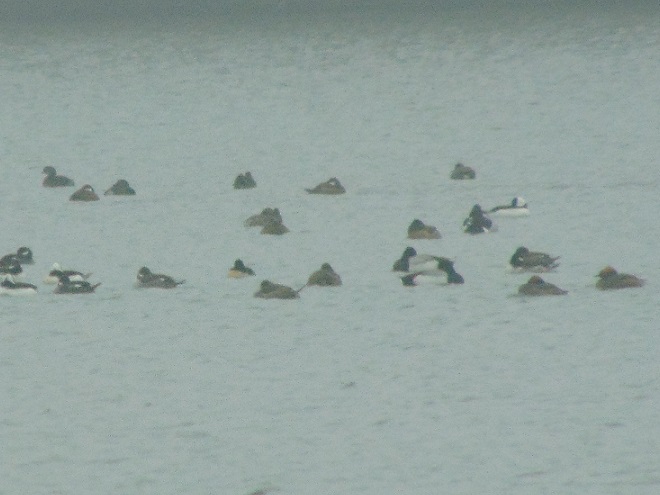
Stormy weather certainly is a birder’s delight.
Local birders enjoy going to the Atlantic coast of New Jersey and Delmarva in the winter. The towns and beaches host far fewer people than birds, and many of the species seen are unlikely to be found anywhere else in the region. Unusual rarities add to the excitement.
The regular seaside attraction in winter is the variety of diving ducks and similar water birds that feed in the ocean surf and in the saltwater bays. Most of these birds breed in Canada and many stealthily cross over the landmass of the northeastern United States during their migrations. If an inland birder wants to see these coastal specialties, a trip to the shore in winter or a much longer journey to Canada in the summer is normally necessary—unless there is a fallout.
Migrating birds can show up in strange places when a storm interrupts their flight. Forest songbirds like thrushes and warblers frequently take temporary refuge in a wooded backyard or even in a city park when forced down by inclement weather. Loons have been found in shopping center parking lots after mistaking the wet asphalt for a lake. Fortunately though, loons, ducks, and other water birds usually find suitable ponds, lakes, and rivers as places of refuge when forced down. For inland birders, a fallout like this can provide an opportunity to observe these coastal species close to home.
Not so coincidentally, it has rained throughout much of today in the Lower Susquehanna River Watershed, apparently interrupting a large movement of migrating birds. There is, at the time of this writing, a significant fallout of coastal water birds here. Hundreds of diving ducks and other benthic feeders are on the Susquehanna River and on some of the clearer lakes and ponds in the region. They can be expected to remain until the storm passes and visibility improves—then they’ll promptly commence their exodus.
The following photographs were taken during today’s late afternoon thundershower at Memorial Lake State Park at Fort Indiantown Gap, Lebanon County.
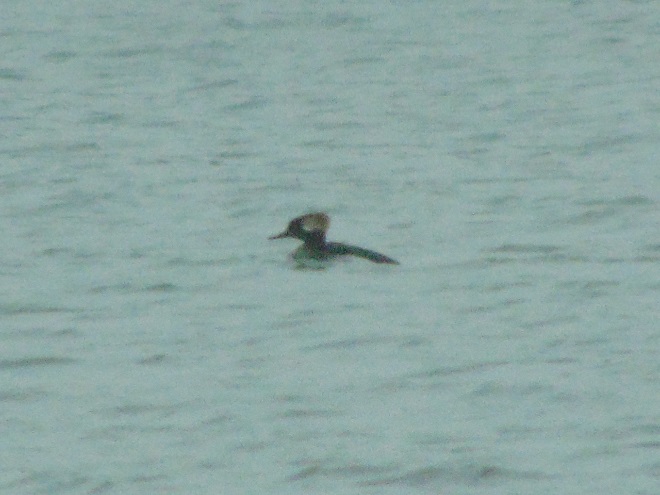
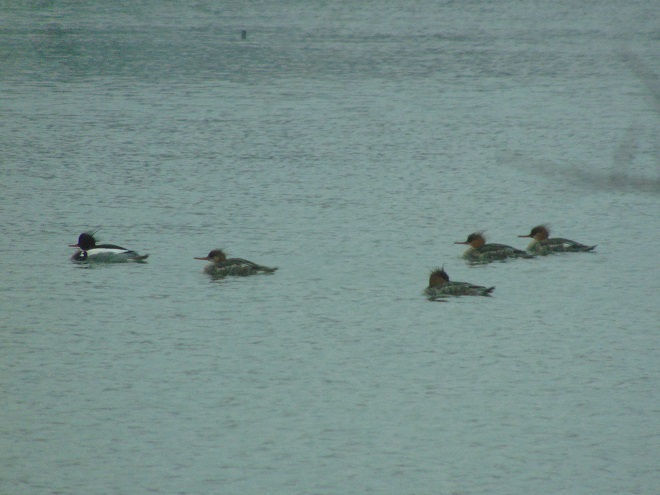
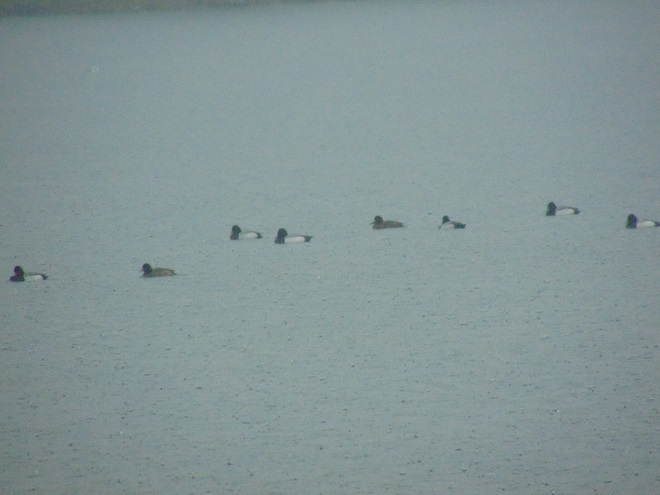

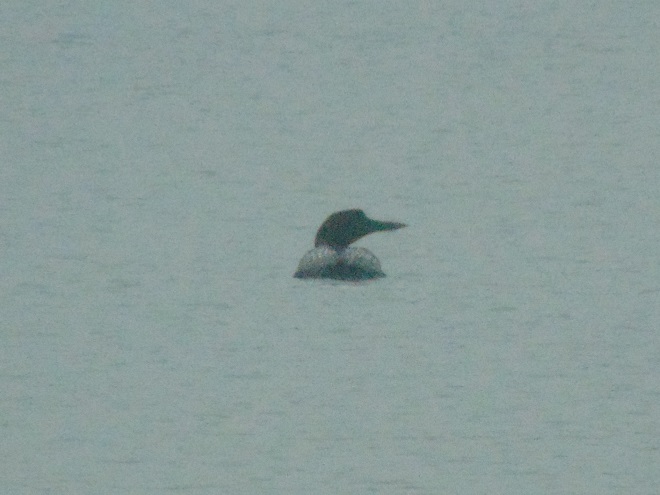
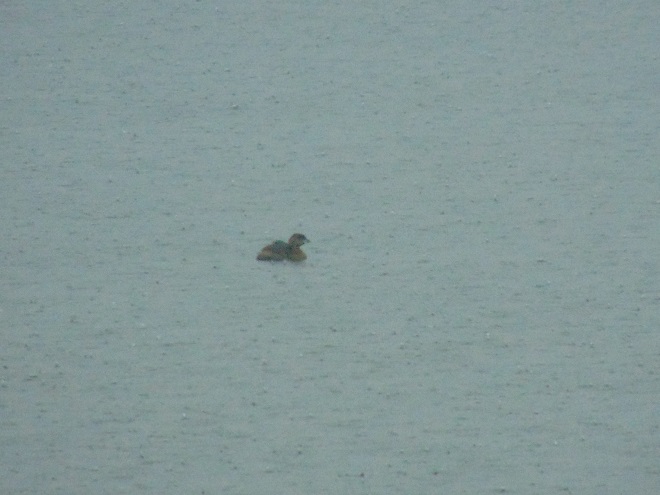
Migrating land birds have also been forced down by the persistent rains.
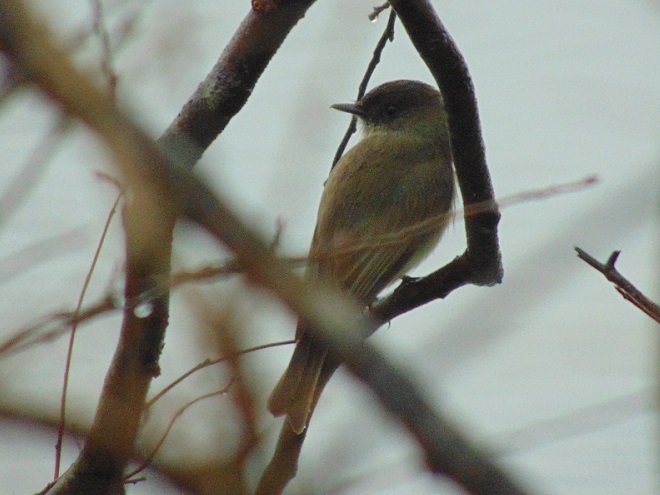
Why not get out and take a slow quiet walk on a rainy day. It may be the best time of all for viewing certain birds and other wildlife.
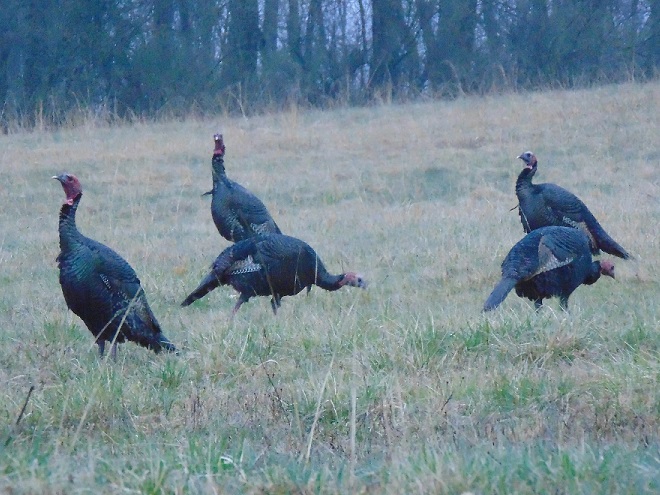

The mild winter has apparently minimized weather-related mortality for the local Green Frog population. With temperatures in the seventies throughout the lower Susquehanna valley for this first full day of spring, many recently emerged adults could be seen and, on occasion, heard. Yellow-throated males tested their mating calls—reminding the listener of the sound made by the plucking of a loose banjo string.
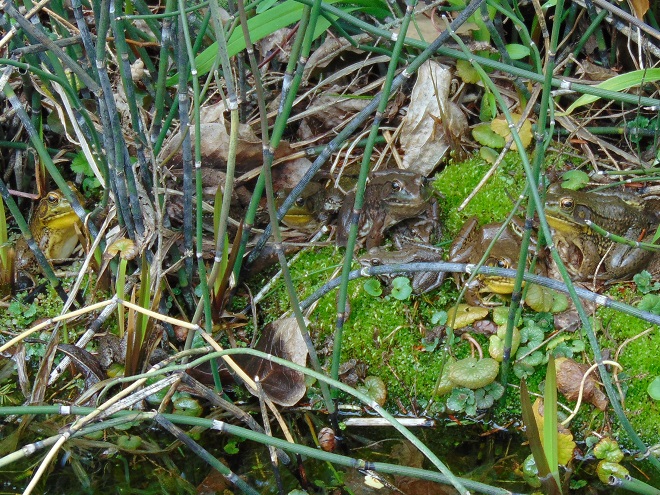
If you venture out, keep alert for the migrating birds of late winter and early spring.
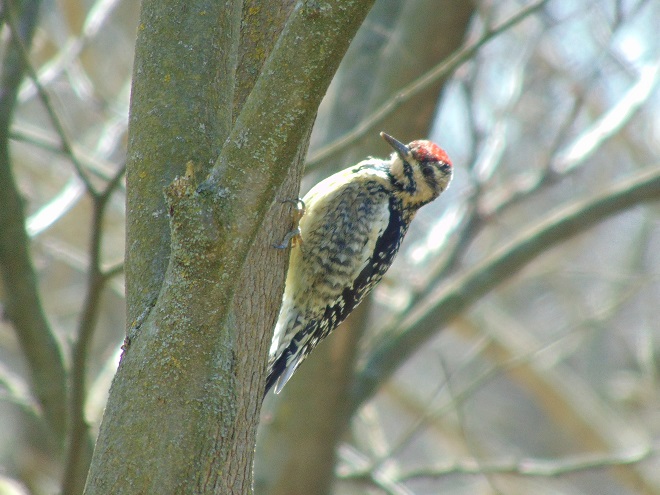
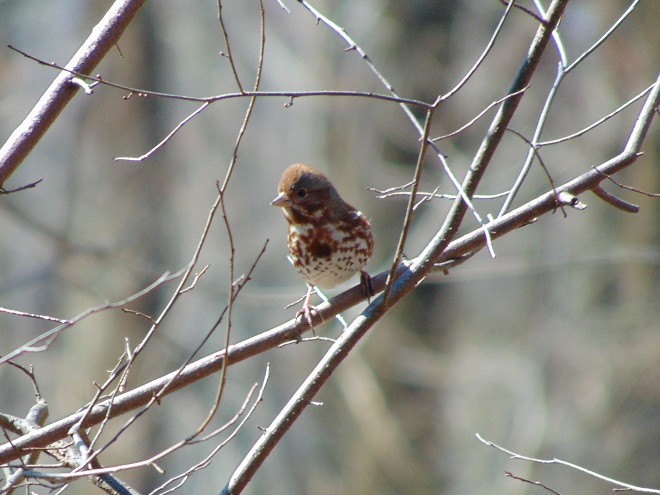
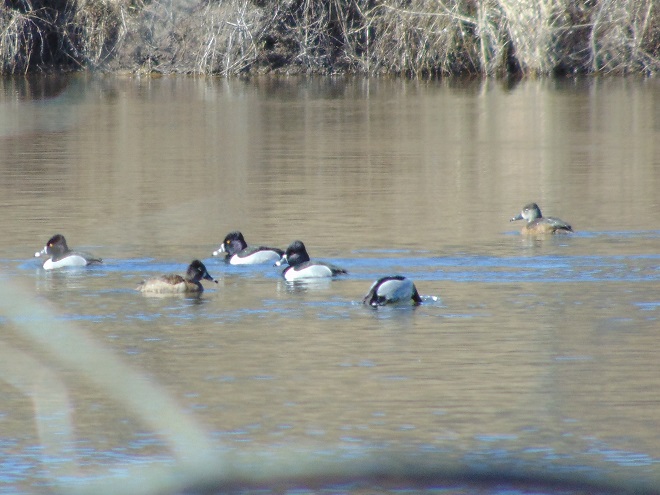
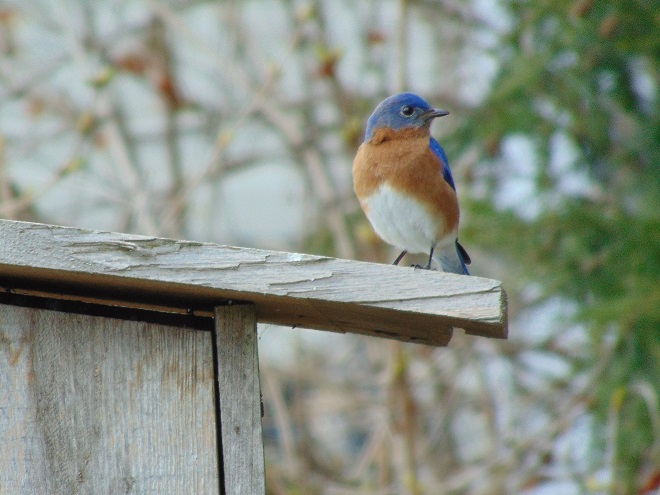
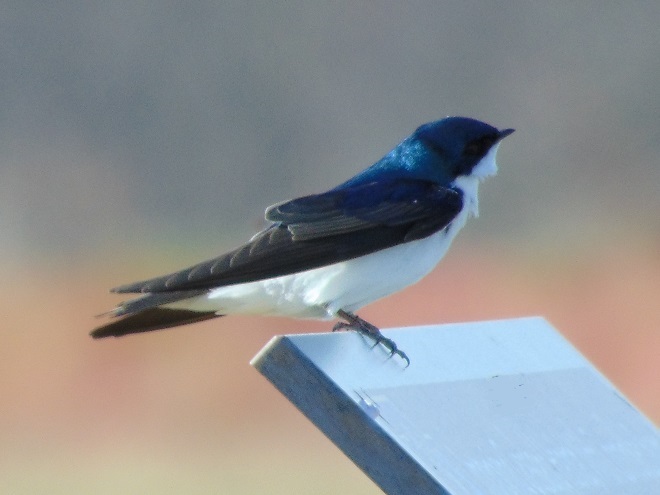
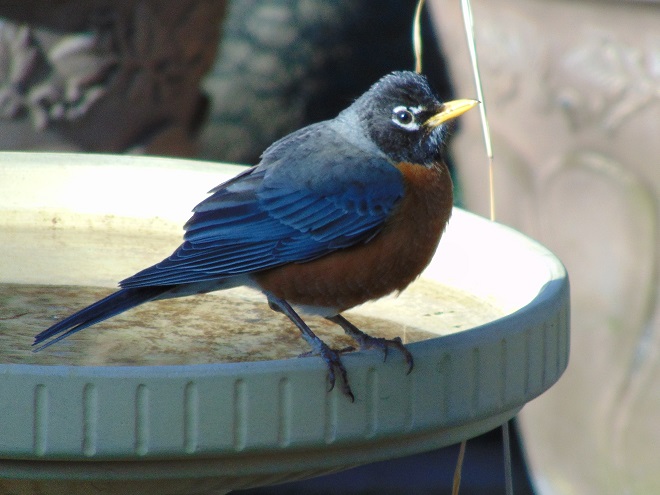
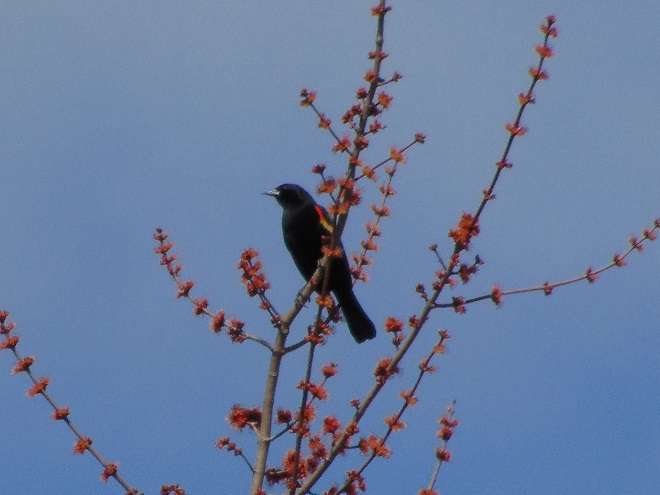
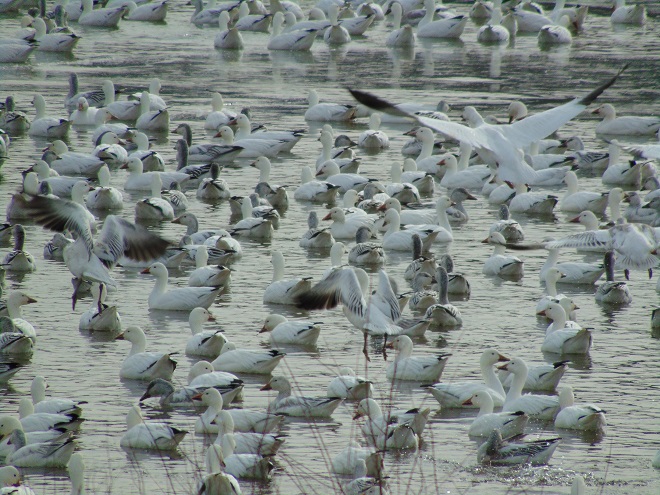
If you’re staying close to home, be sure to check out the changing appearance of the birds you see nearby. Some species are losing their drab winter basic plumage and attaining a more colorful summer breeding alternate plumage.
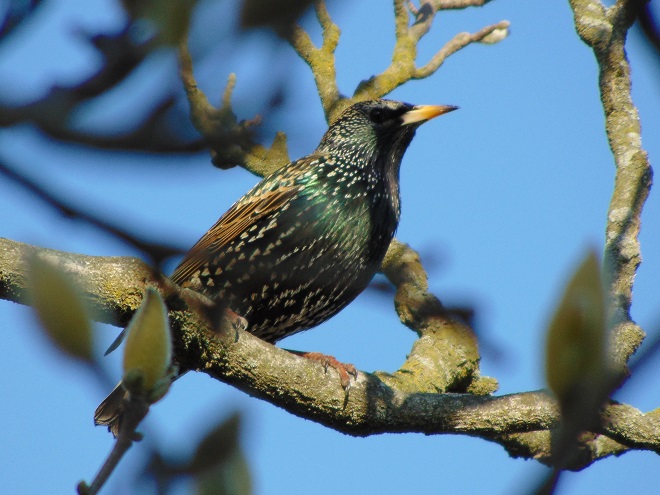
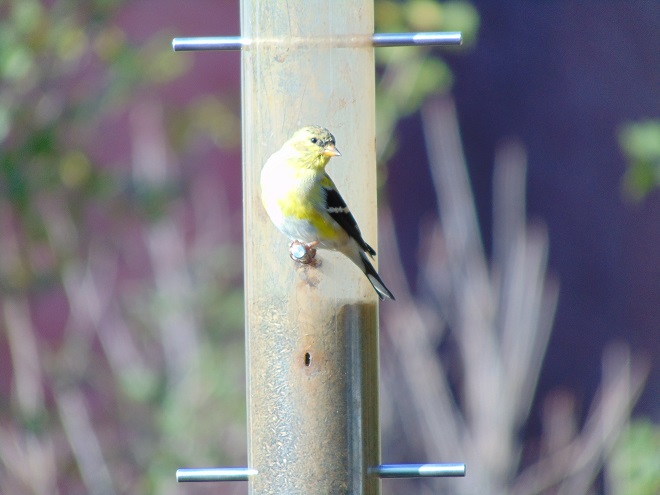
So just how many Green Frogs were there in that first photograph? Here’s the answer.
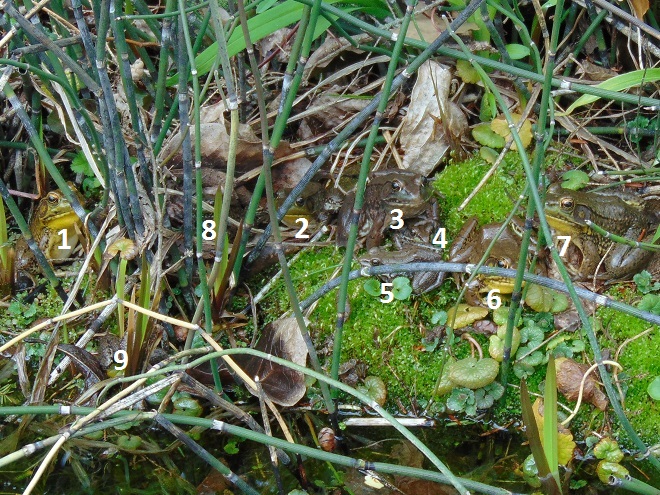
Happy Spring. For the benefit of everyone’s health, let’s hope that it’s a hot and humid one!
According to the most recent Pennsylvania Game Commission estimate, there are presently more than 100,000 Snow Geese at the Middle Creek Wildlife Management Area (W.M.A.) in Lancaster and Lebanon Counties. It’s a spectacular sight.

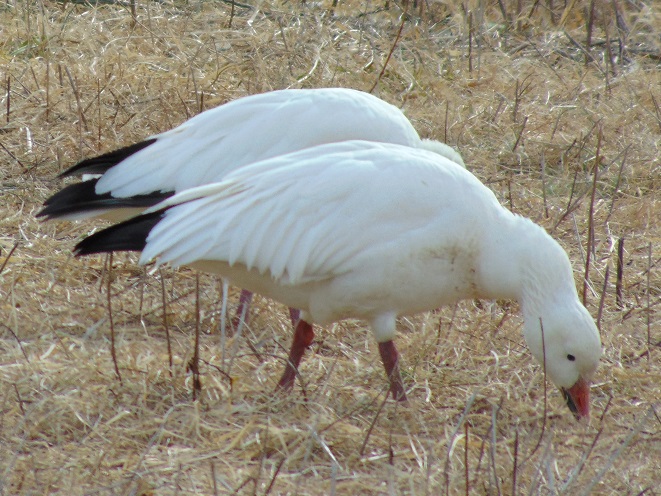
If you go to see these and other birds at Middle Creek, it’s important to remember that you are visiting them in a “wildlife refuge” set aside for, believe it or not, wildlife. “Wildlife refuge”, many would be surprised to learn, is short for “terrestrial or aquatic habitat where wildlife can find refuge and protection from all the meddlesome and murderous things people do”.
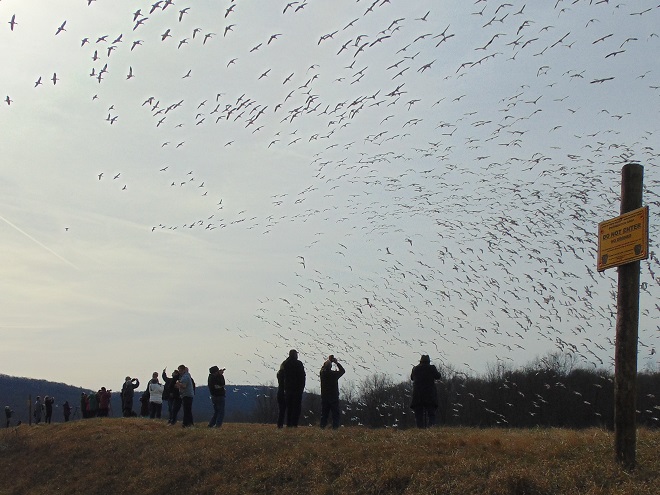
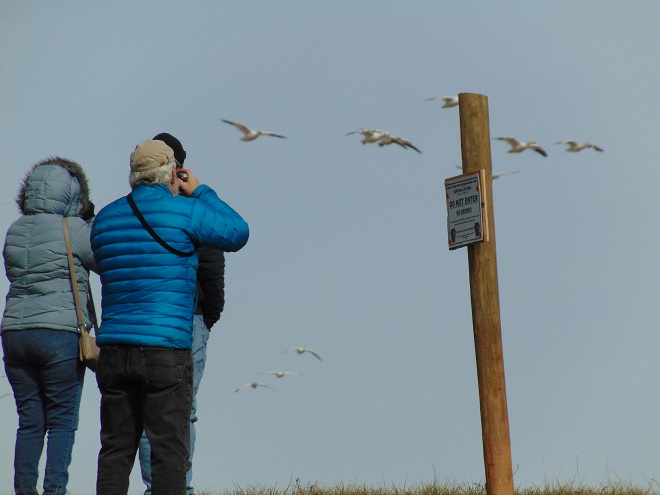
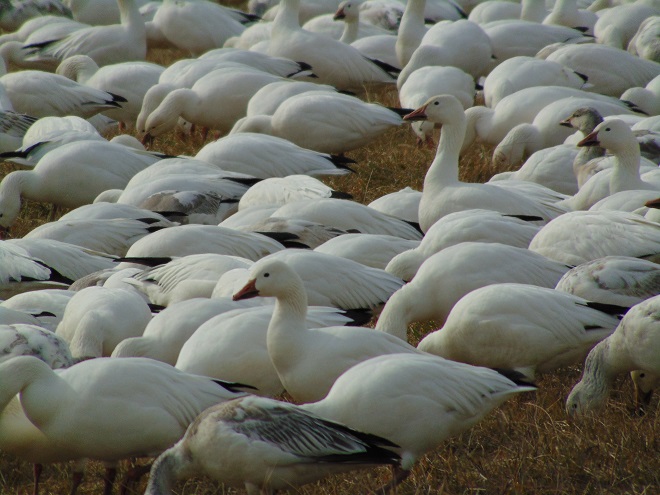
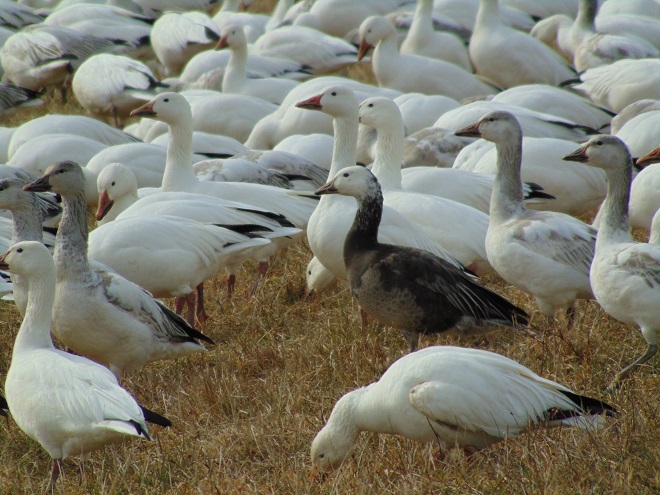
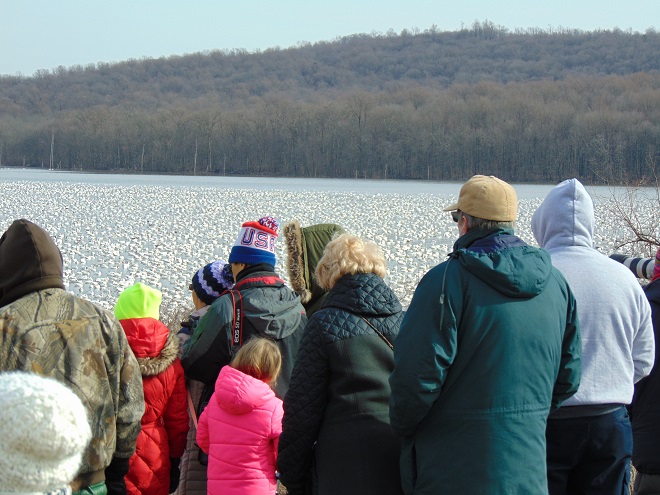
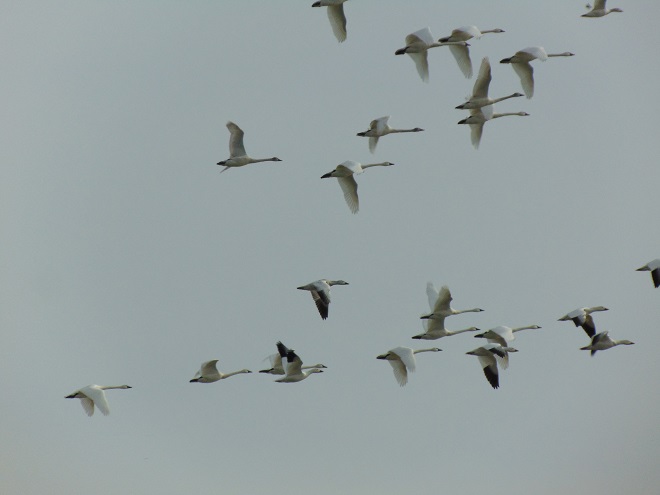
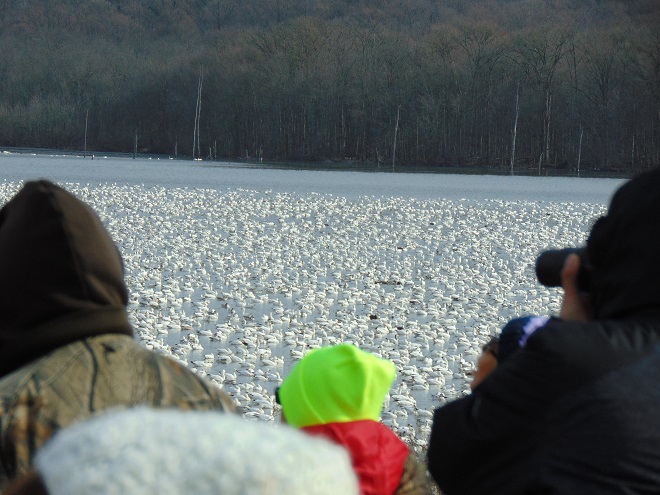

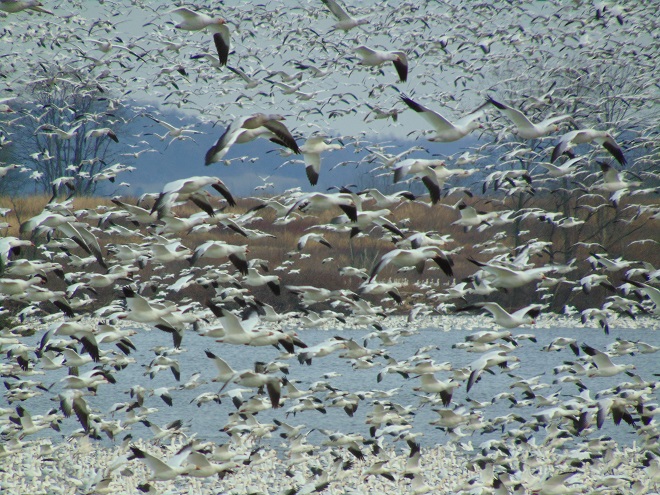
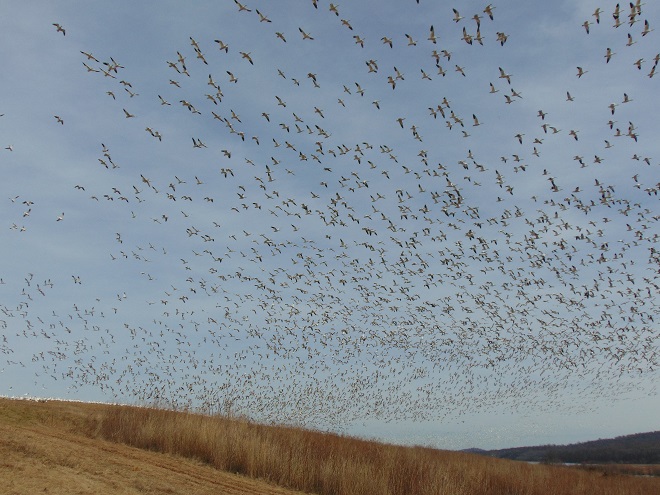
Nothing says Happy Valentine’s Day like a really bad poem, so here it is…
FOR THE LOVE OF DUCKS
I like to feed the duckies
Try it and you’ll see
Aren’t they really lucky?
Relying just on me
My neighbors are complainin’
I can hear them talk
The mallards eat their garden
Let surprises on their walk
Dung stains on the carpets
They tracked it in the house
It’s from those ducks and not the pets
Can’t blame it on the spouse
I like to feed the duckies
Try it and you’ll see
Aren’t they really lucky?
Relying just on me
Tamed with bread and crackers
I gave them as a treat
I soon found maimed dead quackers
Lying in the street
A driver who intended
To miss the hens and drakes
Had their car rear-ended
When they hit the brakes
I like to feed the duckies
Try it and you’ll see
Aren’t they really lucky?
Relying just on me
The flock is very wasteful
Each bird a pound a day
Web-foots in a cesspool
Pollute the waterway
There are some kids playing
In that filthy ditch
Soon they’ll be displaying
The rash of Swimmer’s Itch
I like to feed the duckies
Try it and you’ll see
Aren’t they really lucky?
Relying just on me
These ducks they do not migrate
They’re here day in, day out
Aquatic life they decimate
No plants, no fish, no trout
Hurry! Hurry! Heed my call
Before it starts to rain
Ten more ducklings took a fall
And are stranded in a drain
I like to feed the duckies
Try it and you’ll see
Aren’t they really lucky?
Relying just on me
Have you people lost your minds?
I see you by your fence
These ducks are cute and I am kind
It’s you who’ve lost your sense
Beggars from the handouts
My God what have I done?
Their senseless habits leave no doubt
Their instincts are all gone
I like to feed the duckies
Try it and you’ll see
Aren’t they really lucky?
Relying just on me
Now I know just what to do
Like one would teach a child
I’ll feed the ducks at the zoo
And let the rest live wild
So if you feed the duckies
Beware of the spell
Or you will do the same as me
Loving ducks to death as well
—Ducks Anonymous, LLC
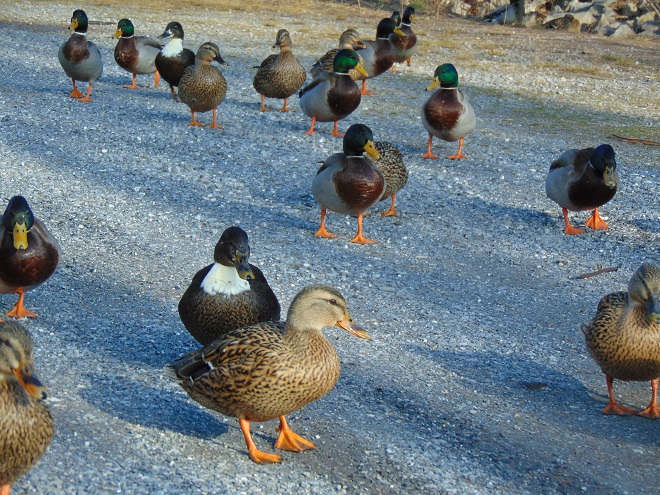
Inside the doorway that leads to your editor’s 3,500 square foot garden hangs a small chalkboard upon which he records the common names of the species of birds that are seen there—or from there—during the year. If he remembers to, he records the date when the species was first seen during that particular year. On New Year’s Day, the results from the freshly ended year are transcribed onto a sheet of notebook paper. On the reverse, the names of butterflies, mammals, and other animals that visited the garden are copied from a second chalkboard that hangs nearby. The piece of paper is then inserted into a folder to join those from previous New Year’s Days. The folder then gets placed back into the editor’s desk drawer beneath a circular saw blade and an old scratched up set of sunglasses—so that he knows exactly where to find it if he wishes to.
A quick glance at this year’s list calls to mind a few recollections.
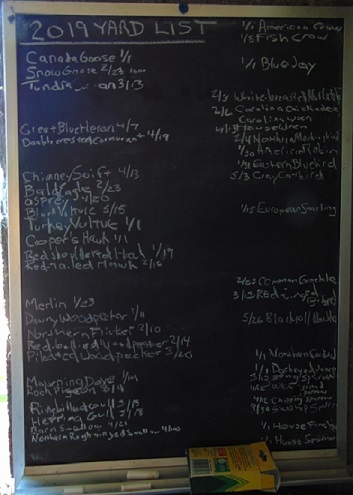
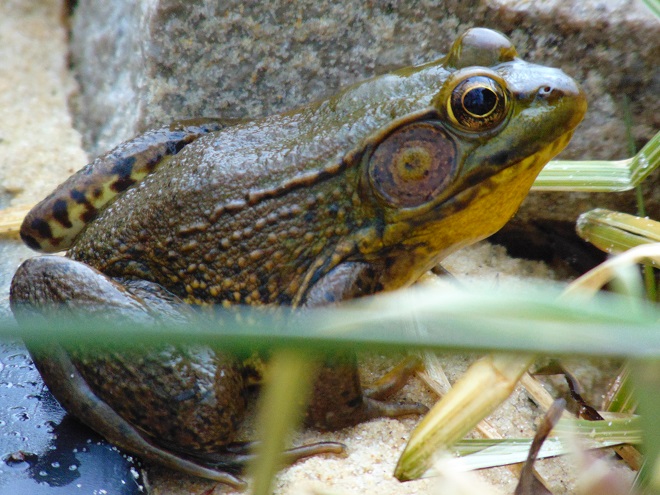
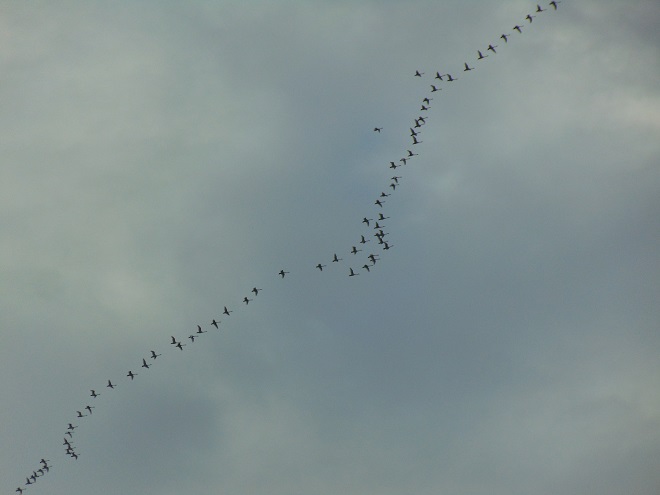
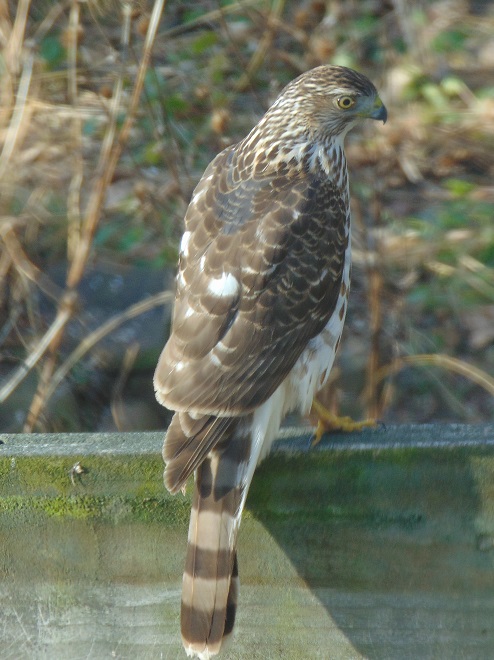
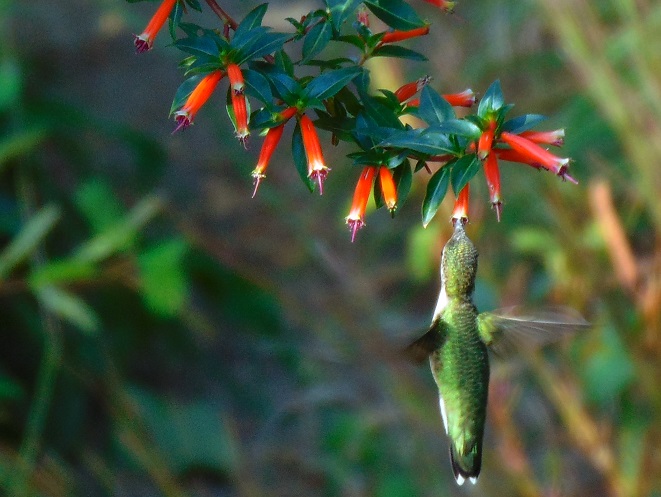
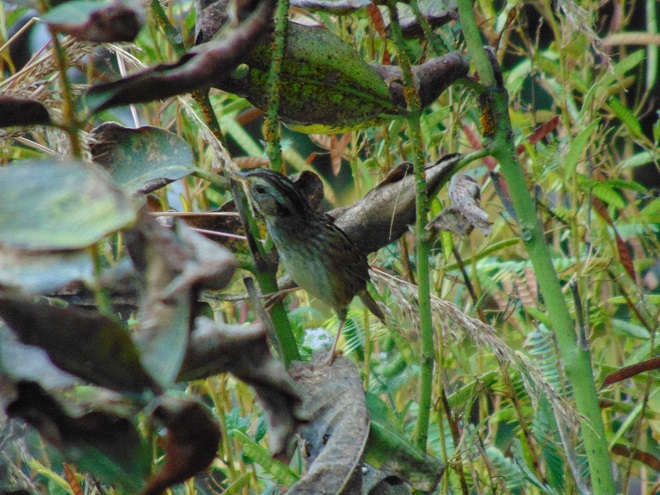
Before putting the folder back into the drawer for another year, the editor decided to count up the species totals on each of the sheets and load them into the chart maker in the computer.
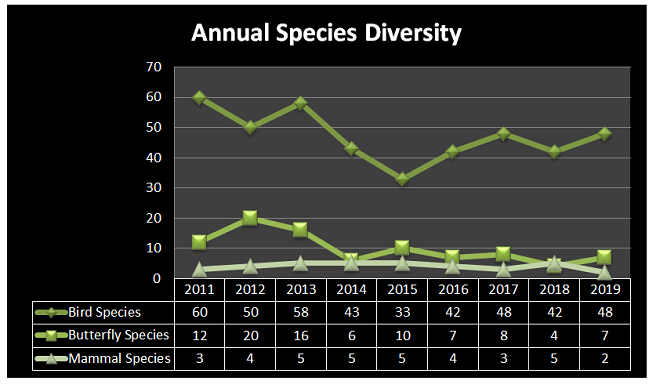 Despite the habitat improvements in the garden, the trend is apparent. Bird diversity has not cracked the 50 species mark in 6 years. Despite native host plants and nectar species in abundance, butterfly diversity has not exceeded 10 species in 6 years.
Despite the habitat improvements in the garden, the trend is apparent. Bird diversity has not cracked the 50 species mark in 6 years. Despite native host plants and nectar species in abundance, butterfly diversity has not exceeded 10 species in 6 years.
It appears that, at the very least, the garden habitat has been disconnected from the home ranges of many species by fragmentation. His little oasis is now isolated in a landscape that becomes increasingly hostile to native wildlife with each passing year. The paving of more parking areas, the elimination of trees, shrubs, and herbaceous growth from the large number of rental properties in the area, the alteration of the biology of the nearby stream by hand-fed domestic ducks, light pollution, and the outdoor use of pesticides have all contributed to the separation of the editor’s tiny sanctuary from the travel lanes and core habitats of many of the species that formerly visited, fed, or bred there. In 2019, migrants, particularly “fly-overs”, were nearly the only sightings aside from several woodpeckers, invasive House Sparrows (Passer domesticus), and hardy Mourning Doves. Even rascally European Starlings became sporadic in occurrence—imagine that! It was the most lackluster year in memory.
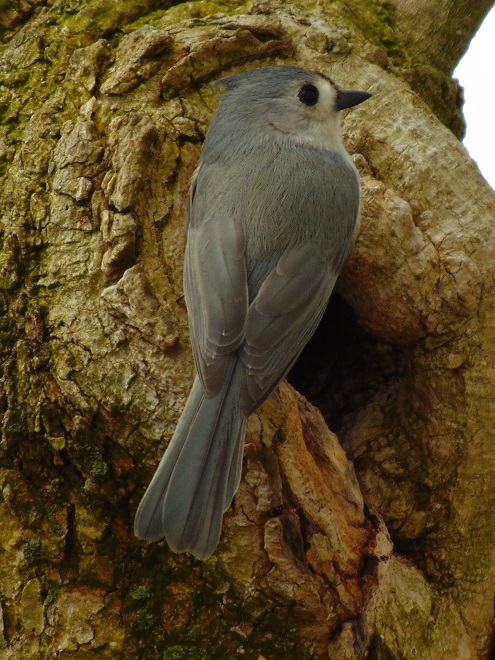
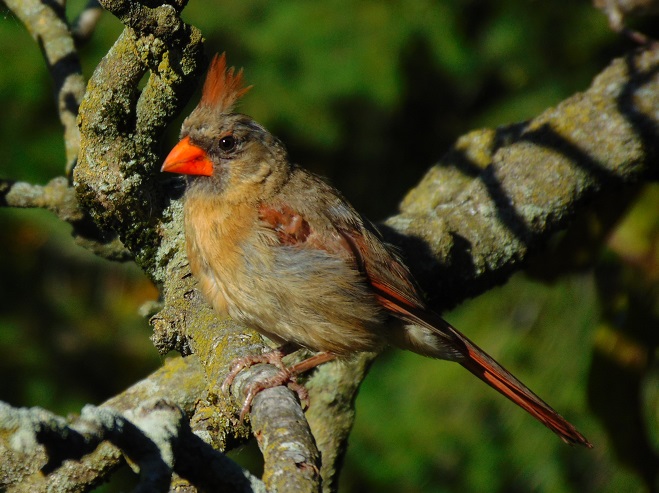
If habitat fragmentation were the sole cause for the downward trend in numbers and species, it would be disappointing, but comprehendible. There would be no cause for greater alarm. It would be a matter of cause and effect. But the problem is more widespread.
Although the editor spent a great deal of time in the garden this year, he was also out and about, traveling hundreds of miles per week through lands on both the east and the west shores of the lower Susquehanna. And on each journey, the number of birds seen could be counted on fingers and toes. A decade earlier, there were thousands of birds in these same locations, particularly during the late summer.
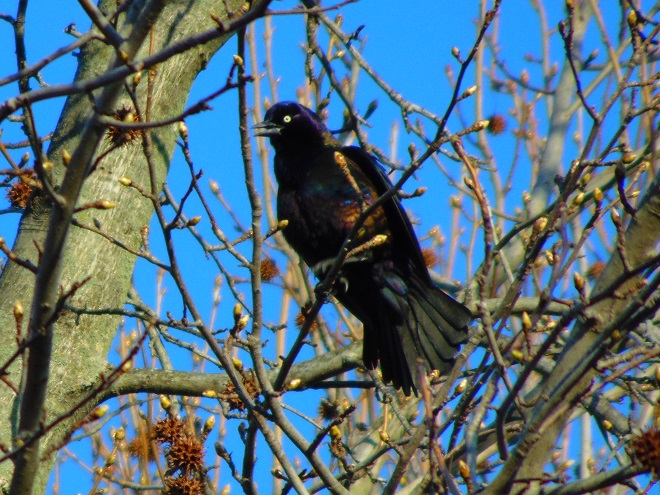
In the lower Susquehanna valley, something has drastically reduced the population of birds during breeding season, post-breeding dispersal, and the staging period preceding autumn migration. In much of the region, their late-spring through summer absence was, in 2019, conspicuous. What happened to the tens of thousands of swallows that used to gather on wires along rural roads in August and September before moving south? The groups of dozens of Eastern Kingbirds (Tyrannus tyrannus) that did their fly-catching from perches in willows alongside meadows and shorelines—where are they?
Several studies published during the autumn of 2019 have documented and/or predicted losses in bird populations in the eastern half of the United States and elsewhere. These studies looked at data samples collected during recent decades to either arrive at conclusions or project future trends. They cite climate change, the feline infestation, and habitat loss/degradation among the factors contributing to alterations in range, migration, and overall numbers.
There’s not much need for analysis to determine if bird numbers have plummeted in certain Lower Susquehanna Watershed habitats during the aforementioned seasons—the birds are gone. None of these studies documented or forecast such an abrupt decline. Is there a mysterious cause for the loss of the valley’s birds? Did they die off? Is there a disease or chemical killing them or inhibiting their reproduction? Is it global warming? Is it Three Mile Island? Is it plastic straws, wind turbines, or vehicle traffic?
The answer might not be so cryptic. It might be right before our eyes. And we’ll explore it during 2020.

In the meantime, Uncle Ty and I going to the Pennsylvania Farm Show in Harrisburg. You should go too. They have lots of food there.
With autumn coming to a close, let’s have a look at some of the fascinating insects (and a spider) that put on a show during some mild afternoons in the late months of 2019.
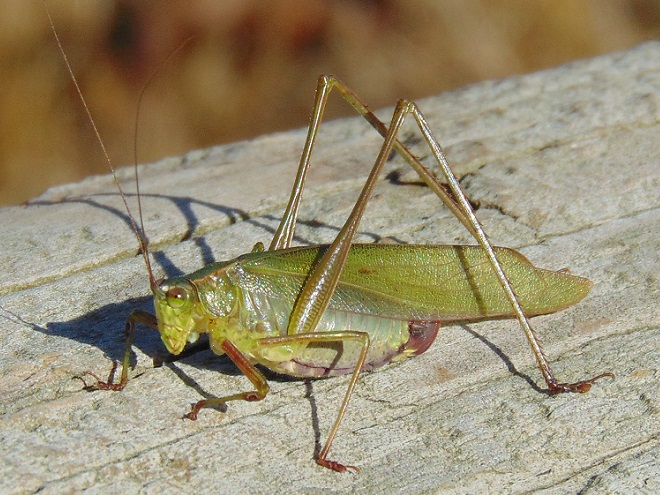
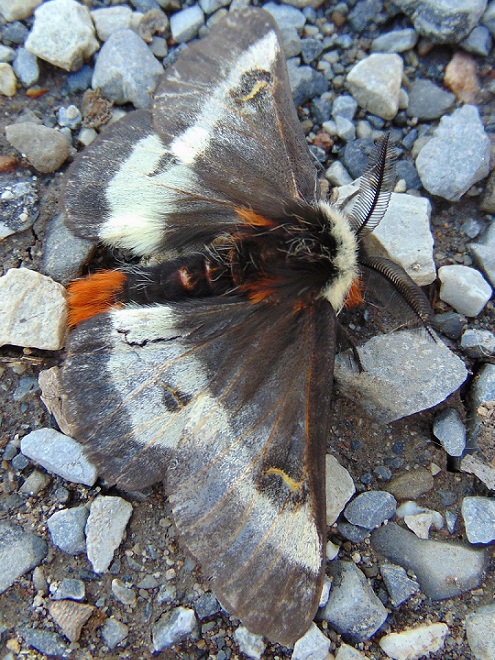
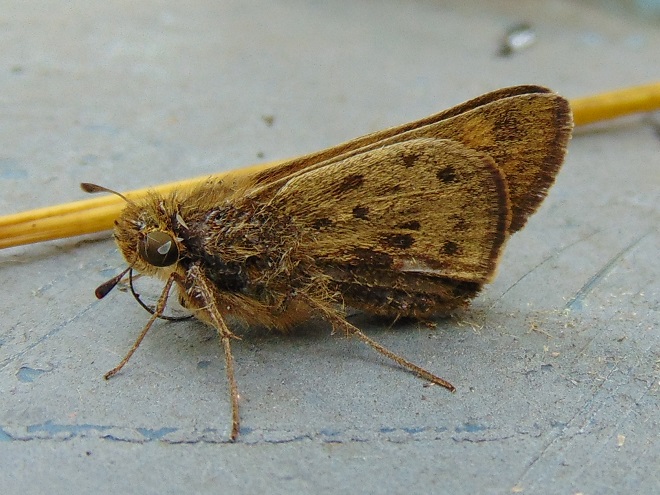
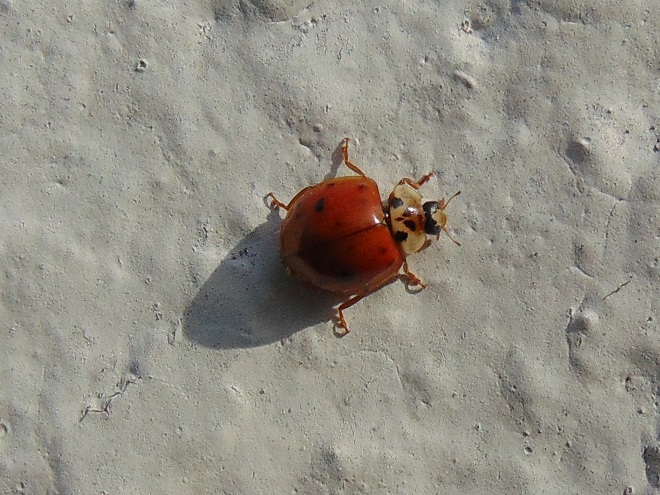
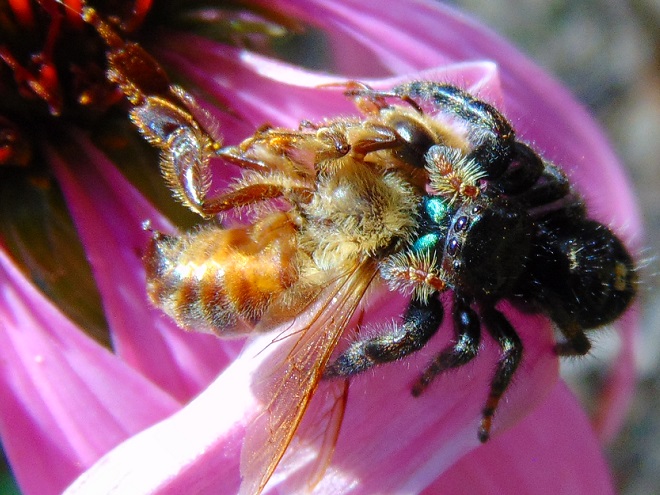
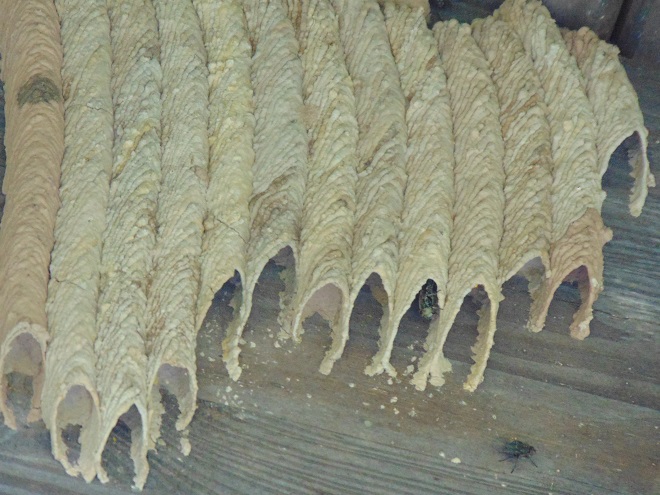
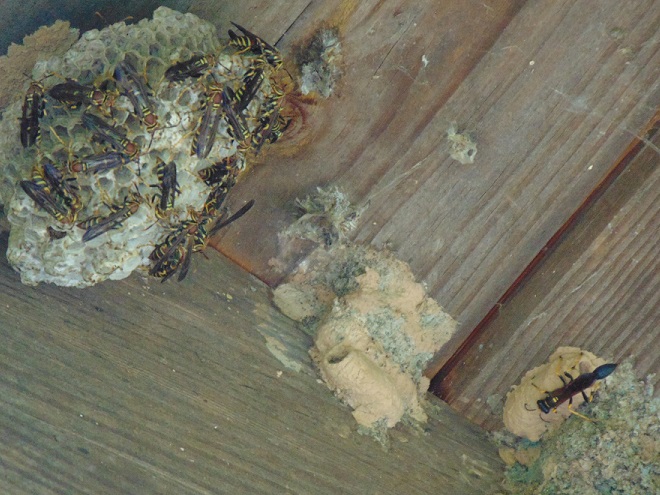

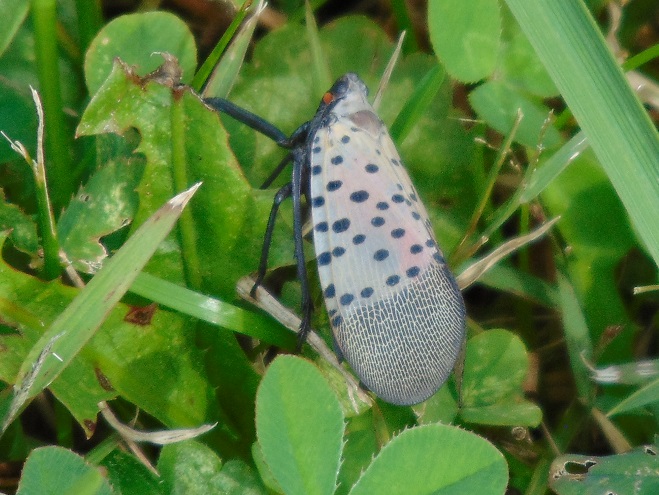
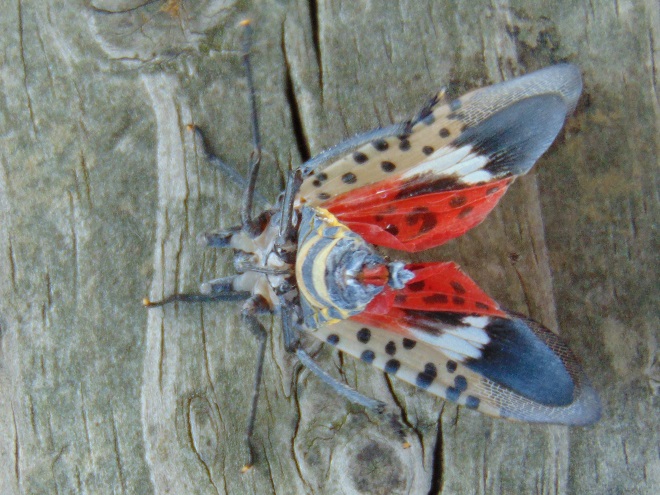
SOURCES
Eaton, Eric R., and Kenn Kaufman. 2007. Kaufman Field Guide to Insects of North America. Houghton Mifflin Company. New York, NY.
It’s that time of year when one may expect to find migratory Neotropical songbirds feeding among the foliage of trees and shrubs in the forests, woodlots, and thickets of the lower Susquehanna valley.
During a late afternoon stroll through a headwaters forest east of Conewago Falls outside Mount Gretna, I was pleased to finally come upon a noisy gathering of about two dozen birds. It had, previous to that, been a quiet two hours of walking, only the rumble of an approaching thunderstorm punctuated the silence. Among this little flock were some chickadees, robins, Gray Catbirds, an Eastern Towhee (Pipilo erythrophthalmus), and a Hairy Woodpecker (Dryobates villosus). Besides the catbirds, there were two other species of Neotropical migrants; both were warblers. No less than six Black-throated Blue Warblers (Setophaga caerulescens) were vying for positions in the trees from which they could investigate the stranger on the footpath below. And among the understory shrubs there were at least as many Ovenbirds (Seiurus aurocapilla) satisfying a similar curiosity.
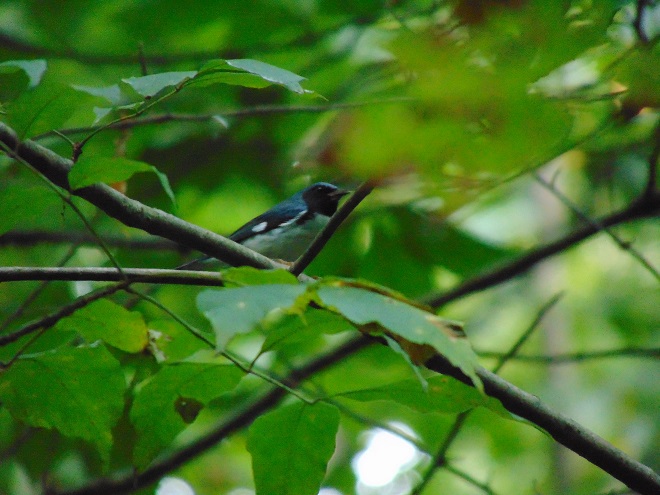
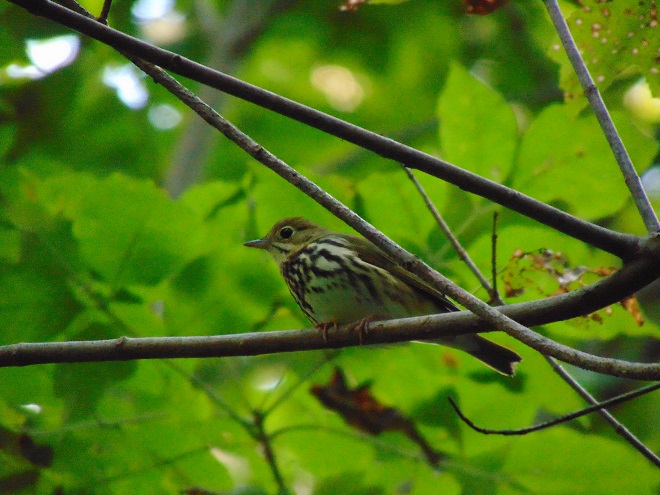
When they depart the Susquehanna valley, these two warbler species will be southbound for wintering ranges that include Florida, many of the Caribbean Islands, Central America, and, for the Ovenbirds, northern South America. Their flights occur at night. During the breeding season and while migrating, both feed primarily on insects and other arthropods . On the wintering grounds, they will consume some fruit. It is during their time in the tropics that the Black-throated Blue Warbler sometimes visits feeding stations that offer grape jelly, much to the delight of bird enthusiasts.
Black-throated Blue Warblers and Ovenbirds commonly winter on the Florida peninsula and in the Bahamas. With the major tropical cyclone Hurricane Dorian presently ripping through the region, these birds are better off taking their time getting there. There’s no need to hurry. The longer they and the other Neotropical migrants hang around, the more we get to enjoy them anyway. So get out there to see them before they go—and remember to look up.
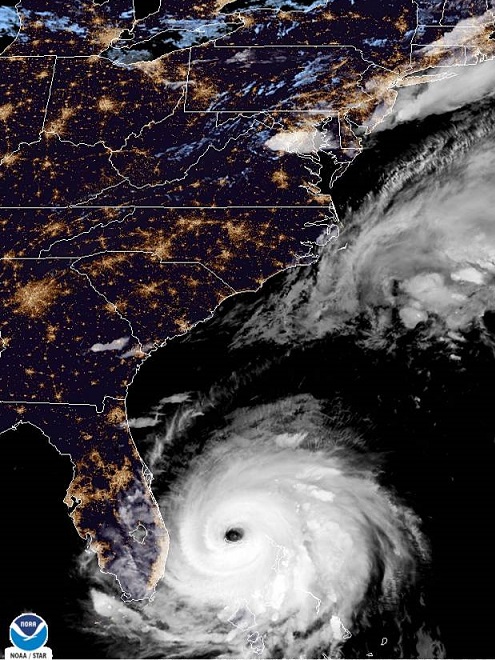

Within the last few years, the early-summer emergence of vast waves of mayflies has caused great consternation among residents of riverside towns and motorists who cross the bridges over the lower Susquehanna. Fishermen and others who frequent the river are familiar with the phenomenon. Mayflies rise from their benthic environs where they live for a year or more as an aquatic larval stage (nymph) to take flight as a short-lived adult (imago), having just one night to complete the business of mating before perishing by the following afternoon.
In 2015, an emergence on a massive scale prompted the temporary closure of the mile-long Columbia-Wrightsville bridge while a blizzard-like flight of huge mayflies reduced visibility and caused road conditions to deteriorate to the point of causing accidents. The slimy smelly bodies of dead mayflies, probably millions of them, were removed like snow from the normally busy Lincoln Highway. Since then, to prevent attraction of the breeding insects, lights on the bridge have been shut down from about mid-June through mid-July to cover the ten to fourteen day peak of the flight period of Hexagenia bilineata, sometimes known as the Great Brown Drake, the species that swarms the bridge.
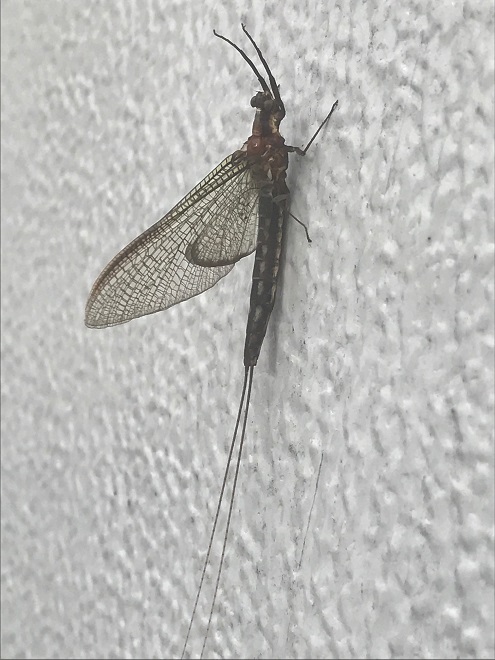

After so many years, why did the swarms of these mayflies suddenly produce the enormous concentrations seen on this particular bridge across the lower Susquehanna? Let’s have a look.
Following the 2015 flight, conservation organizations were quick to point out that the enormous numbers of mayflies were a positive thing—an indicator that the waters of the river were getting cleaner. Generally, assessments of aquatic invertebrate populations are considered to be among the more reliable gauges of stream health. But some caution is in order in this case.
Prior to the occurrence of large flights several years ago, Hexagenia bilineata was not well known among the species in the mayfly communities of the lower Susquehanna and its tributaries. The native range of the species includes the southeastern United States and the Mississippi River watershed. Along segments of the Mississippi, swarms such as occurred at Columbia-Wrightsville in 2015 are an annual event, sometimes showing up on local weather radar images. These flights have been determined to be heaviest along sections of the river with muddy bottoms—the favored habitat of the burrowing Hexagenia bilineata nymph. This preferred substrate can be found widely in the Susquehanna due to siltation, particularly behind dams, and is the exclusive bottom habitat in Lake Clarke just downstream of the Columbia-Wrightsville bridge.
Native mayflies in the Susquehanna and its tributaries generally favor clean water in cobble-bottomed streams. Hexagenia bilineata, on the other hand, appears to have colonized the river (presumably by air) and has found a niche in segments with accumulated silt, the benthic habitats too impaired to support the native taxa formerly found there. Large flights of burrowing mayflies do indicate that the substrate didn’t become severely polluted or eutrophic during the preceding year. And big flights tell us that the Susquehanna ecosystem is, at least in areas with silt bottoms, favorable for colonization by the Great Brown Drake. But large flights of Hexagenia bilineata mayflies don’t necessarily give us an indication of how well the Susquehanna ecosystem is supporting indigenous mayflies and other species of native aquatic life. Only sustained recoveries by populations of the actual native species can tell us that. So, it’s probably prudent to hold off on the celebrations. We’re a long way from cleaning up this river.
In the absence of man-made lighting, male Great Brown Drakes congregate over waterways lit often by moonlight alone. The males hover in position within a swarm, often downwind of an object in the water. As females begin flight and pass through the swarm, they are pursued by the males in the vicinity. The male response is apparently sight motivated—anything moving through their field of view in a straight line will trigger a pursuit. That’s why they’re so pesky, landing on your face whenever you approach them. Mating takes place as males rendezvous with airborne females. The female then drops to the water surface to deposit eggs and later die—if not eaten by a fish first. Males return to the swarm and may mate again and again. They die by the following afternoon. After hatching, the larvae (nymphs) burrow in the silt where they’ll grow for the coming year. Feathery gills allow them to absorb oxygen from water passing through the U-shaped refuge they’ve excavated.
Several factors increase the likelihood of large swarms of Great Brown Drakes at bridges. Location is, of course, a primary factor. Bridges spanning suitable habitat will, as a minimum, experience incidental occurrences of the flying forms of the mayflies that live in the waters below. Any extraordinarily large emergence will certainly envelop the bridge in mayflies. Lights, both fixed and those on motor vehicles, enhance the appearance of movement on a bridge deck, thus attracting hovering swarms of male Hexagenia bilineata and other species from a greater distance, leading to larger concentrations. Concrete walls along the road atop the bridge lure the males to try to hover in a position of refuge behind them, despite the vehicles that disturb the still air each time they pass. The walls also function as the ultimate visual attraction as headlamp beams and shadows cast by moving vehicles are projected onto them over the length of the bridge. Vast numbers of dead, dying, and maimed mayflies tend to accumulate along these walls for this reason.
The absence of illumination from fixed lighting on the deck of the bridge reduces the density of Great Brown Drake swarms. Some communities take mayfly countermeasures one step further. Along the Mississippi, some bridges are fitted with lights on the underside of the deck to attract the mayflies to the area directly over the water, concentrating the breeding mayflies and fishermen alike. The illumination below the bridge is intended to draw mayflies away from light created by headlamps on motor vehicles passing by on the otherwise dark deck above. Lights beneath the bridge also help prevent large numbers of mayflies from being drawn away from the water toward lights around businesses and homes in neighborhoods along the shoreline—where they can become a nuisance.
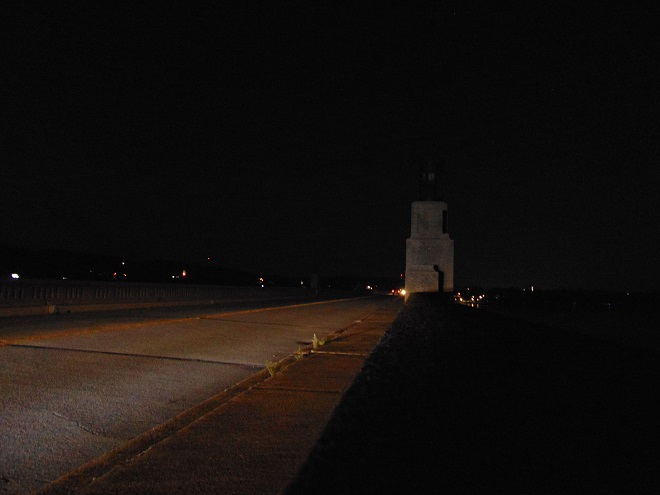
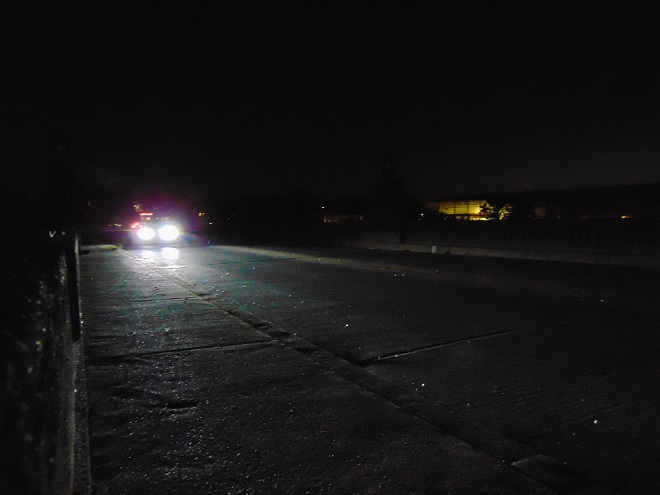
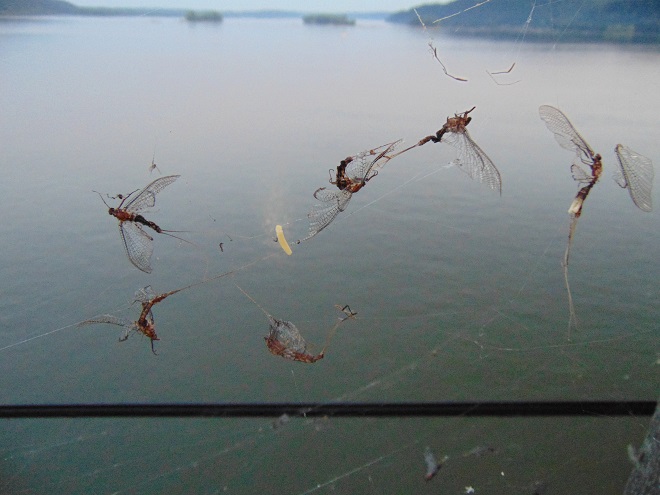
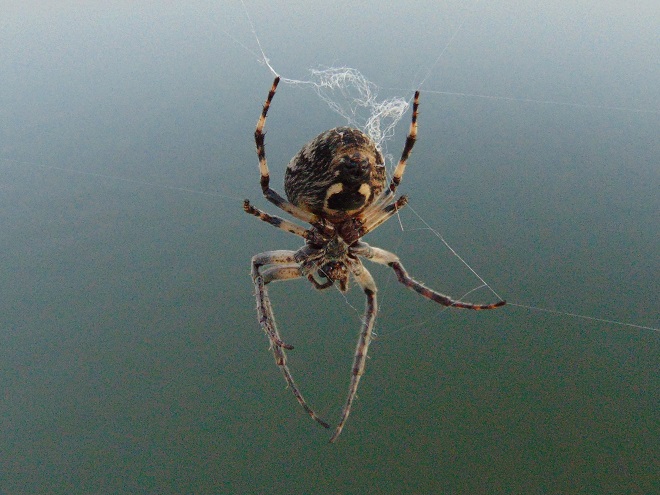
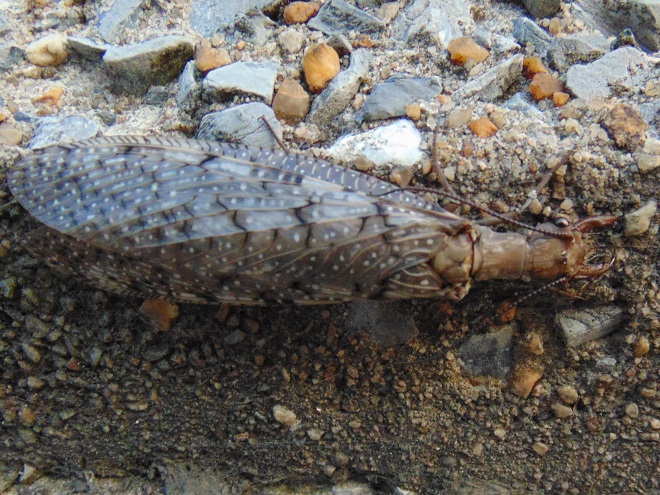
SOURCES
Edsall, Thomas A. 2001. “Burrowing Mayflies (Hexagenia) as Indicators of Ecosystem Health.” Aquatic Ecosystem Health and Management. 43:283-292.
Fremling, Calvin R. 1960. Biology of a Large Mayfly, Hexagenia bilineata (Say), of the Upper Mississippi River. Research Bulletin 482. Agricultural and Home Economics Experiment Station, Iowa State University. Ames, Iowa.
McCafferty, W. P. 1994. “Distributional and Classificatory Supplement to the Burrowing Mayflies (Ephemeroptera: Ephimeroidea) of the United States.” Entomological News. 105:1-13.
There was a hint of what was to come. If you were out and about before dawn this morning, you may have been lucky enough to hear them passing by high overhead. It was 5:30 A.M. when I opened the door and was greeted by that distinctive nasal whistle. Stepping through the threshold and into the cold, I peered into the starry sky and saw them, their feathers glowing orange in the diffused light from the streets and parking lots below. Their size and snow-white plumage make Tundra Swans one of the few species of migrating birds you’ll ever get to visibly discern in a dark moonless nighttime sky.
The calm air at daybreak and through the morning transitioned to a steady breeze from the south in the afternoon. Could this be it? Would this be that one day in late February or the first half of March each year when waterfowl (and other birds too) seem to take advantage of the favorable wind to initiate an “exodus” and move in conspicuous numbers up the lower Susquehanna valley on their way to breeding grounds in the north? Well, indeed it would be. And with the wind speeding up the parade, an observer at a fixed point on the ground gets to see more birds fly by.
In the late afternoon, an observation location in the Gettysburg Basin about five miles east of Conewago Falls in Lancaster County seemed to be well-aligned with a northwesterly flight path for migrating Tundra Swans. At about 5:30 P.M., the clear sky began clouding over, possibly pushing high-flying birds more readily into view. During the next several hours, over three thousand Tundra Swans passed overhead, flocks continuing to pass for a short time after nightfall. There were more than one thousand Canada Geese, the most numerous species on similar days in previous years. Sometimes on such a day there are numerous ducks. Not today. The timing, location, and conditions put Tundra Swans in the spotlight for this year’s show.

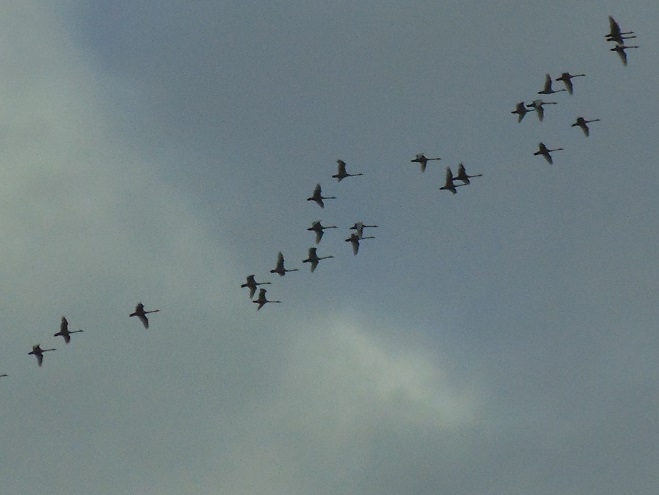
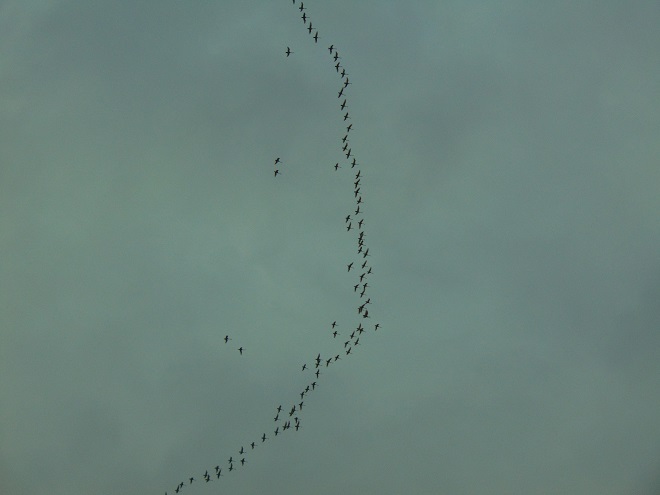
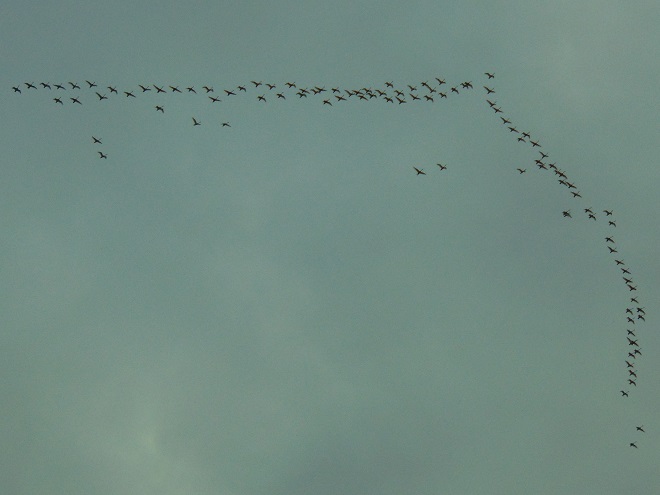

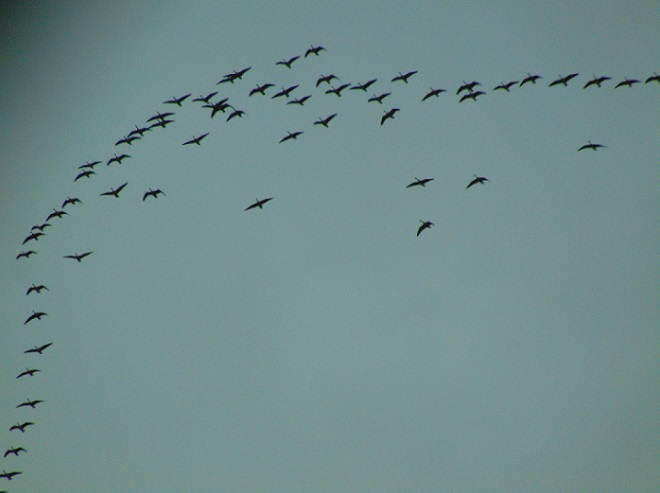
Other migrants moving concurrently with the waterfowl included Ring-billed Gulls, Herring Gulls (6+), American Robins (50+), Red-winged Blackbirds (500+), and Common Grackles (100+).
Though I’ve only seen such a spectacle only once during a season in recent years, there certainly could be another large flight of ducks, geese, or swans yet to come. The breeze is forecast to continue from southerly directions for at least another day. Keep you eyes skyward, no matter where you might happen to be in the lower Susquehanna valley. These or other migratory species may put on another show, a “big day”, just for you.
Second Mountain Hawk Watch is located on a ridge top along the northern edge of the Fort Indiantown Gap Military Reservation and the southern edge of State Game Lands 211 in Lebanon County, Pennsylvania. The valley on the north side of the ridge, also known as St. Anthony’s Wilderness, is drained to the Susquehanna by Stony Creek. The valley to the south is drained toward the river by Indiantown Run, a tributary of Swatara Creek.
The hawk watch is able to operate at this prime location for observing the autumn migration of birds, butterflies, dragonflies, and bats through the courtesy of the Pennsylvania Game Commission and the Garrison Commander at Fort Indiantown Gap. The Second Mountain Hawk Watch Association is a non-profit organization that staffs the count site daily throughout the season and reports data to the North American Hawk Watch Association (posted daily at hawkcount.org).
Today, Second Mountain Hawk Watch was populated by observers who enjoyed today’s break in the rainy weather with a visit to the lookout to see what birds might be on the move. All were anxiously awaiting a big flight of Broad-winged Hawks, a forest-dwelling Neotropical species that often travels back to its wintering grounds in groups exceeding one hundred birds. Each autumn, many inland hawk watches in the northeast experience at least one day in mid-September with a Broad-winged Hawk count exceeding 1,000 birds. They are an early-season migrant and today’s southeast winds ahead of the remnants of Hurricane Florence (currently in the Carolinas) could push southwest-heading “Broad-wings” out of the Piedmont Province and into the Ridge and Valley Province for a pass by the Second Mountain lookout.
The flight turned out to be steady through the day with over three hundred Broad-winged Hawks sighted. The largest group consisted of several dozen birds. We would hope there are probably many more yet to come after the Florence rains pass through the northeast and out to sea by mid-week. Also seen today were Bald Eagles, Ospreys, American Kestrels, and a migrating Red-headed Woodpecker.
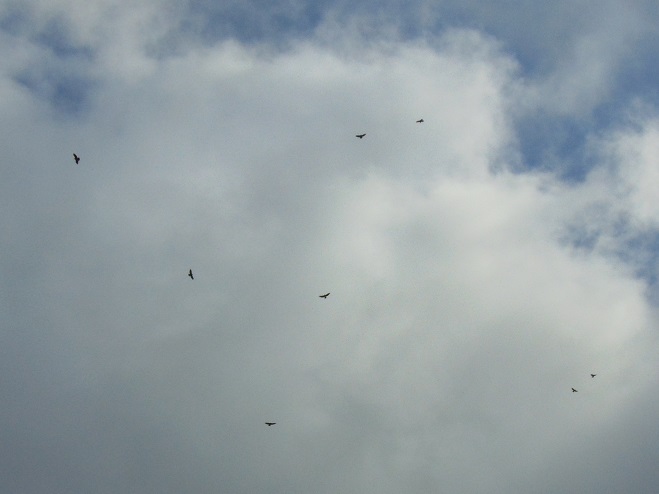
Migrating insects included Monarch butterflies, and the three commonest species of migratory dragonflies: Wandering Glider, Black Saddlebags, and Common Green Darner. The Common Green Darners swarmed the lookout by the dozens late in the afternoon and attracted a couple of American Kestrels, which had apparently set down from a day of migration. American Kestrels and Broad-winged Hawks feed upon dragonflies and often migrate in tandem with them for at least a portion of their journey.
Still later, as the last of the Broad-winged Hawks descended from great heights and began passing by just above the trees looking for a place to settle down, a most unwelcome visitor arrived at the lookout. It glided in from the St. Anthony’s Wilderness side of the ridge on showy crimson-red wings, then became nearly indiscernible from gray tree bark when it landed on a limb. It was the dreaded and potentially invasive Spotted Lanternfly (Lycorma delicatula). This large leafhopper is native to Asia and was first discovered in North America in the Oley Valley of eastern Berks County, Pennsylvania in 2014. The larval stage is exceptionally damaging to cultivated grape and orchard crops. It poses a threat to forest trees as well. Despite efforts to contain the species through quarantine and other methods, it’s obviously spreading quickly. Here on the Second Mountain lookout, we know that wind has a huge influence on the movement of birds and insects. The east and southeast winds we’ve experienced for nearly a week may be carrying Spotted Lanternflies well out of their most recent range and into the forests of the Ridge and Valley Province. We do know for certain that the Spotted Lanternfly has found its way into the Lower Susquehanna River Watershed.
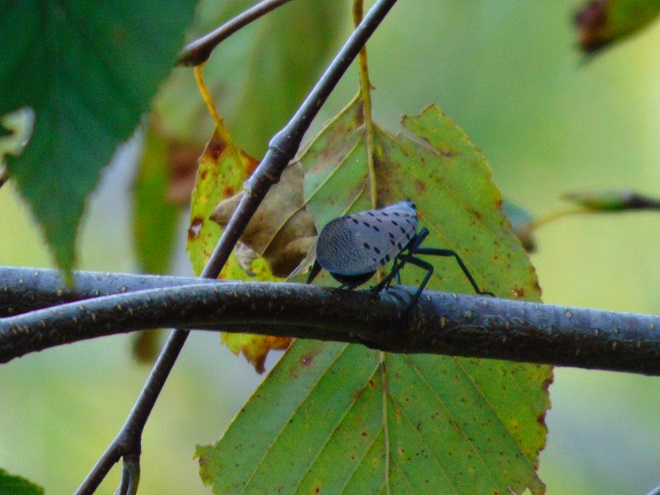
It’s sprayed with herbicides. It’s mowed and mangled. It’s ground to shreds with noisy weed-trimmers. It’s scorned and maligned. It’s been targeted for elimination by some governments because it’s undesirable and “noxious”. And it has that four letter word in its name which dooms the fate of any plant that possesses it. It’s the Common Milkweed, and it’s the center of activity in our garden at this time of year. Yep, we said milk-WEED.
Now, you need to understand that our garden is small—less than 2,500 square feet. There is no lawn, and there will be no lawn. We’ll have nothing to do with the lawn nonsense. Those of you who know us, know that the lawn, or anything that looks like lawn, are through.
Anyway, most of the plants in the garden are native species. There are trees, numerous shrubs, some water features with aquatic plants, and filling the sunny margins is a mix of native grassland plants including Common Milkweed. The unusually wet growing season in 2018 has been very kind to these plants. They are still very green and lush. And the animals that rely on them are having a banner year. Have a look…
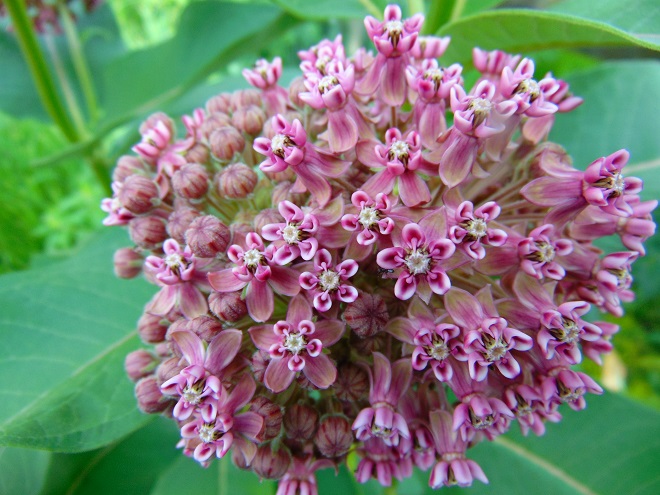
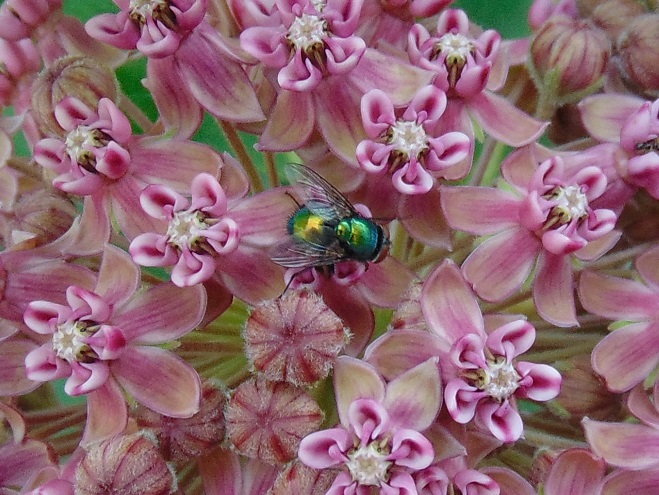


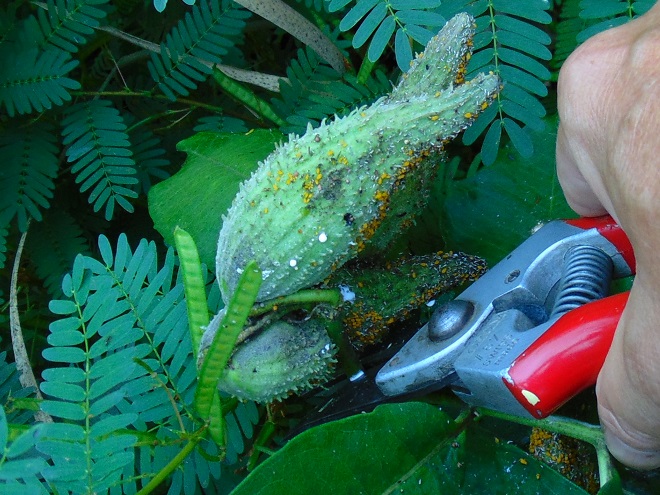
We’ve planted a variety of native grassland species to help support the milkweed structurally and to provide a more complete habitat for Monarch butterflies and other native insects. This year, these plants are exceptionally colorful for late-August due to the abundance of rain. The warm season grasses shown below are the four primary species found in the American tall-grass prairies and elsewhere.
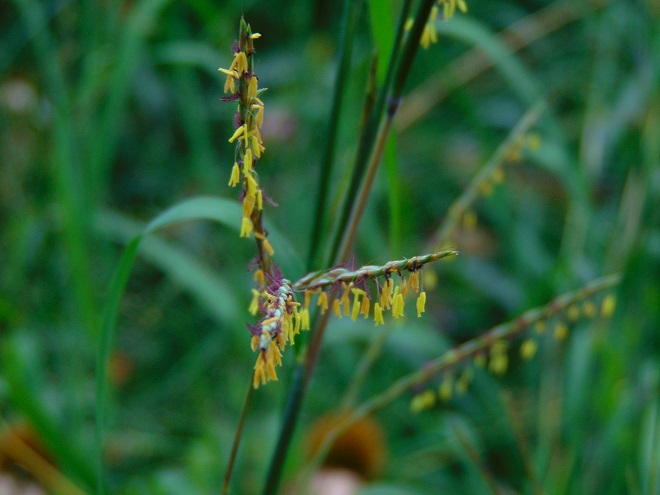


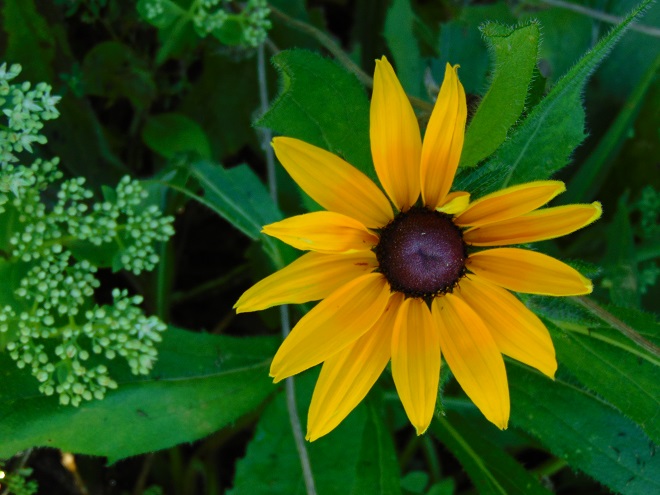


There was Monarch activity in the garden today like we’ve never seen before—and it revolved around milkweed and the companion plants.
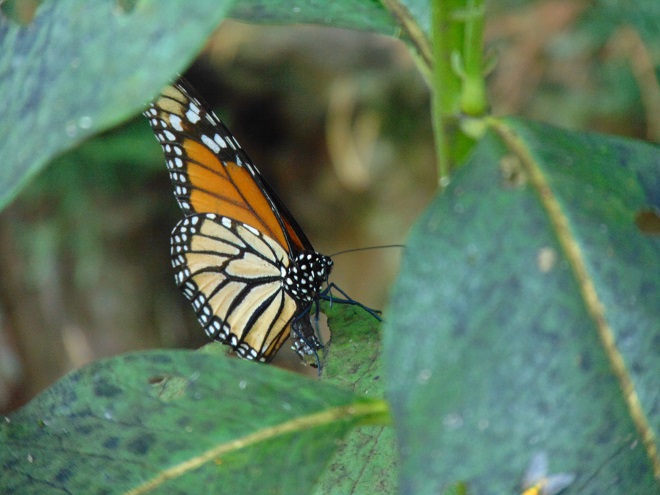
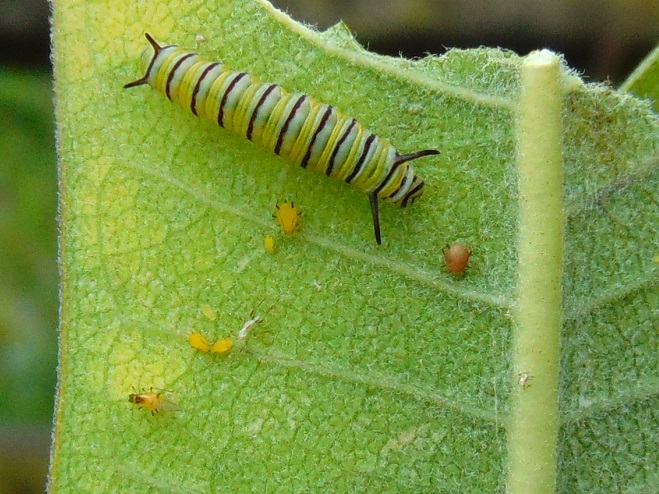
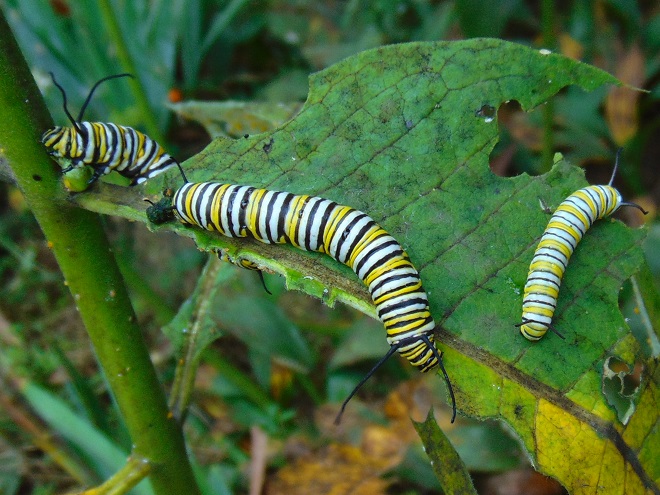
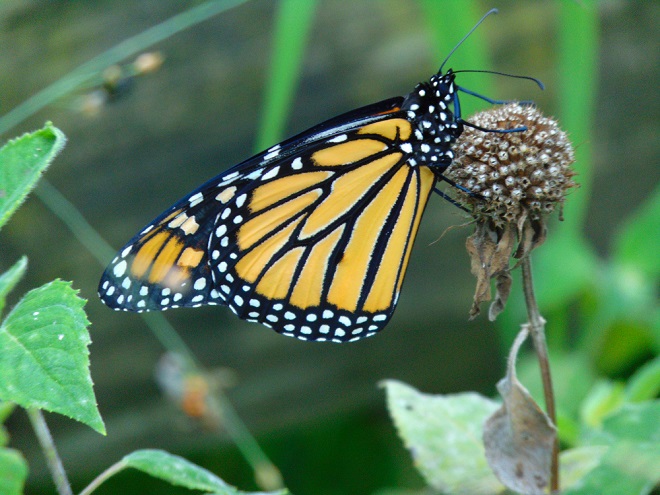
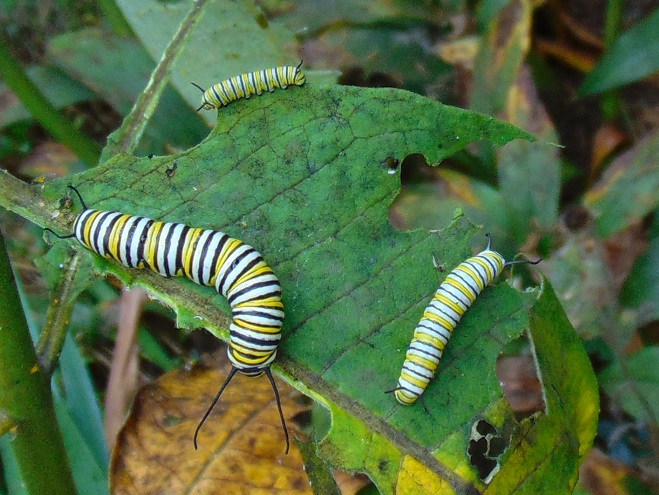
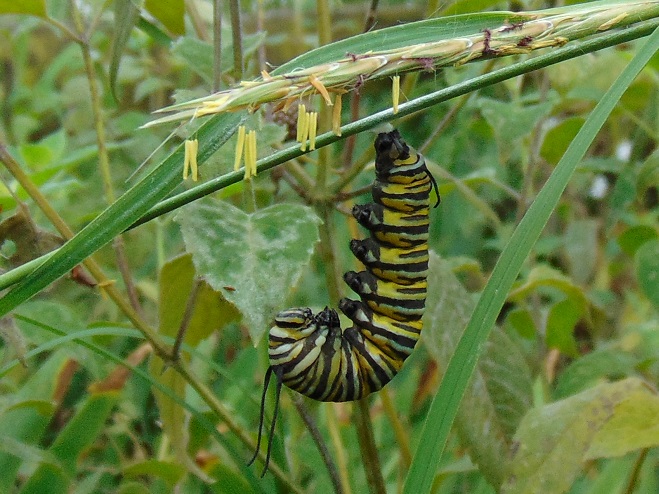
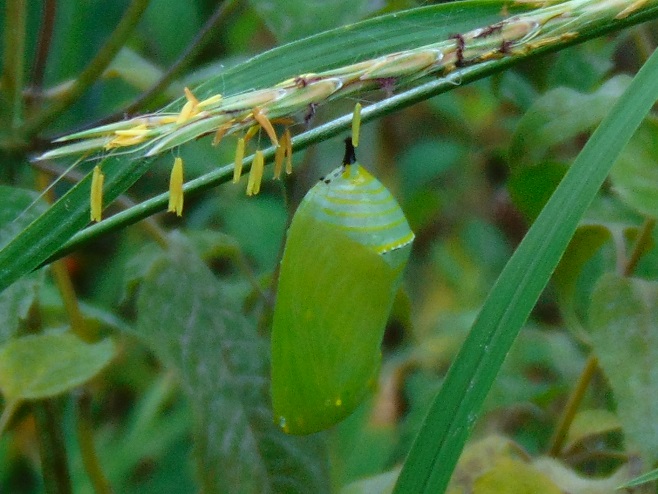
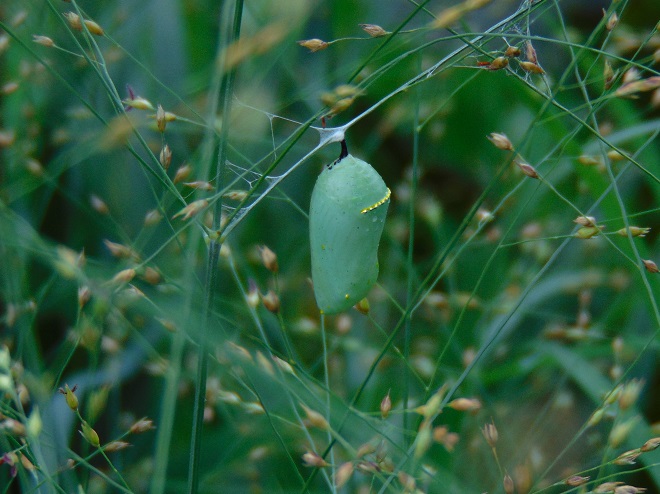
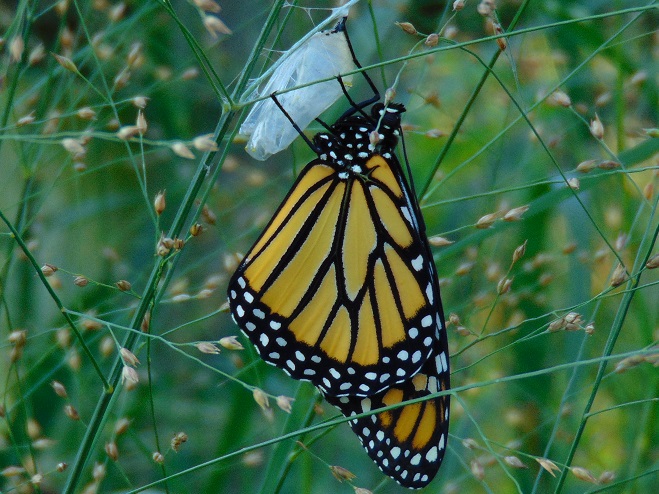
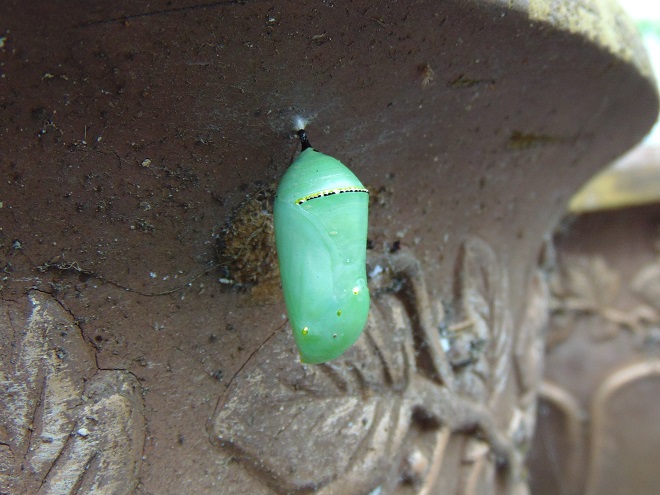
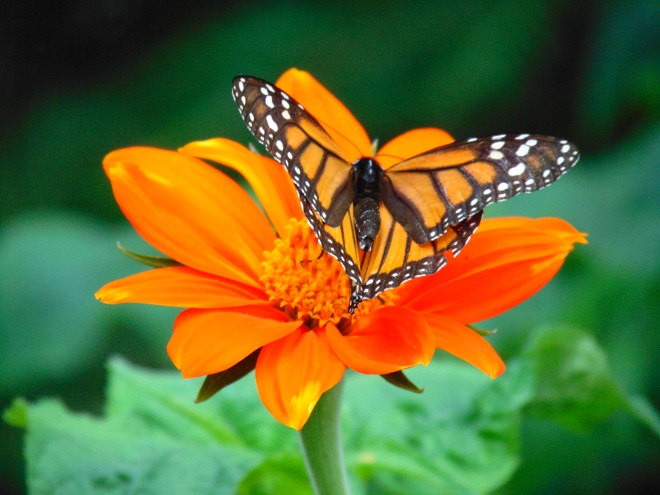
SOURCES
Eaton, Eric R., and Kenn Kaufman. 2007. Kaufman Field Guide to Insects of North America. Houghton Mifflin Company. New York.
It’s been an atypical summer. The lower Susquehanna River valley has been in a cycle of heavy rains for over a month and stream flooding has been a recurring event. At Conewago Falls, the Pothole Rocks have been inundated for weeks. The location used as a lookout for the Autumn Migration Count last fall is at the moment submerged in ten feet of roaring water. Any attempt to tally the migrants which are passing thru in 2018 will thus be delayed indefinitely. Of greater import, the flooding at Conewago Falls is impacting many of the animals and plants there at a critical time in their annual life cycle. Having been displaced from its usual breeding sites on the river, one insect species in particular seems to be omnipresent in upland areas right now, and few people have ever heard of it.
So, you take a cruise in the motorcar to your favorite store and arrive at the sprawling parking lot. Not wishing to have your doors dented or paint chipped because you settled for a space tightly packed among other shopper’s conveyances, you park out there in the “boondocks”. You know the place, the lightly-used portion of the lot where sometimes brush grows from cracks in the asphalt and you must be on alert for impatient consumers who throttle-up to high speeds and dash diagonally across the carefully painted grids on the pavement to reach their favorite parking destination in the front row. Coming to a stop, you take the car out of gear, set the brake, disengage the safety belt, and gather your shopping list. You grasp the door handle and, not wanting to be flattened by one of the aforementioned motorists, you have a look around before exiting.
It was then that you saw the thing, hovering above your shiny bright hood. For a brief moment, it seemed to be peering right through the windshield at you with big reddish-brown eyes. In just a second or two, it turned its whole bronze body ninety degrees to the left and darted away on its cellophane wings. Maybe you didn’t really get a good look at it. It was so fast. But it certainly was odd. Oh well, time to walk inside a grab a few provisions. Away you go.
Upon completion of your shopping, you’re taking the long stroll back to your car and you notice more of these peculiar creatures. Two are coupled together and are hovering above someone’s automobile hood, then they drop down, and the lower of the two taps its abdomen on the paint. You ask yourself, “What are these bizarre things?”
Meet the Wandering Glider (Pantala flavescens), also known as the Globe Wanderer or Globe Skimmer, a wide-ranging dragonfly known to occur on every continent with the exception of Antarctica.
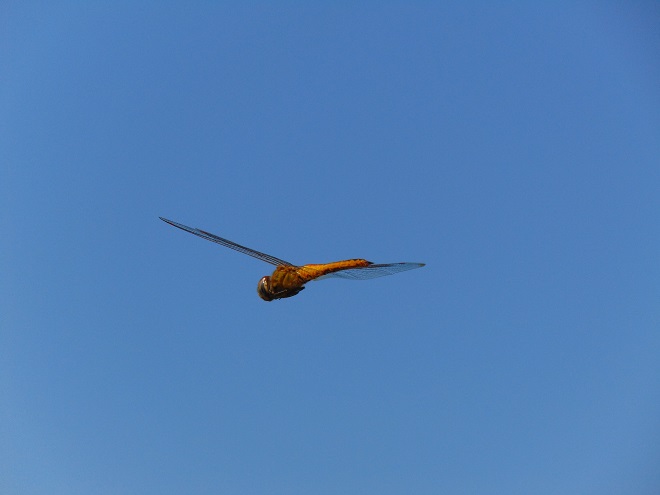
Wandering Gliders travel the globe, and as such are accomplished fliers. Adults spend most of the day on the wing, feeding upon a variety of flying insects. Days ago, I watched several intercepting a swarm of flying ants. As fast as ants left the ground they were grabbed and devoured by the gliders. Wandering Gliders are adept at taking day-flying mosquitos, often zipping stealthily past a person’s head or shoulders to grab one of the little pests—the would-be skeeter victim usually unaware of the whole affair.
Due to their nomadic life history, Wandering Gliders are opportunists when breeding and will lay eggs in most any body of freshwater. Their larvae do not overwinter prior to maturity; adults can be expected in a little more than one to two months. Repetitive flooding in the Lower Susquehanna River Watershed this summer may be reducing the availability of the best local breeding sites for this species—riverine, stream, and floodplain pools of standing water with prey. This may explain why thousands of Wandering Gliders are patrolling parking lots, farmlands, and urban areas this summer. And it’s the likely reason for their use of puddles on asphalt pavement, on rubber roofs, and in fields as places to try to deposit eggs. Unfortunately, they may be as likely to succeed there as they are on your motor vehicle hood.
At this time a year ago, the airspace above the Diabase Pothole Rocks at Conewago Falls was jammed with territorial male Wandering Gliders. Each male hovered at various locations around his breeding territory consisting of pools and water-filled potholes. Intruders would quickly be dispatched from the area, then the male would resume his patrols from a set of repetitively-used hovering positions about six feet above the rocks. Mating and egg-laying continued into late September. The larvae, also called nymphs or naiads, were readily observed in many pools and potholes in early October and the emergence of juveniles was noted in mid-October. The absence of flooding, the mild autumn weather, and the moderation of water temperatures in the pools and potholes courtesy of the sun-drenched diabase boulders helped to extend the 2017 breeding season for Wandering Gliders in Conewago Falls. They aren’t likely to experience the same favor this year, but their great ability to travel and adapt should overcome this momentary misfortune.
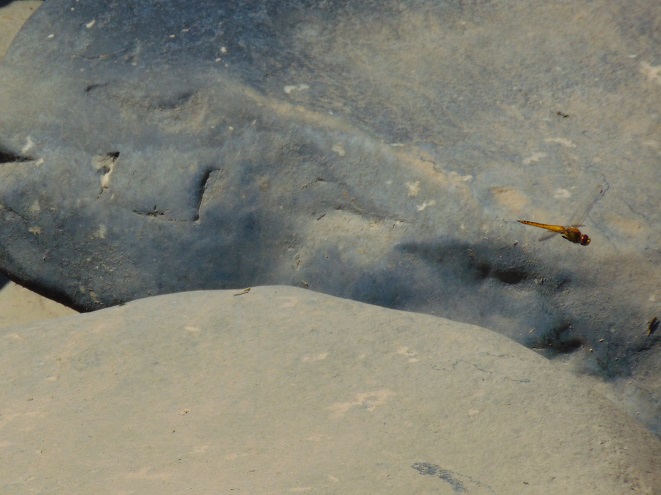
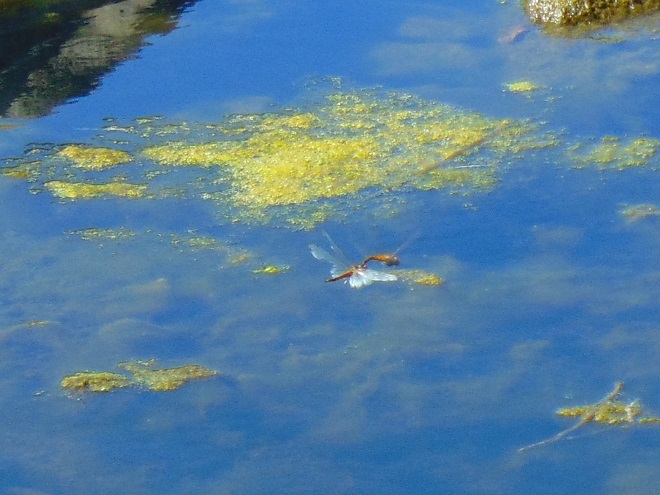
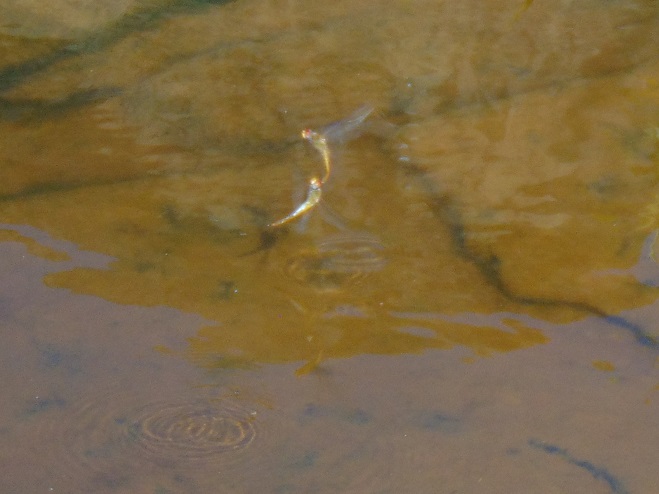
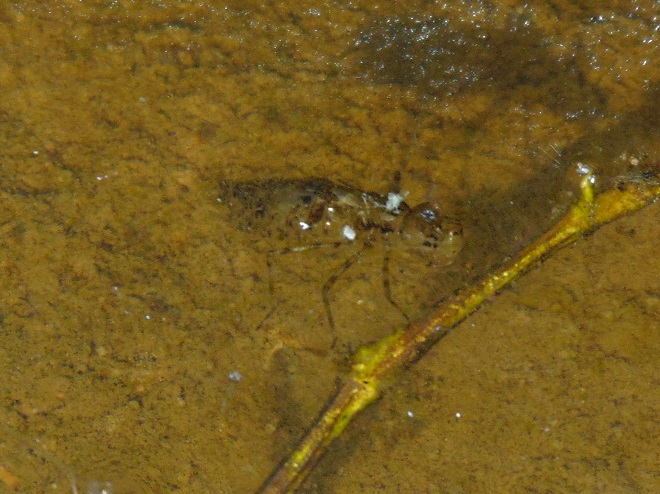
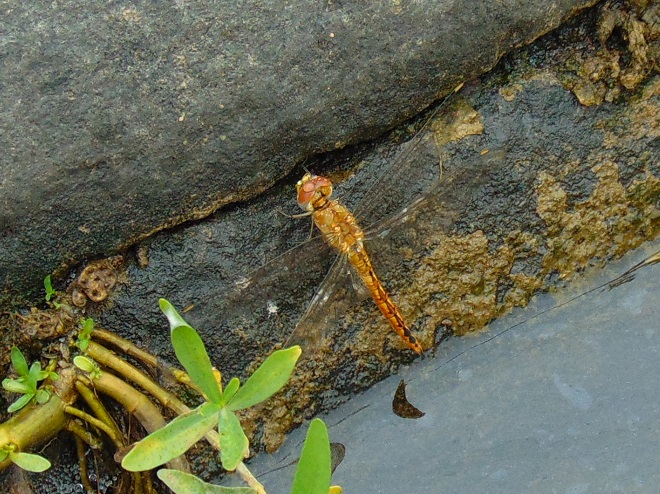

There are two Conewago Creek systems in the Lower Susquehanna River Watershed. One drains the Gettysburg Basin west of the river, mostly in Adams and York Counties, then flows into the Susquehanna at the base of Conewago Falls. The other drains the Gettysburg Basin east of the river, flowing through Triassic redbeds of the Gettysburg Formation and York Haven Diabase before entering Conewago Falls near the south tip of Three Mile Island. Both Conewago Creeks flow through suburbia, farm, and forest. Both have their capacity to support aquatic life impaired and diminished by nutrient and sediment pollution.
This week, some of the many partners engaged in a long-term collaboration to restore the east shore’s Conewago Creek met to have a look at one of the prime indicators of overall stream habitat health—the fishes. Kristen Kyler of the Lower Susquehanna Initiative organized the effort. Portable backpack-mounted electrofishing units and nets were used by crews to capture, identify, and count the native and non-native fishes at sampling locations which have remained constant since prior to the numerous stream improvement projects which began more than ten years ago. Some of the present-day sample sites were first used following Hurricane Agnes in 1972 by Stambaugh and Denoncourt and pre-date any implementation of sediment and nutrient mitigation practices like cover crops, no-till farming, field terracing, stormwater control, nutrient management, wetland restoration, streambank fencing, renewed forested stream buffers, or modernized wastewater treatment plants. By comparing more recent surveys with this baseline data, it may be possible to discern trends in fish populations resulting not only from conservation practices, but from many other variables which may impact the Conewago Creek Warmwater Stream ecosystem in Dauphin, Lancaster, and Lebanon Counties.
So here they are. Enjoy these shocking fish photos.
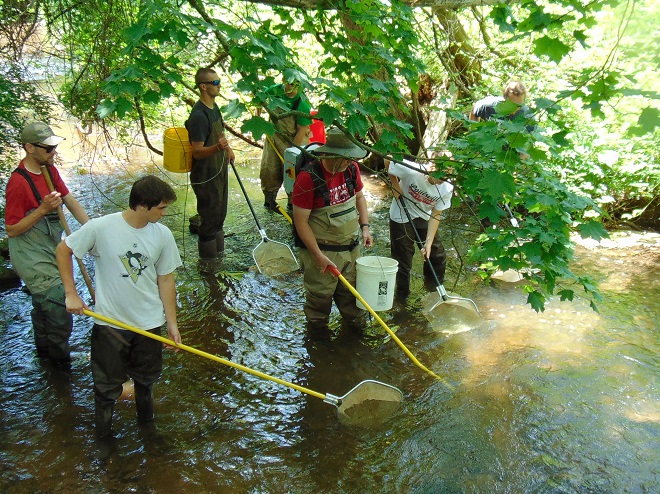

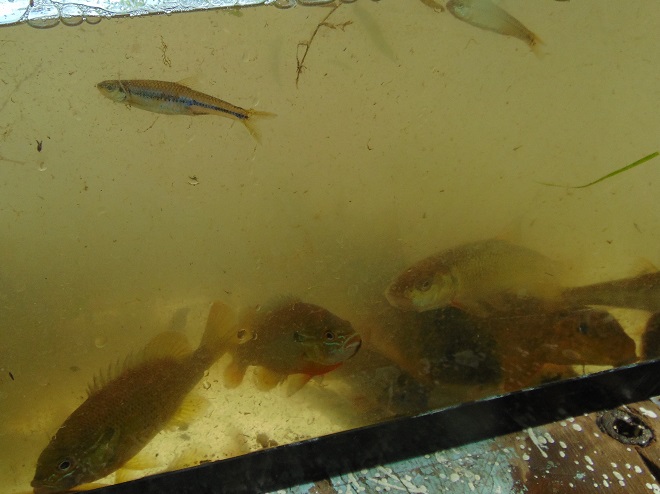
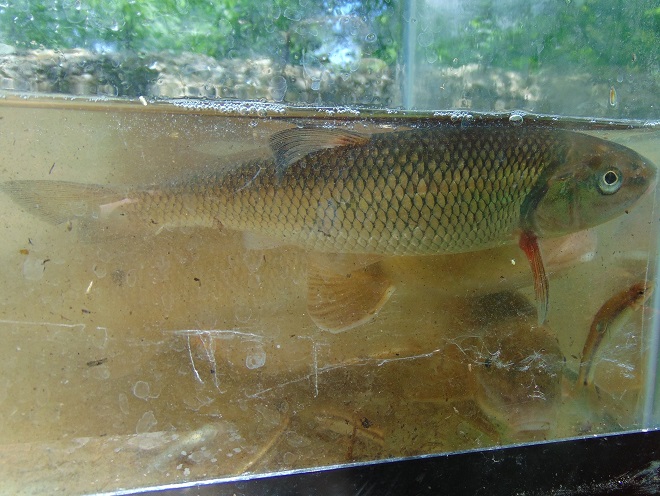
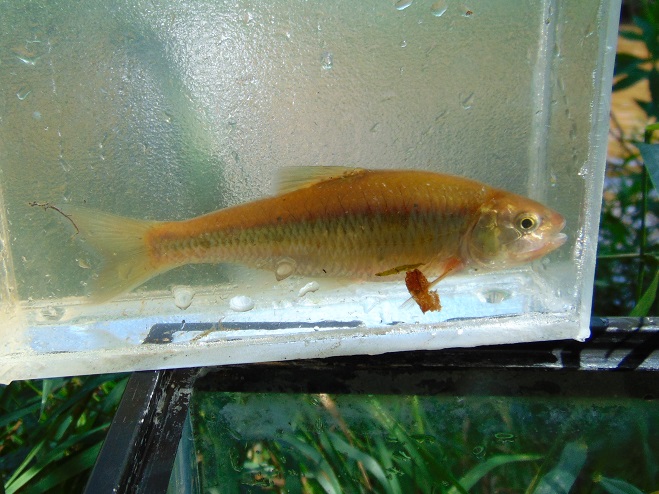
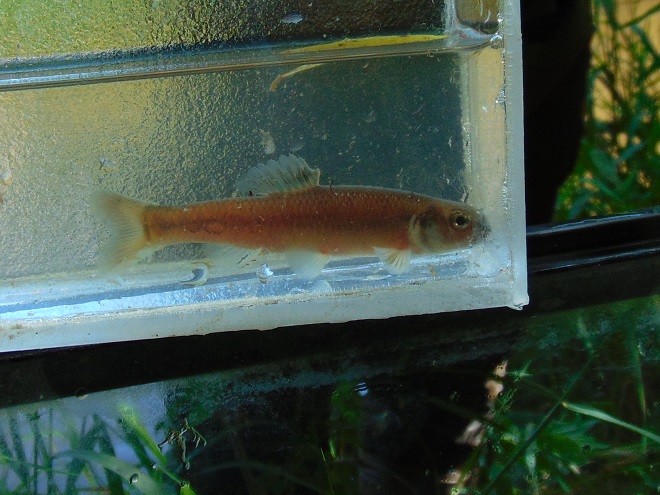
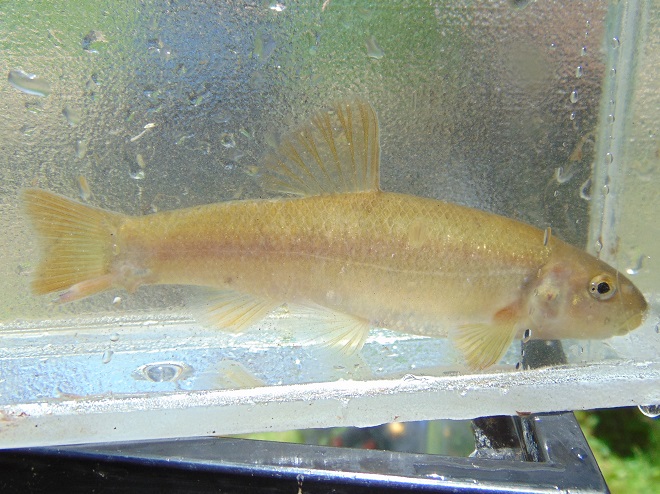
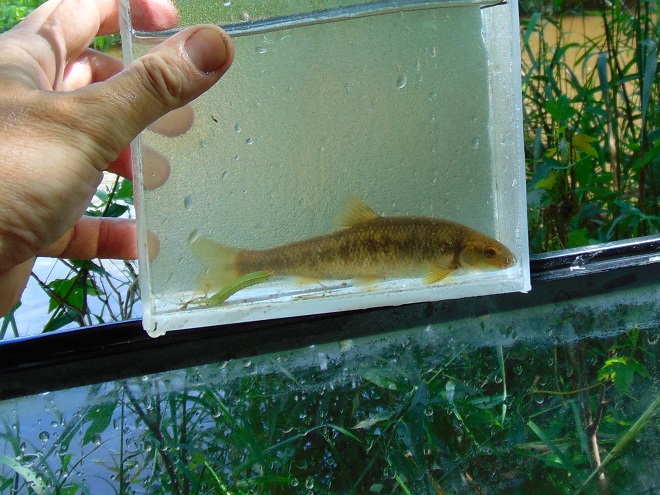
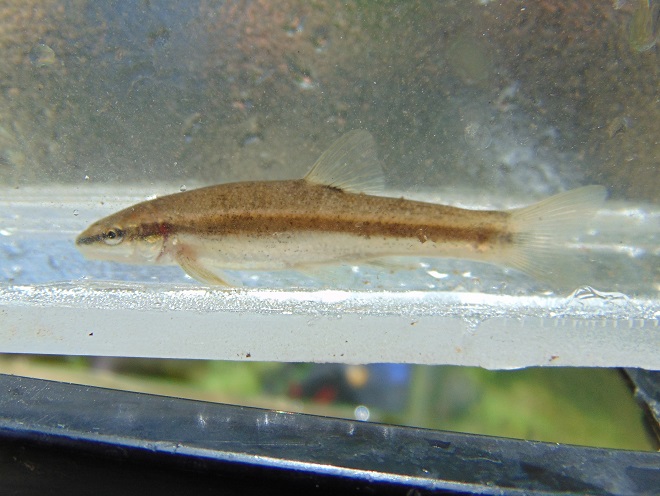
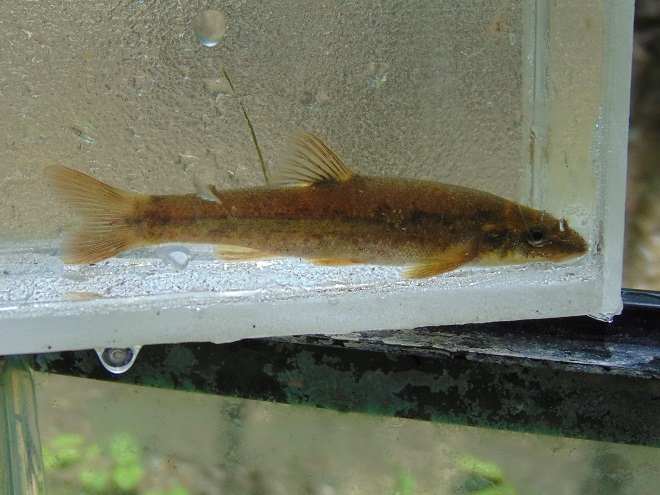
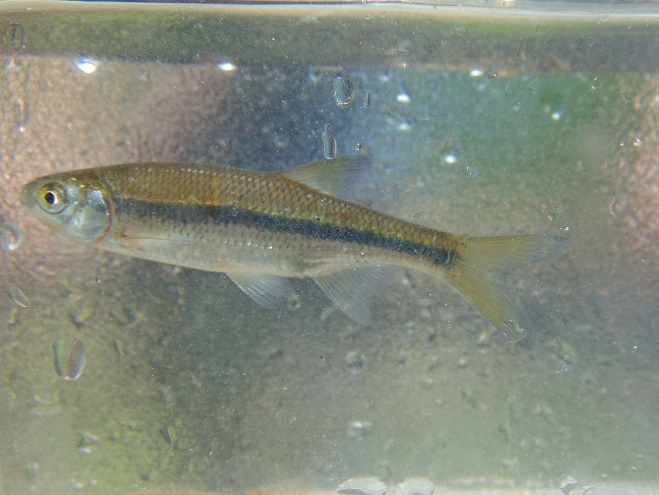
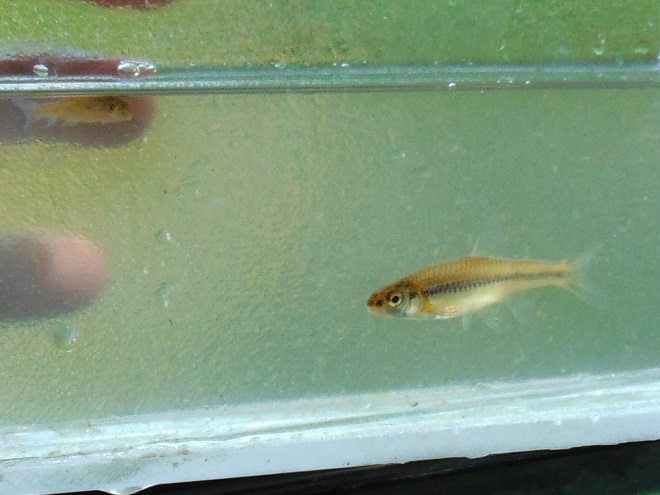
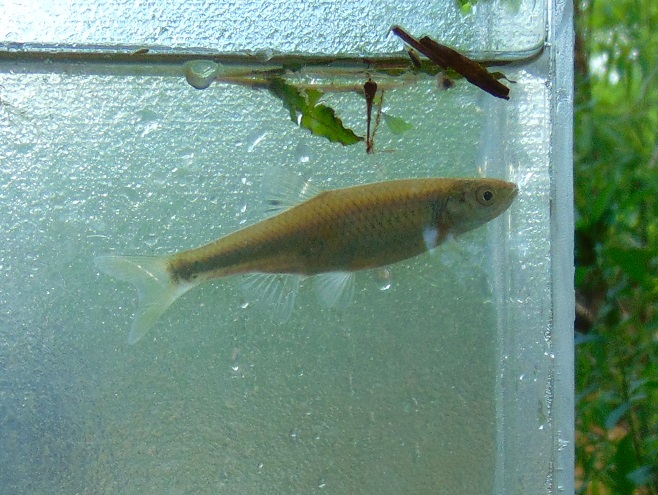
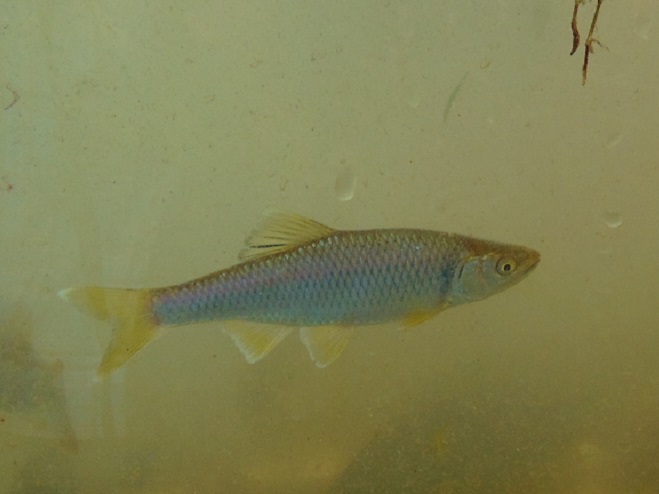
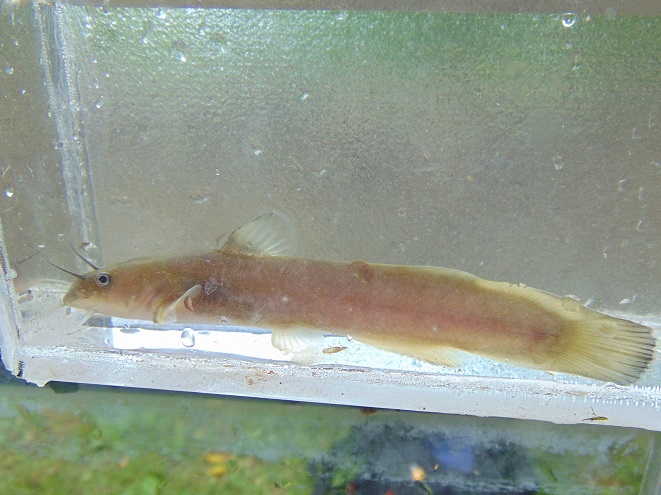
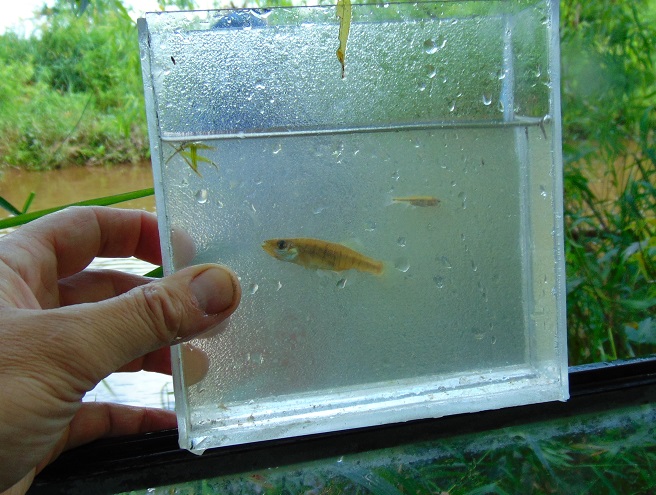
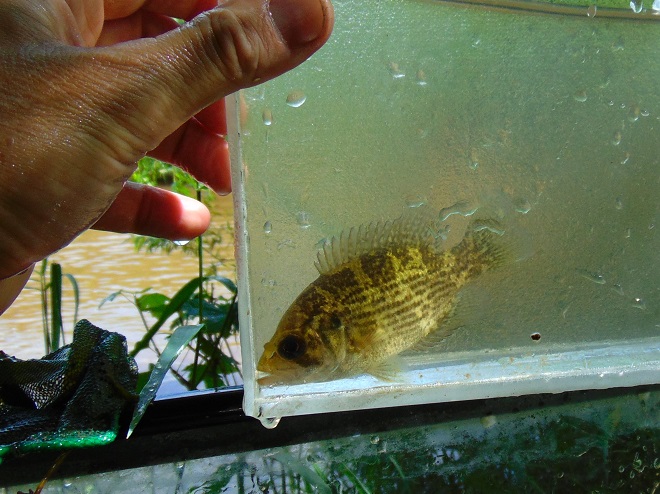
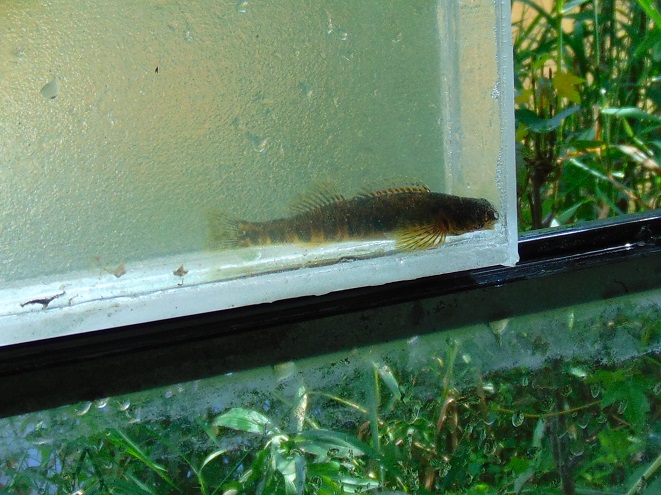
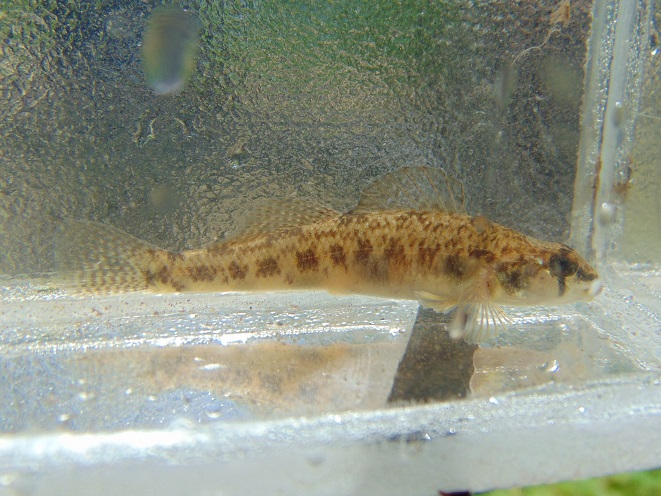
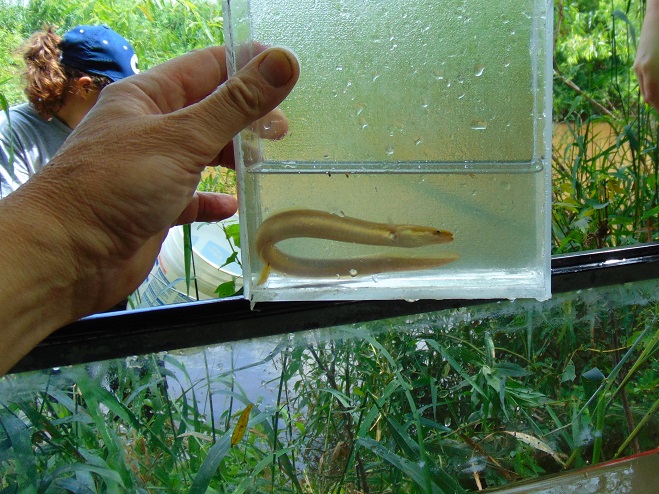

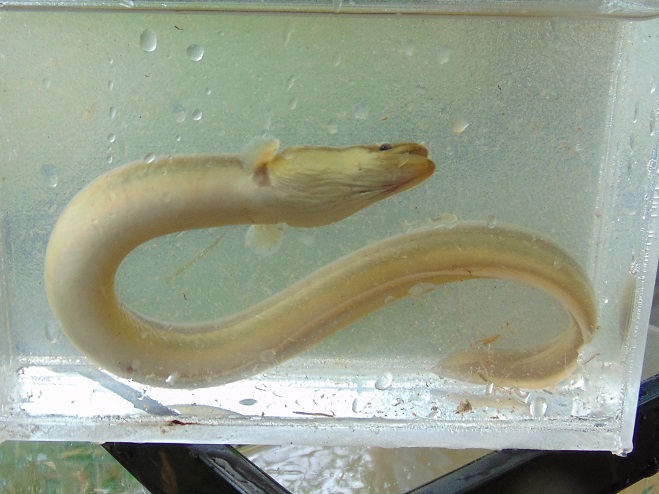
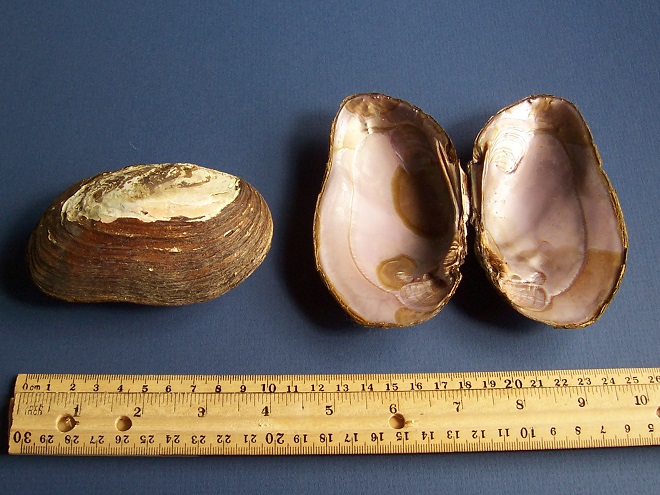
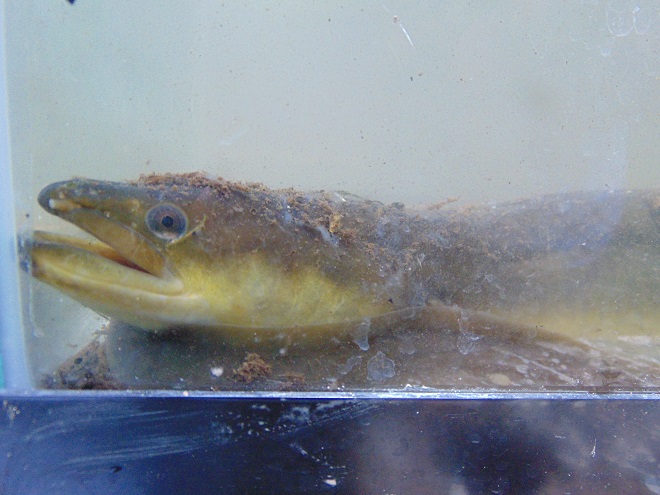
SOURCES
Normandeau Associates, Inc. and Gomez and Sullivan. 2018. Muddy Run Pumped Storage Project Conowingo Eel Collection Facility FERC Project 2355. Prepared for Exelon.
Stambaugh, Jr., John W., and Robert P. Denoncourt. 1974. A Preliminary Report on the Conewago Creek Faunal Survey, Lancaster County, Pennsylvania. Proceedings of the Pennsylvania Academy of Sciences. 48: 55-60.
One can get a stiff neck looking up at the flurry of bird activity in the treetops at this time of year. Many of the Neotropical migrants favor rich forests as daytime resting sites after flying through the night. For others, these forests are a destination where they will nest and raise their young.
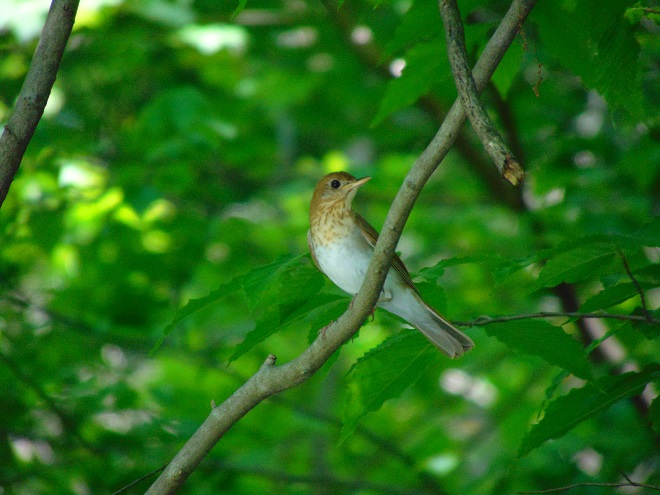

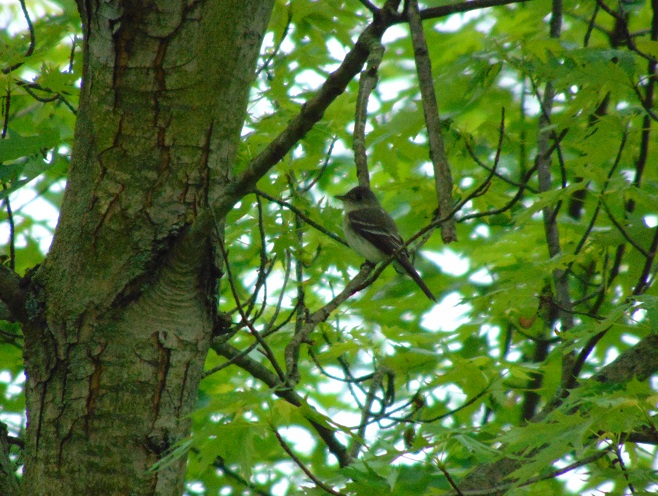

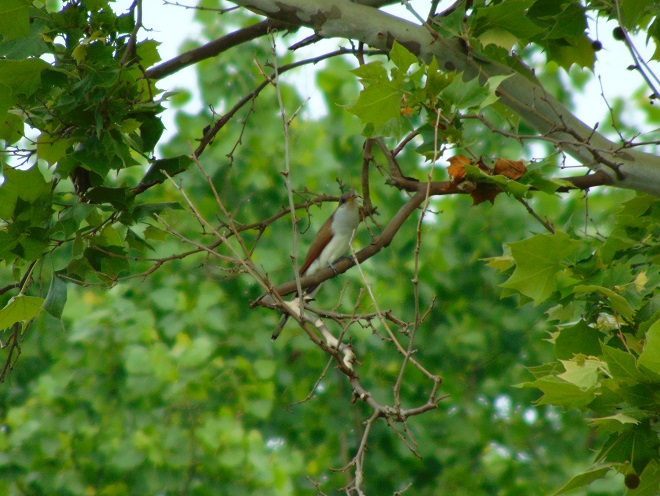
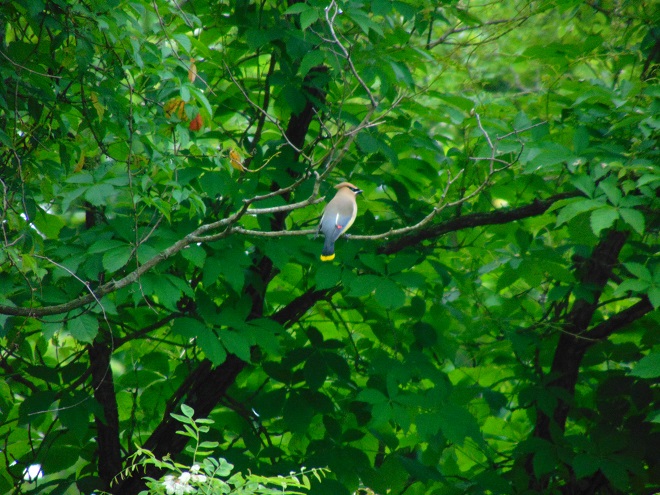
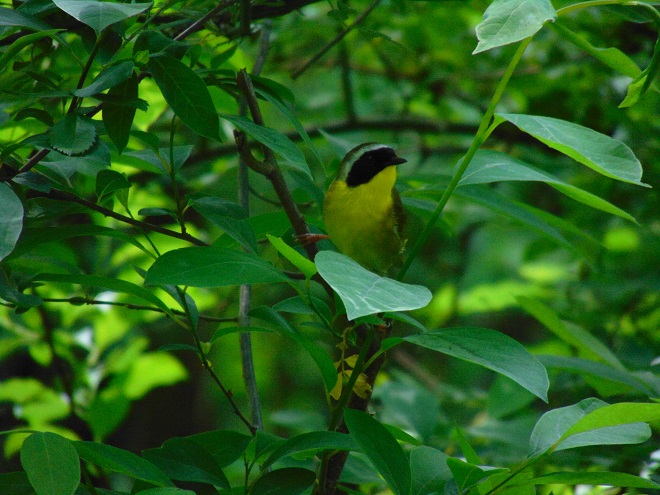
For the birds that arrive earlier in spring than the Neotropical migrants, the breeding season is well underway. The wet weather may be impacting the success of the early nests.
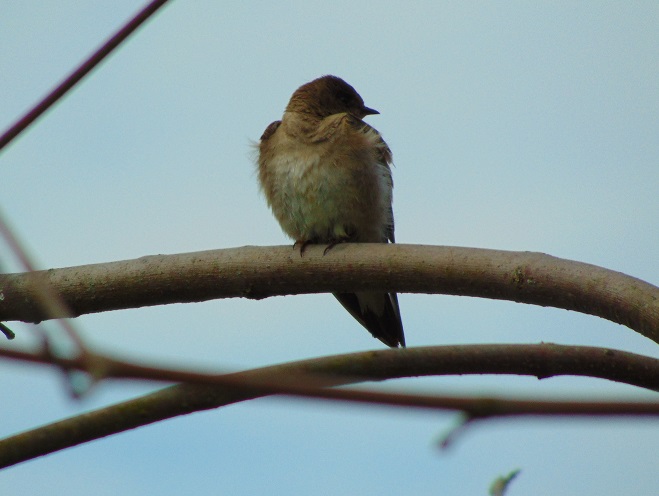
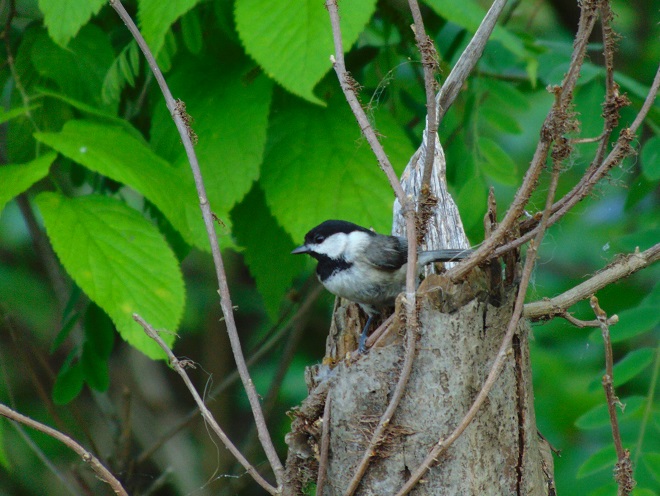
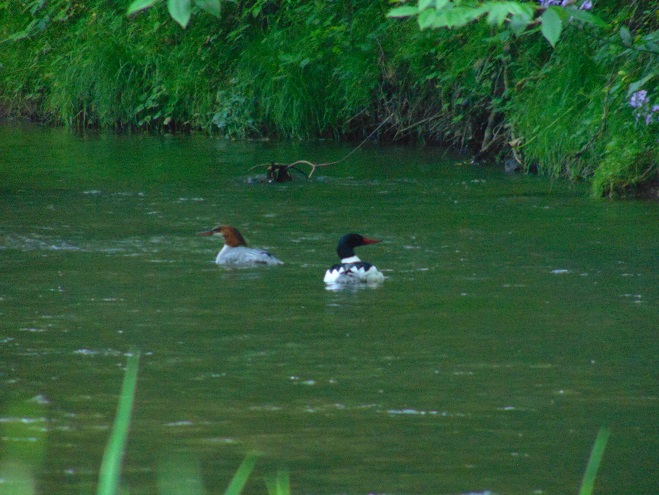
So long for now, if you’ll excuse me please, I have a sore neck to tend to.
The warm weather late last week and the several inches of rain that followed have left the farm fields of the lower Susquehanna valley a soggy muddy mess…waterlogged. Runoff has made its way down the tributaries to raise the waters of the river and fill up its banks.
Migrating gulls find it difficult to locate food when the Susquehanna becomes a silty turbid torrent. It’s not at all unusual to find hundreds of them enjoying a feast of earthworms in the agricultural uplands when conditions such as these exist. As you may have guessed, the birds alluded to are the familiar Ring-billed Gulls, the same species seen mooching french fries and other snacks in fast-food restaurant parking lots. They are by far the most common inland gull in eastern North America.
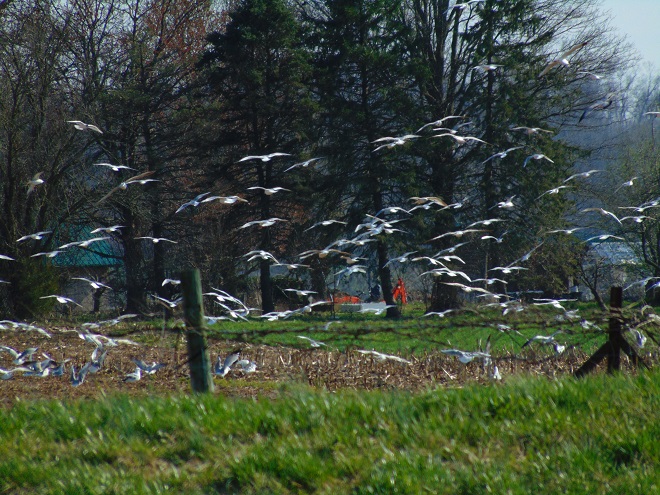
Ring-billed Gulls are notorious for loafing and feeding in flocks which seldom include other species of gulls. They are frequently the smallest gull found in their inland habitats, so it is understandable that they may avoid the company of the larger and often more aggressive species.
However, today I was reminded that one must be ever vigilant and check for other species among those flocks presumed to consist solely of Ring-billed Gulls, particularly during times when the river is so inhospitable to passing migrants.
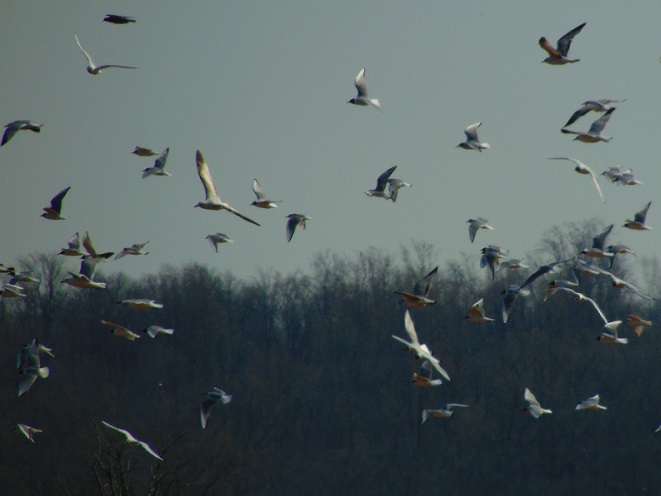
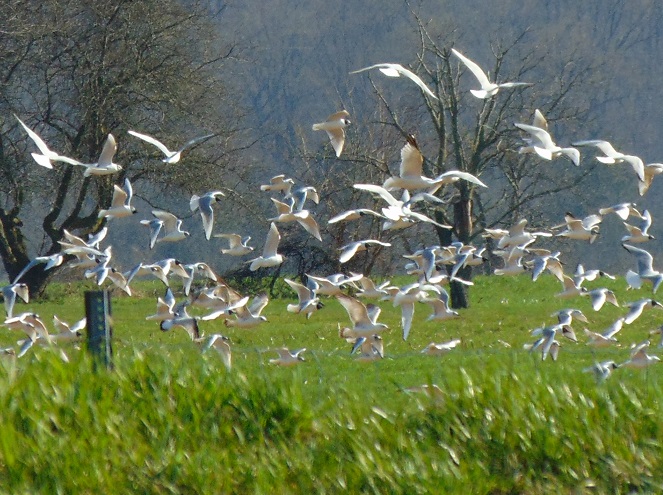


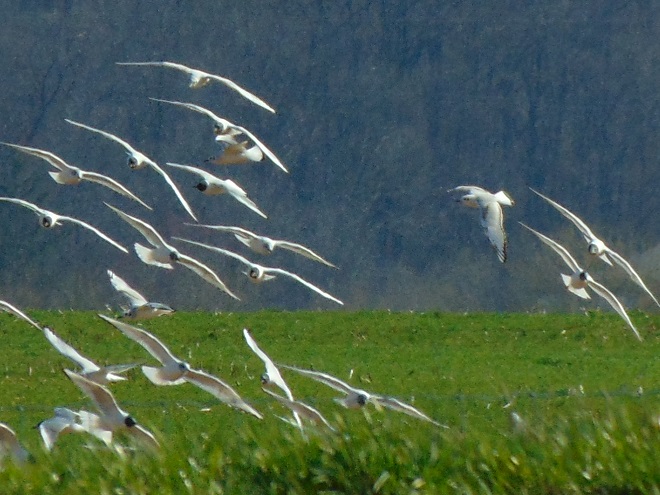

It seems as though the birds have grown impatient for typical spring weather to arrive. The increase in hours of daylight has signaled them that breeding time is here. No further delays can be entertained. They’ve got a schedule to keep.
Thursday, March 29: Winds began blowing from the southwest, breaking a cold spell which had persisted since last week’s snowfall. Birds were on the move ahead of an approaching rainy cold front.
Friday, March 30: Temperatures reached 60 degrees at last. Birds were again moving north through the day, despite rain showers and a change in wind direction—from the northwest and cooler following the passage of the front in the late morning.
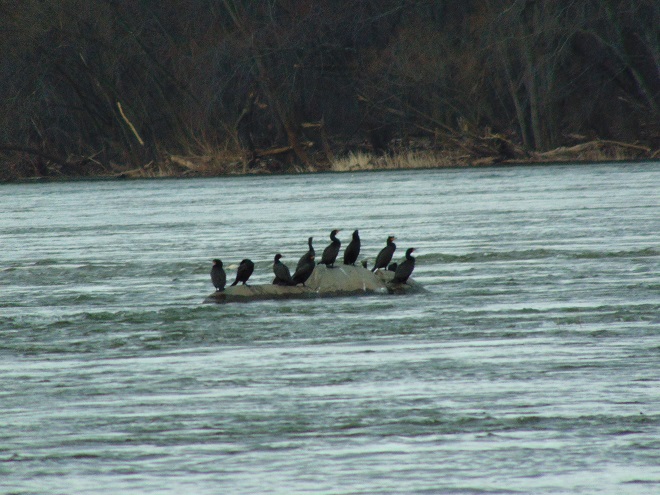
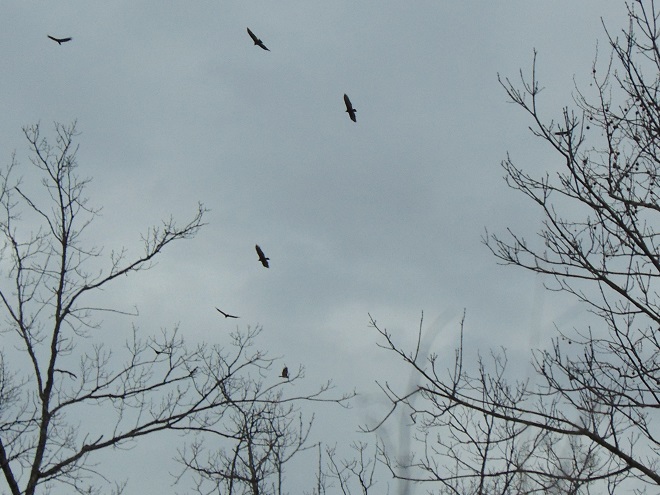
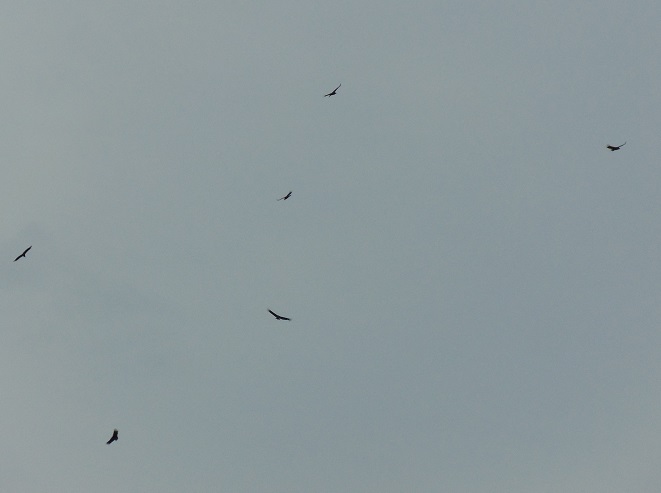
Saturday, March 31: It was cooler, but birds were still on the wing headed north.
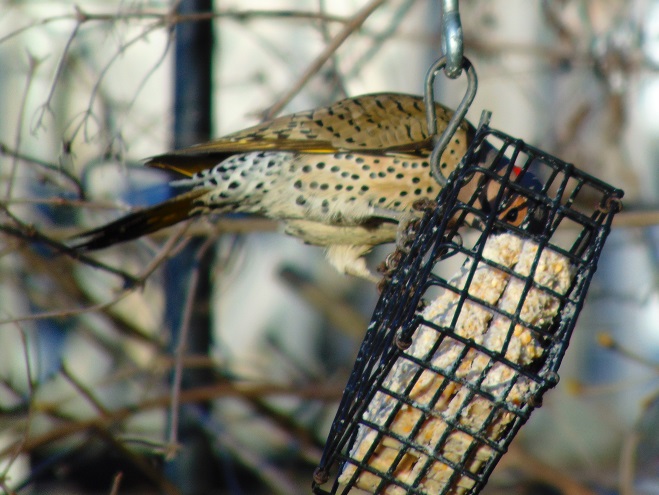
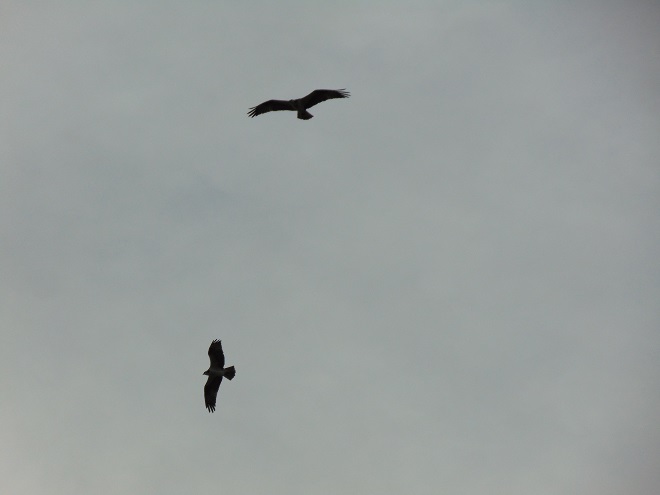
Sunday, April 1: The morning was pleasant, but conditions became cooler and breezy in the afternoon. Migratory and resident birds began feeding ahead of another storm.
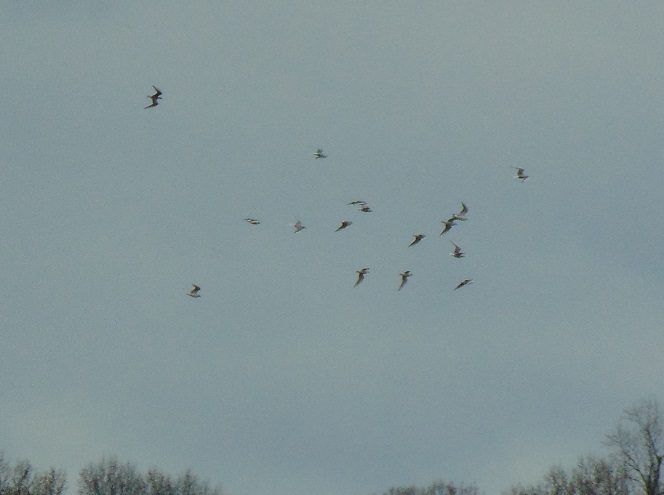
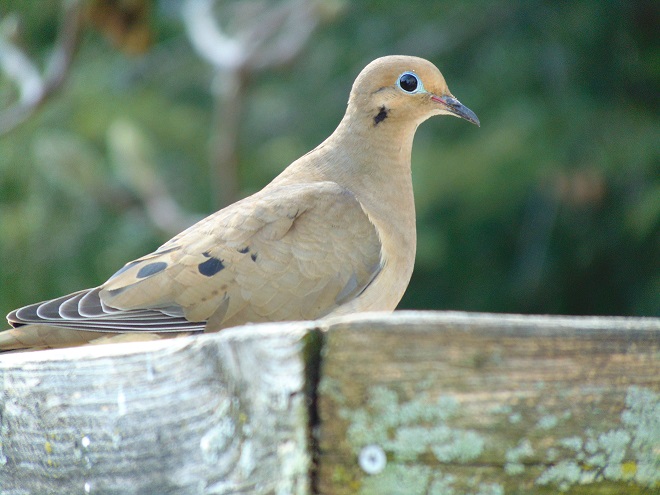


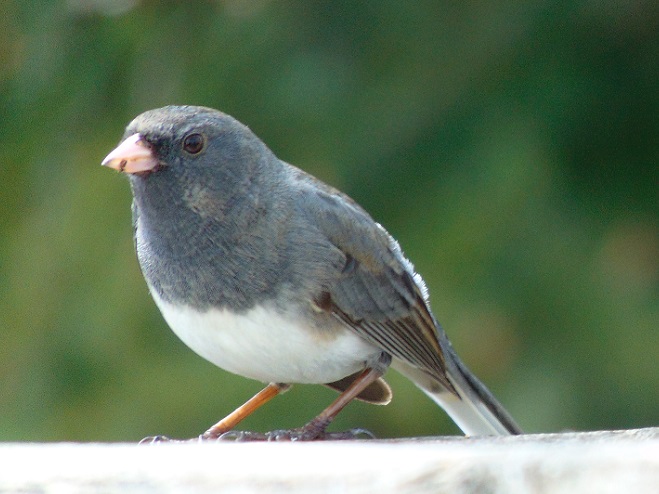
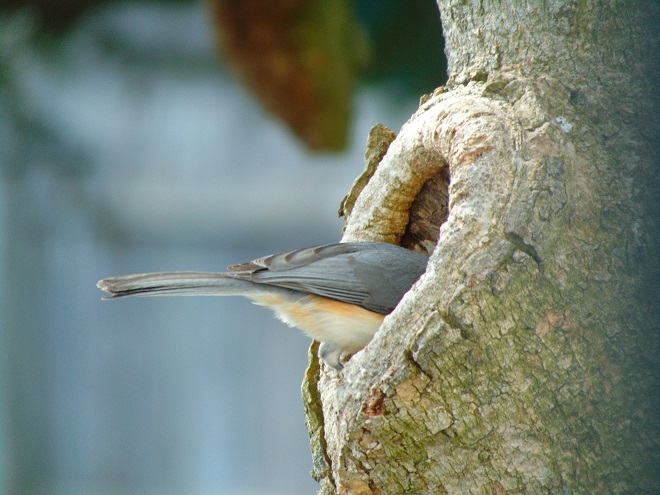

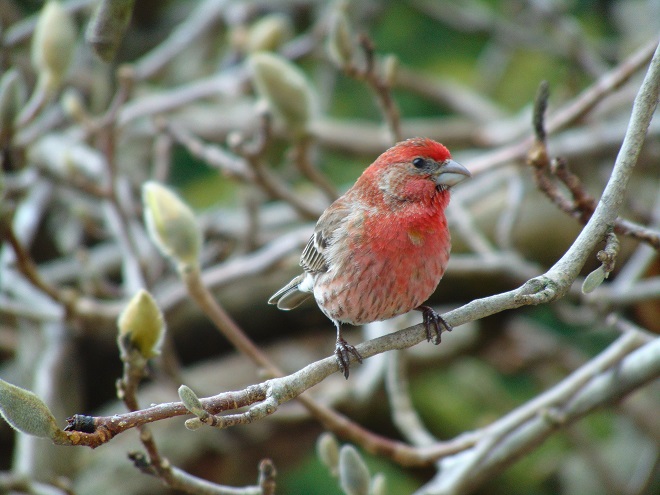
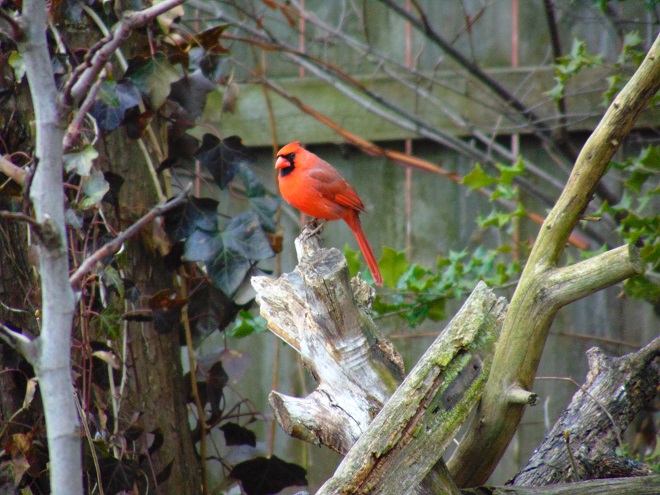
Monday, April 2: Snow fell again, overnight and through the morning—a couple of inches. Most of the snow had melted away by late afternoon.
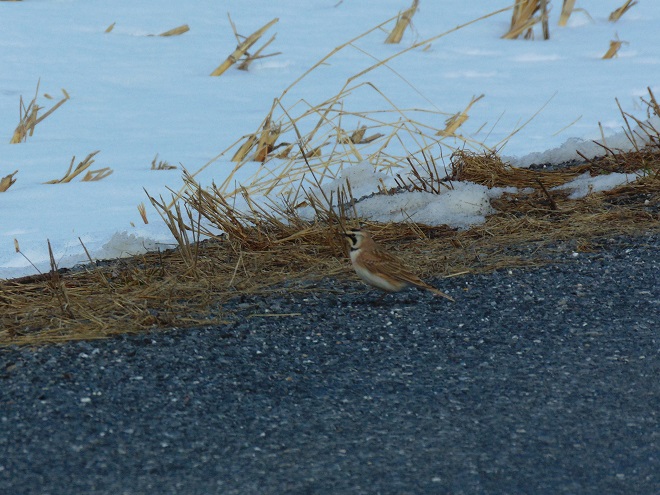
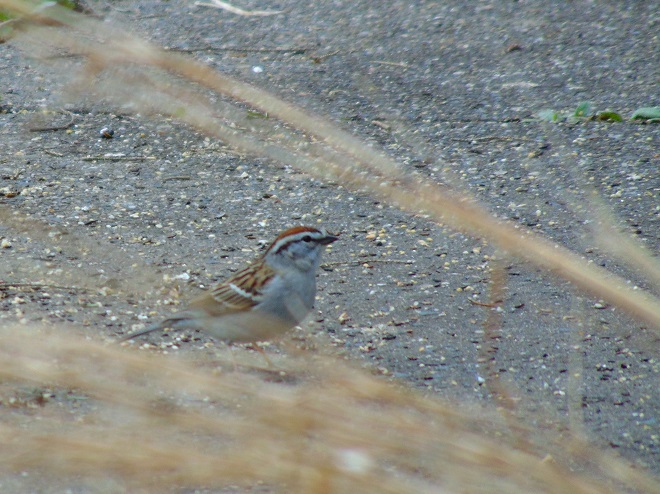
Snow accumulations from yesterday’s storm amounted to approximately 12 inches in the vicinity of Conewago Falls, some areas of the lower Susquehanna valley receiving more.
American Robins were in the process of moving north through the region in abundance just prior to the arrival of our latest “nor’easter”. When the storm struck in the early morning hours yesterday, their flights were grounded. After sunrise this morning, hungry robins quickly seized the opportunity to feed using the only open ground available—the edges of cleared roadways, particularly where they pass through woodlots and agricultural lands. Other migrants use the same strategy, picking and probing the wet soils alongside quickly thawing pavement to search for morsels of sustenance.
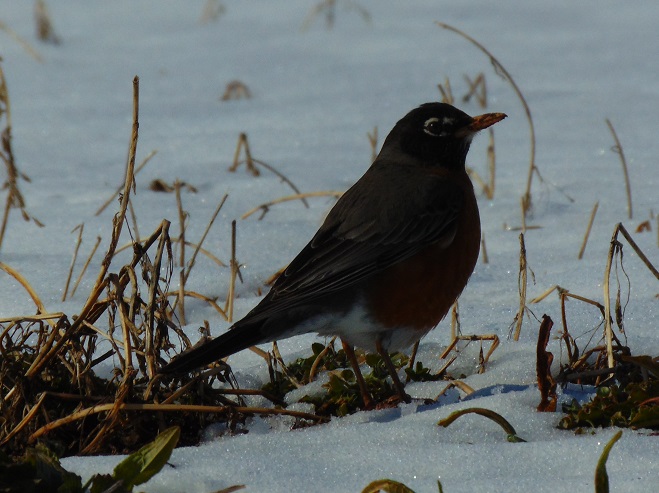
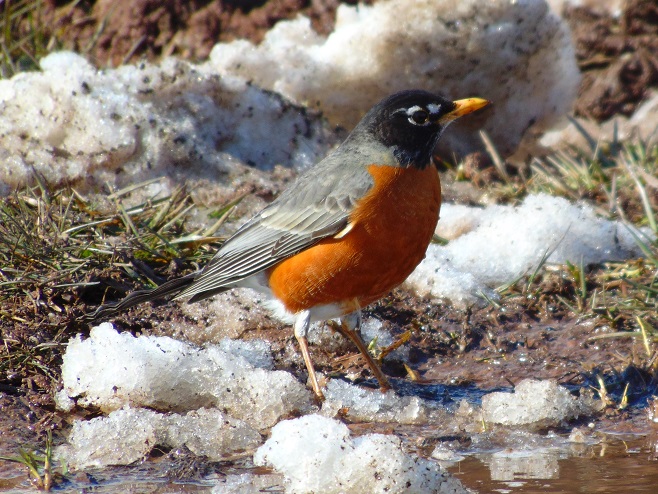
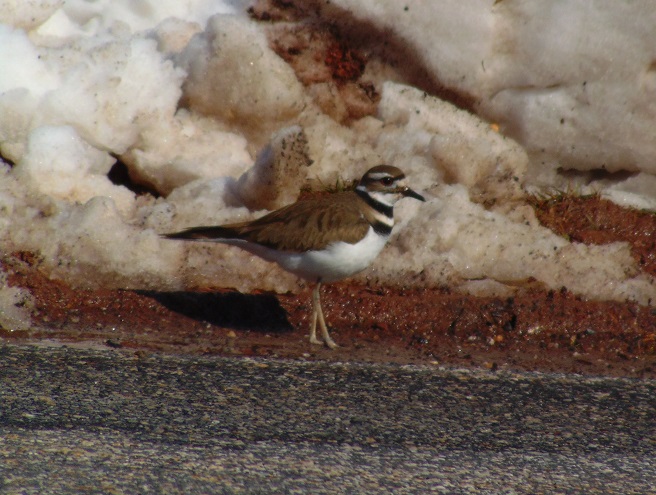
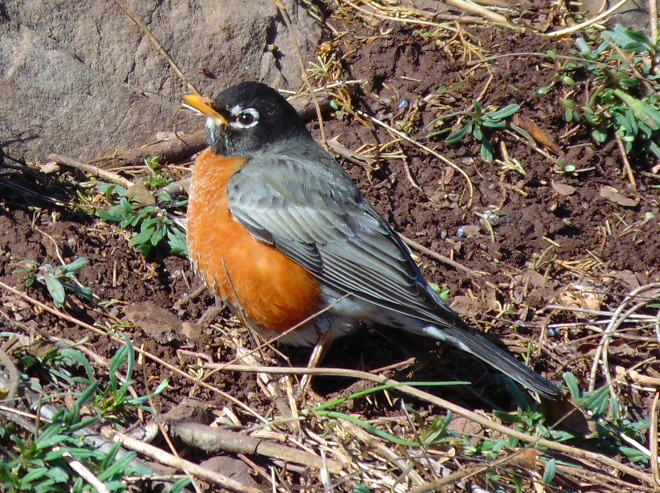
You remember the signs of an early spring, don’t you? It was a mild, almost balmy, February. The earliest of the spring migrants such as robins and blackbirds were moving north through the Lower Susquehanna River Watershed. The snow had melted and ice on the river had passed. Everyone was outdoors once again. At last, winter was over and only the warmer months lie ahead…beginning with March.
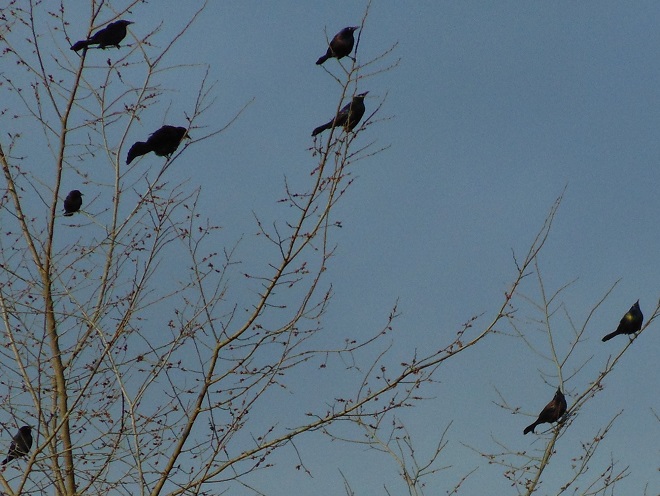
Ah yes, March, the cold windy month of March. We remember February fondly, but this March has startled us out of our vernal daydreams to wrestle with the reality of the season. And if you’re anywhere near the Mid-Atlantic states on this first full day of spring, you know that a long winter’s nap and visions of sugar peas would be time better spent than a stroll outdoors. Presently it’s dusk, and the snow from the 4th “Nor’easter” in a month is a foot deep and still falling.
In honor of “The Spring That Was”, here then is a sampling of some of the migratory waterfowl that have found their way to the Lower Susquehanna River Watershed during March. Some are probably lingering and feeding for a while. All will move along to their breeding grounds within a couple of weeks, regardless of the weather.
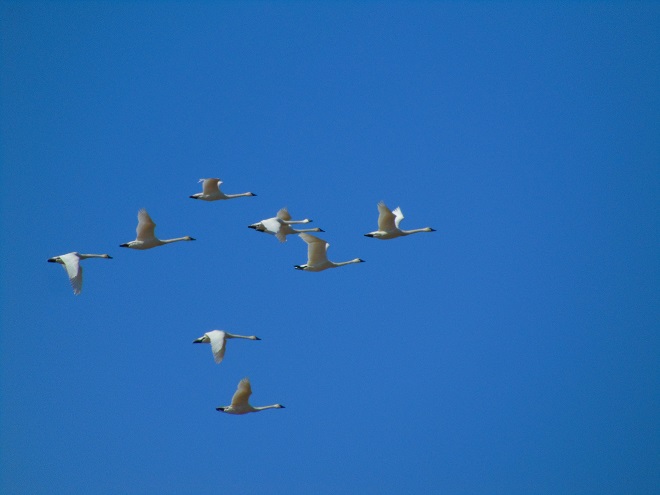
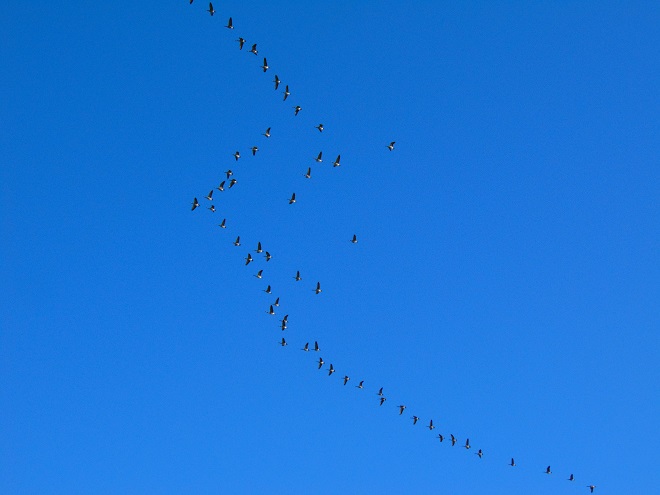

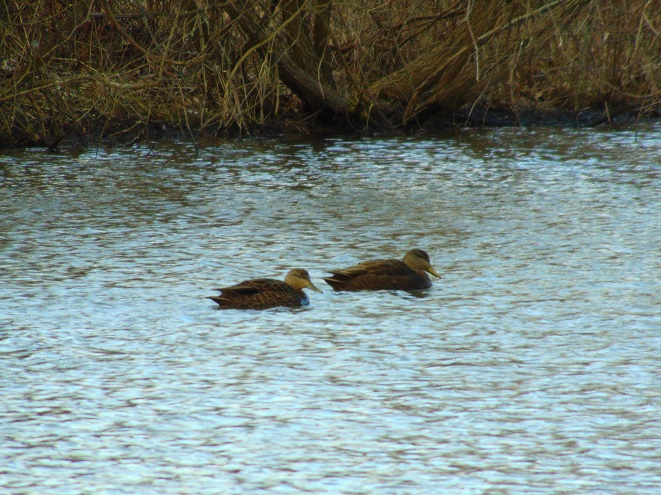
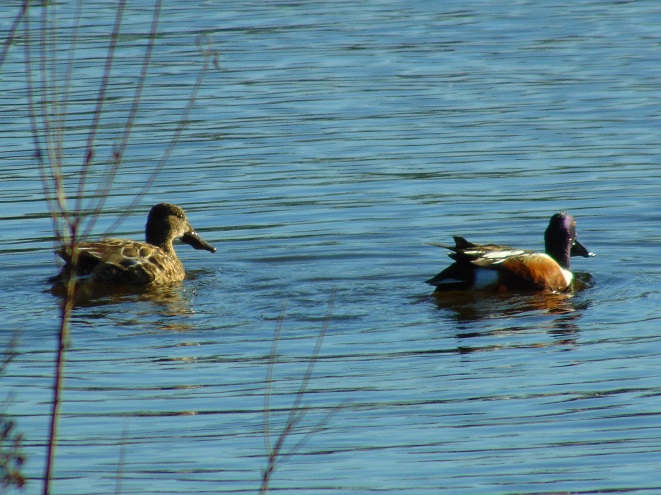
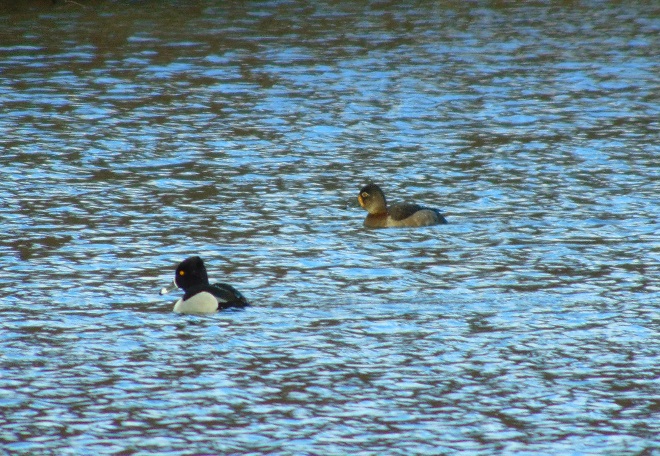

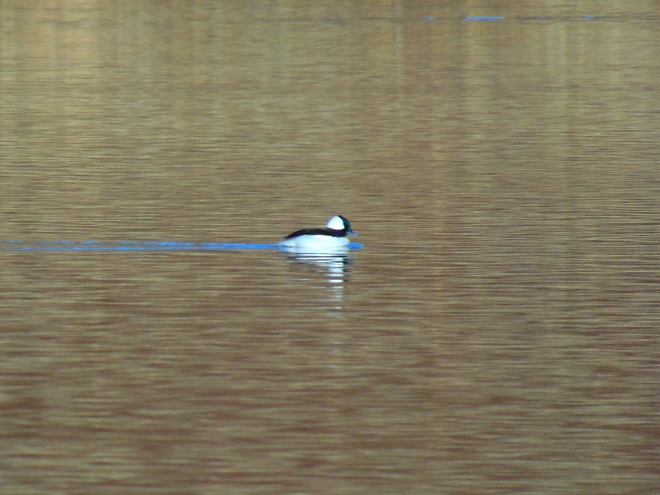

Many are wont to say that they have no capacity for scientific pursuits, and having no capacity, they consequently have no love for them. I do not believe, that as a general thing, a love for science is necessarily innate in any man. It is the subject of cultivation and is therefore acquired. There are doubtless many, whose love for these and kindred pursuits is hereditary, through the mental biases and preoccupations of their progenitors, but in the masses of mankind it is quite otherwise. In this consists its redeeming qualities, for I do not think the truly scientific mind can either be an idle, a disorderly, or a very wicked one. There may be scientific men, who, forgetful of its teachings, are imperious and ambitious–who may have foregone their fealty to their country and their God, but as a general thing they are humble, social and law-abiding. If, therefore, there is a human being who desires to break off from old and evil associations, and form new and more virtuous ones, I would advise him to turn his attention to some scientific specialty, for the cultivation of a new affection, if there are no other and higher influences more accessible. In this pursuit he will, in time, be enabled to supplant the old and heartfelt affection. The occupation of his mind in the pursuit of scientific lore will wean him from vicious, trivial, and unmanly pursuits, and point out to him a way that is pleasant and instructive to walk in, which will ultimately lead to moral and intellectual usefulness. I wish I was accessible to them, and possessed the ability to impress this truth with sufficient emphasis upon the minds of the rising generation. This fact, that in all moral reformations, a love for the opposite of any besetting evil must be cultivated, before that evil can be surely eradicated, has been too much overlooked and too little valued in moral ethics. But true progress in this direction implies that, under all circumstances, men should “act in freedom according to reason.”
-Simon S. Rathvon
In the cellar of the North Museum on the campus of Franklin and Marshall College in Lancaster, Pennsylvania, is an assemblage of natural history specimens of great antiquity. The core of the collection has its origins in the endeavors of a group of mid-to-late nineteenth-century naturalists whose diligence provided a most thorough study of the plants and animals found within what was at the time America’s most productive farming county.
The members of the Linnaean Society of Lancaster City and County shared a passion for collecting, identifying, classifying, and documenting the flora and fauna of the region. Some members were formally educated and earned a living in the field of science, but the majority were in the process of self-education and balanced their natural history occupation with an unrelated means to provide financially for their families. The latter benefited greatly from their associations with the former, gaining expertise and knowledge while participating in the functions of the group.
On February 24, 1866, Simon S. Rathvon, the society’s Treasurer, read an essay in commemoration of the group’s fourth anniversary. Rathvon earned a living as a tailor, first in Marietta, a thriving river town at the time, then in Lancaster City. In 1840, Rathvon was elected into the Marietta Natural History Lyceum where, as a collections curator, he became associated with principals Judge John J. Libhart, an amateur ornithologist, and Samuel S. Haldeman, a geologist and soon to be widely-known malacologist. Haldeman, in 1842, upon noticing the new member’s interest in beetles and other insects, provided books, guidance, and inspiration, thus intensifying Rathvon’s study of entomology. Rathvon’s steadfast dedication eventually led to his numerous achievements in the field which included the publication of over 30 papers, many on the topic of agricultural entomology. Rathvon’s scientific understanding of insect identification and taxonomy was a foundation for his practical entomology, which moved beyond mere insect collection to focus upon the study of the life histories of insects, particularly the good and bad things they do. He then applied that knowledge to help growers solve pest problems, often stressing the value of beneficial species for maintaining a balance in nature. From 1869 through 1884, Rathvon edited and published Lancaster Farmer, a monthly (quarterly from 1874) agricultural journal in which he educated patrons with his articles on “economic entomology”. Rathvon continued earning a living in the tailor business, seemingly frustrated that his financially prudent advice on insect control in Lancaster Farmer failed to entice more would-be readers to part with the one dollar annual subscription fee. For many years, Rathvon crafted articles for local newspapers and wrote reports for the United States Department of Agriculture. In recognition of his achievements, Simon Rathvon received an honorary Ph.D. from Franklin and Marshall College in 1878.
In Rathvon’s anniversary essay, he details the origins of the Linnaean Society as a natural science committee within the “Lancaster Historical, Mechanical, and Horticultural Society” founded in 1853. The members of the committee, not finding sufficient support within the parent organization for their desired mission, “the cultivation and investigation of the natural history of Lancaster County…”, sought to form an independent natural history society. In February of 1862, the “Linnaean Society of Lancaster City and County” was founded to fulfill these ambitions.
Above all else, the written works by the members of the Linnaean Society and their predecessors have provided us with detailed accounts of the plants and animals found in Lancaster County, and in the lower Susquehanna River valley, using scientific binomial nomenclature, a genus and species name, as opposed to the variable folk and common names which, when used exclusively, often confuse or mislead readers. Consider the number of common names a species could have if just one was assigned by each of the languages of the world. Binomial nomenclature assigns one designation, a genus name and species name, in Latin, to each life-form (such as Homo sapiens for Humans), and it is adopted universally.
Rathvon would say of the naming of the Linnaean Society:
“…the name which the Society has adopted is in honorable commemoration of LINNAEUS, the great Swedish naturalist—one who may be justly regarded as a father in Natural Science. To him belongs the honor of having first promulgated the “binomial system of nomenclature,” a system that has done more to simplify the study of natural science than any light that has been brought to the subject by any man in any age.”
Carl Linnaeus lived from 1707 to 1778, and published his first edition of Systema Naturae in 1735.
The names of a number of the members and corresponding members on the Linnaean Society of Lancaster City and County’s rolls remain familiar. John P. McCaskey (educator) served as Corresponding Secretary. Doctor Abram P. Garber was a prominent Lancaster botanist and society member. Professor Samuel S. Haldeman (naturalist, geologist, and philologist), Professor J. L. LeConte (entomologist), Judge John J. Libhart, Professor Asa Gray (botanist), and the foremost legal egalitarian in the United States House of Representatives, the Honorable Thaddeus Stevens, were listed among the roster of corresponding members.
By the end of its fourth year, Rathvon enumerated the specimens in the collections of the society to exceed 32,000. These included all the species of mosses and plants known in the county, 200 bird specimens, an enormous insect collection with nearly 12,000 Coleoptera (Beetles), and more than 1,400 mollusk shells. The work of the society had already provided a thorough baseline of the flora and fauna of the lower Susquehanna River valley and Lancaster County.
Rathvon would continue as Treasurer and primary curator through the group’s first twenty-five years, their most active. By 1887, their library contained over 1,000 volumes, they possessed over 40,000 specimens, and more than 600 scientific papers had been read at their meetings.
Many of the society’s specimens were moved to the custody of Franklin and Marshall College following the group’s dissolution. In 1953, the collection found a home on the F&M campus at the newly constructed North Museum, named for benefactor Hugh M. North, where many of the specimens, particularly the birds, are on prominent display.
Among the mounted specimens in the North Museum collection is a Heath Hen, once a numerous coastal plain bird which was also of limited abundance in the Piedmont Province areas of southeast Pennsylvania prior to its rapid decline during the first half of the nineteenth century. In southern Lancaster County, the burned grasslands of the serpentine barrens in Fulton Township may have provided suitable Heath Hen habitat prior to the bird’s demise. Curiously, Judge John J. Libhart did not note the Heath Hen in his enumeration of the birds of Lancaster County in either 1844 or 1869, indicating it was seriously imperiled or may have already been extirpated.
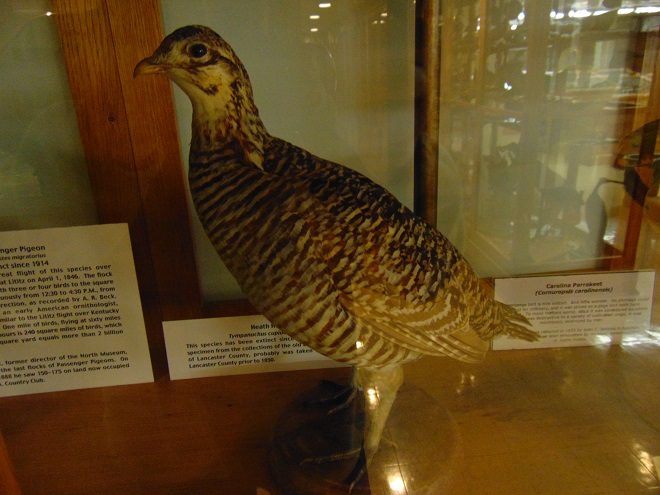
The Heath Hen was extirpated from its entire Atlantic Coastal Plain mainland range by the mid-1860s. The last remaining population was restricted to Martha’s Vineyard where, for the first time, a conservation effort was initiated to try to save a species. After some promising rebounds, the Heath Hen’s recovery failed for a variety of reasons including: the population’s isolation on an island, severe winter storms, feral cat predation, and a flawed understanding of methods for conducting mosaic burns to maintain the bird’s scrub habitat and prevent large catastrophic fires. A large fire in 1906 reduced the island population to just 80 birds, then there was a strong rebound to an estimated 2,000 birds (800 counted) by April, 1916. One month later, a fire burned twenty percent of Martha’s Vineyard, striking while females were on the nest, and leaving mostly males as survivors. A downward spiral in numbers followed for another decade. Finally, from 1929 until his death in 1932, “Booming Ben”, the last Heath Hen, searched the island every spring for a mate that wasn’t there.
Based on life history and the morphology of specimens, the Heath Hen has long been considered to be a subspecies of the Greater Prairie Chicken (Tympanuchus cupido pinnatus), a bird of the tallgrass prairies. However, for more than a decade now, modern DNA analysis has kept taxonomists busy reclassifying and reworking the “tree of life”. For certain species, genetic discoveries often disqualify the long-trusted practice of determining a binomial name based on the visual appearance of specimens. Molecular study is making Linnaean classification more scientific, and is gradually untangling a web of names that man has been weaving for 200 years, often with scant evidence, in an effort to better understand the world around him. In the case of the Heath Hen, DNA research has thus far failed to conclusively determine its relationship to other species of prairie chickens. The lack of a sufficient pool of genetic material, particularly from mainland Heath Hens, reduces the ability of researchers to draw conclusions on this group of birds. There remains the possibility that the Heath Hen was genetically distinct from the Greater Prairie Chickens of the mid-western United States. This would be bad news for organizations studying the possibility of introducing the latter into the former’s historic range as a restoration program.
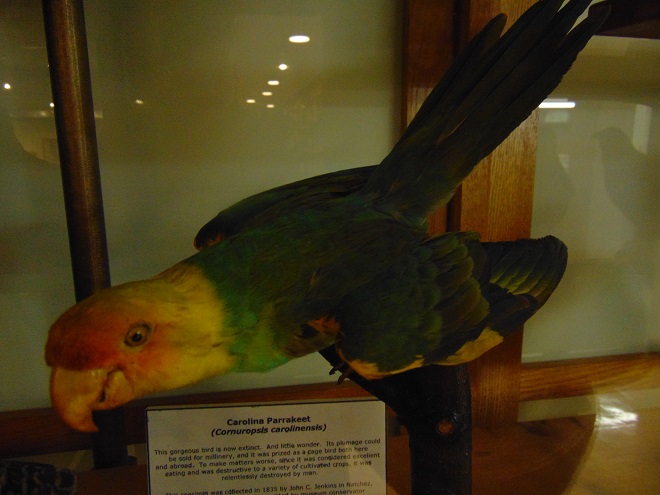
The last Carolina Parakeet (the only parrot species native to the eastern United States) died in captivity in the Cincinnati Zoo on February 21, 1918, one hundred years ago this past week. It was a species inhabiting primarily the lowland forests of the southeastern United States
In Lancaster County, Judge John J. Libhart wrote of the species in 1869, “…Carolina Parrot, Accidental; a flock seen near Manheim by Mr. G. W. Hensel.” Libhart did not mention the species in his earlier ornithological writings (1844). Therefore, the Hensel sighting probably occurred sometime between 1844 and 1869. The fate of a specimen reported to have been collected in the town of Willow Street sometime during the nineteenth century is unknown, the written details lack the date of its origin and other particulars that may clarify the authenticity of the sighting.
McKinley (1979) researched numerous historical sight records of Carolina Parakeets, but found no specimen from Lancaster County, or from Pennsylvania, New Jersey, Delaware, the District of Columbia, or Maryland to substantiate any of the reports in the Mid-Atlantic states. In the days prior to high-speed photography, verification and documentation of the presence of an animal species relied on what seems today to be a brutal and excessive method of nature study, killing. Lacking a specimen, the historical status of Carolina Parakeets in Pennsylvania, an area often considered to be within the bird’s former range, may be considered by many authorities to be hypothetical.
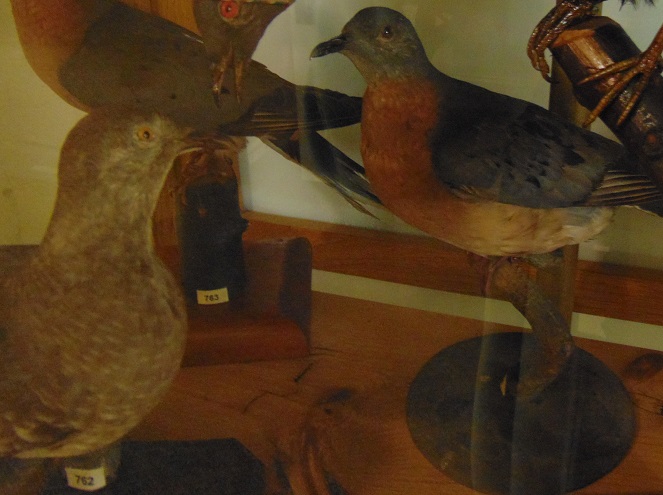
The Passenger Pigeon, too, has been extinct for more than a century. In Lancaster County, Judge John J. Libhart listed the Passenger Pigeon by the common name “Wild Pigeon” and wrote of the species in 1869, “Migratory; spring and autumn; feeds on grain, oak and beach, mostly on berries; stragglers sometimes remain and breed in the county.” There are numerous accounts of their precipitous decline both locally and throughout their former range, each illustrating the tragic loss of another portion of the North American natural legacy.
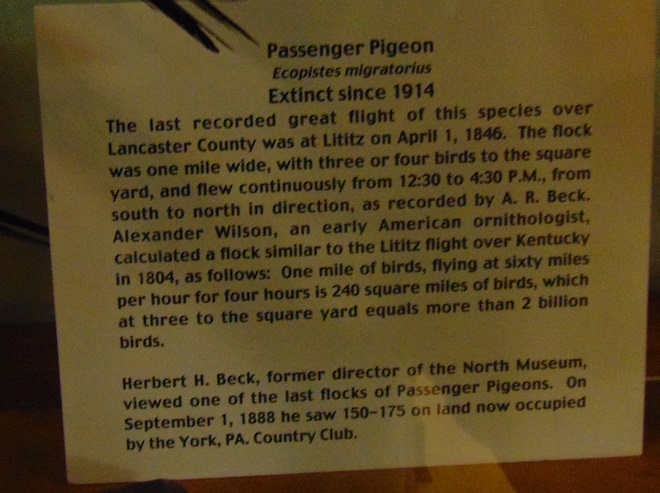
Martha, the last surviving Passenger Pigeon, died on September 1, 1914, in the Cincinnati Zoo. Ironically, the last Carolina Parakeet would die in the same enclosure just three-and-one-half years later. In the wild, the final three records of Passenger Pigeons were all of birds that were shot for taxidermy mounts in 1900, 1901, and 1902—an embarrassing human legacy.
By the early twentieth century, concerned citizens were beginning to realize the danger posed to many species of flora and fauna by man’s activities. In the eastern United States, the vast forests had been logged, the wetlands drained, and the streams and rivers dammed. Nearly all of the landscape had been altered in some way. Animals were harvested with little concern for the sustenance of their populations. Nearly unnoticed, the seemingly endless abundance and diversity of wildlife found in the early days of European colonization had dwindled critically.
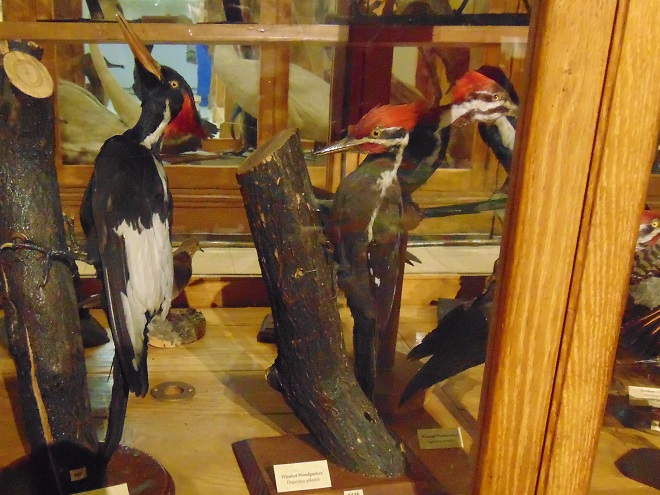
The movement to conserve and protect threatened species from relentless persecution owes its start to the Linnaean taxonomists, the specimen collectors who gave uniformly recognizable names to nearly all of North America’s plants and animals. Significant too were John James Audubon and many others who used specimens as models to create accurate artwork which allowed scientists and citizens alike to learn to identify and name the living things they were seeing and, as time went by, not seeing.
Binomial nomenclature enabled the new conservationists to communicate accurately, reducing misunderstandings resulting from the use of many different names for one species or a shared name for multiple species. Discussions on the status of Columba migratorius (the binomial name for Passenger Pigeon in the nineteenth century) could occur without using the confusing local names for the Passenger Pigeon such as Wood Pigeon or, here in Pennsylvania, Wild Pigeon, a term which could describe any number of free-ranging pigeon or dove species. A binomial name, genus and species, makes the identity of a particular plant or animal, for lack of a more fitting term, specific.
Appreciation for the work completed by taxonomists who killed thousands of animals so each could be classified and assigned a name particular to its lineage is what finally motivated some to seek a cessation of the unchecked catastrophic killing of living things. It’s the paradox of late nineteenth-century conservation. The combined realization that a species is unique among other life-forms and that continuing to kill it for specimens, “style”, “sport”, or just an adrenaline thrill could eliminate it forever became an intolerable revelation. The blood would be on the hands of an audacious mankind, and it was unthinkable. Something had to be done. Unfortunately for the Passenger Pigeon, the Carolina Parakeet, and the Heath Hen, help came too late.
SOURCES
Greenburg, Joel. 2014. A Feathered River Across the Sky: The Passenger Pigeon’s Flight to Extinction. Bloomsbury Publishing. New York.
Libhart, John J. 1844. “Birds of Lancaster County”. I. Daniel Rupp’s History of Lancaster County. Gilbert Hills. Lancaster, PA.
Libhart, John J. 1869. “Ornithology”. J. I. Mombert’s An Authentic History of Lancaster County. J. E. Barr and Company. Lancaster, PA.
McKinley, Daniel. 1979. “History of the Carolina Parakeet in Pennsylvania, New Jersey, Delaware, Maryland, and the District of Columbia”. Maryland Birdlife. 35(1):1-10.
Palkovacs, Eric P.; Oppenheimer, Adam J.; Gladyshev, Eugene; Toepfer, John E.; Amato, George; Chase, Thomas; Caccone, Adalgesia. 2004. “Genetic Evaluation of a Proposed Introduction: The Case of the Greater Prairie Chicken and the Extinct Heath Hen”. Molecular Ecology. 13(7):1759-1769.
Rathvon, S. S. 1866. An Essay on the Origin of the Linnaean Society of Lancaster City and County, Its Objects and Progress. Pearsol and Geist. Lancaster, Pennsylvania.
Wheeler, Alfred G., Jr. and Miller, Gary L. 2006. “Simon Snyder Rathvon: Popularizer of Agricultural Entomology in Mid-19th Century America”. American Entomologist. 52(1):36-47.
Winpenny, Thomas R. 1990. “The Triumphs and Anguish of a Self-Made Man: 19th Century Naturalist S. S. Rathvon”. Pennsylvania History. 57(2):136-149.
At the moment there is a heavy snow falling, not an unusual occurrence for mid-February, nevertheless, it is a change in weather. Forty-eight hours ago we were in the midst of a steady rain and temperatures were in the sixties. The snow and ice had melted away and a touch of spring was in the air.
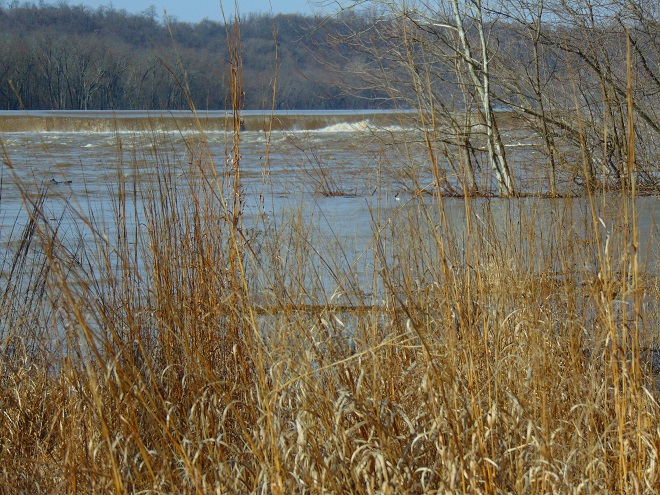
Anyone casually looking about while outdoors during these last several days may have noticed that birds are indeed beginning to migrate north in the lower Susquehanna valley. Killdeer, American Robins, Eastern Bluebirds, Red-winged Blackbirds, and Common Grackles are easily seen or heard in most of the area now.
Just hours ago, between nine o’clock this morning and one o’clock this afternoon, there was a spectacular flight of birds following the river north, their spring migration well underway. In the blue skies above Conewago Falls, a steady parade of Ring-billed Gulls was utilizing thermals and riding a tailwind from the south-southeast to cruise high overhead on a course toward their breeding range.
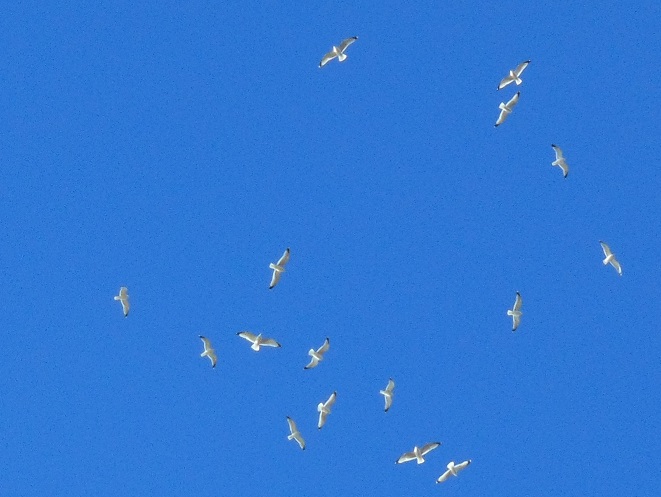
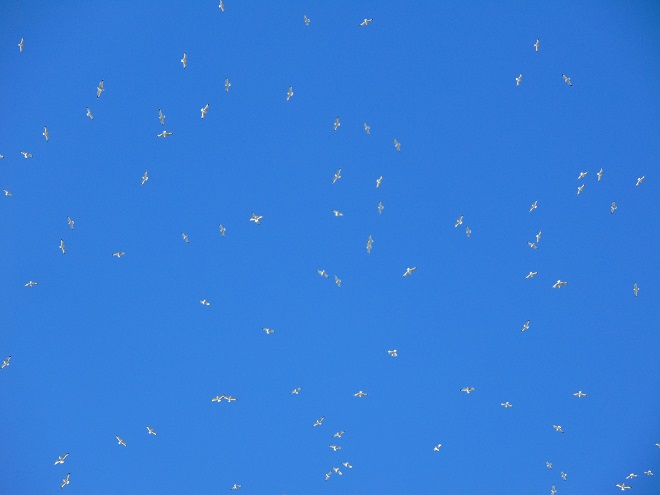
The swirling hoards of Ring-billed Gulls attracted other migrants to take advantage of the thermals and glide paths on the breeze. Right among them were 44 Herring Gulls, 3 Great Black-backed Gulls, 12 Tundra Swans (Cygnus columbianus), 10 Canada Geese, 3 Northern Pintails (Anas acuta), 6 Common Mergansers, 3 Red-tailed Hawks, a Red-shouldered Hawk, 6 Bald Eagles (non-adults), 8 Black Vultures, and 5 Turkey Vultures.
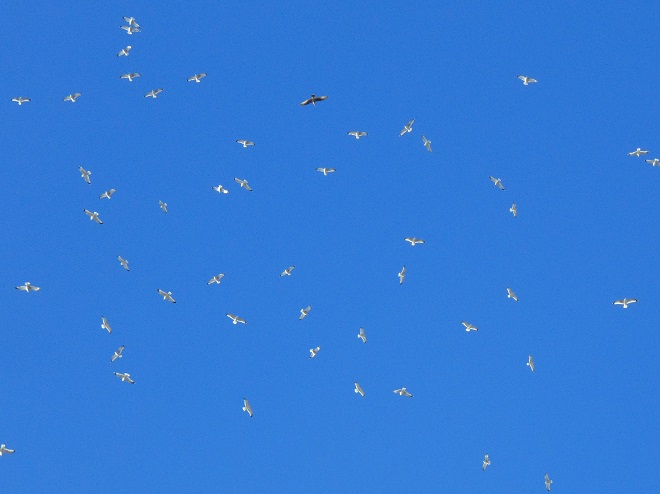
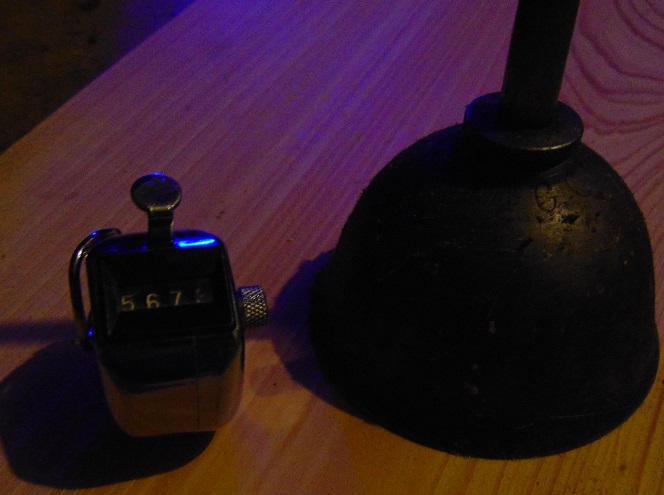
In the afternoon, the clouds closed in quickly, the flight ended, and by dusk more than an inch of snow was on the ground. Looks like spring to me.
Two days ago, widespread rain fell intermittently through the day and steadily into the night in the Susquehanna drainage basin. The temperature was sixty degrees, climbing out of a three-week-long spell of sub-freezing cold in a dramatic way. Above the ice-covered river, a very localized fog swirled in the southerly breezes.
By yesterday, the rain had ended as light snow and a stiff wind from the northwest brought sub-freezing air back to the region. Though less than an inch of rain fell during this event, much of it drained to waterways from frozen or saturated ground. Streams throughout the watershed are being pushed clear of ice as minor flooding lifts and breaks the solid sheets into floating chunks.
Today, as their high flows recede, the smaller creeks and runs are beginning to freeze once again. On larger streams, ice is still exiting with the cresting flows and entering the rising river.


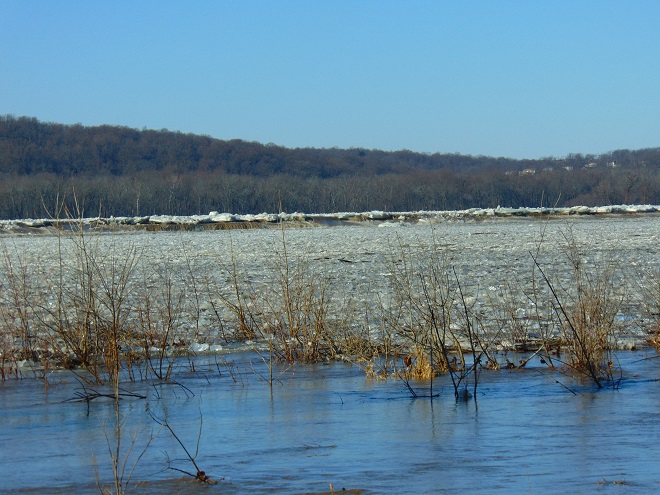
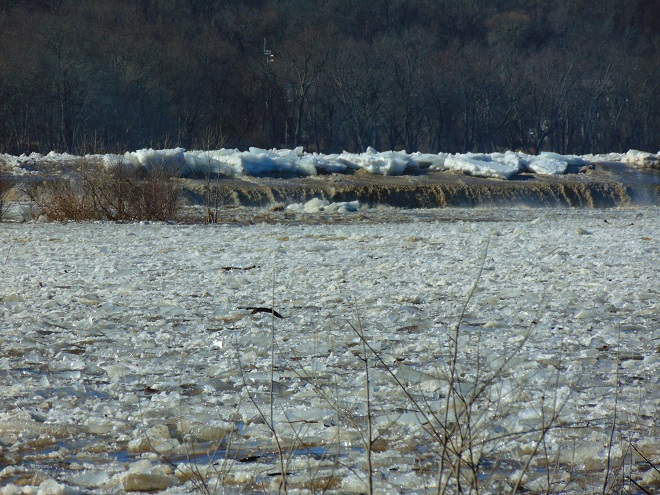


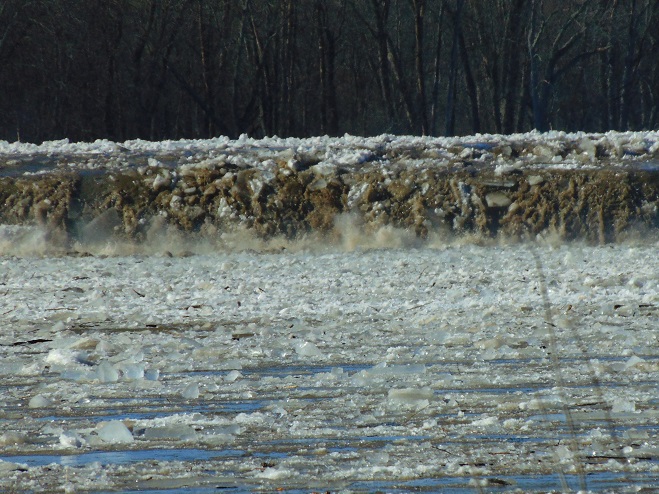
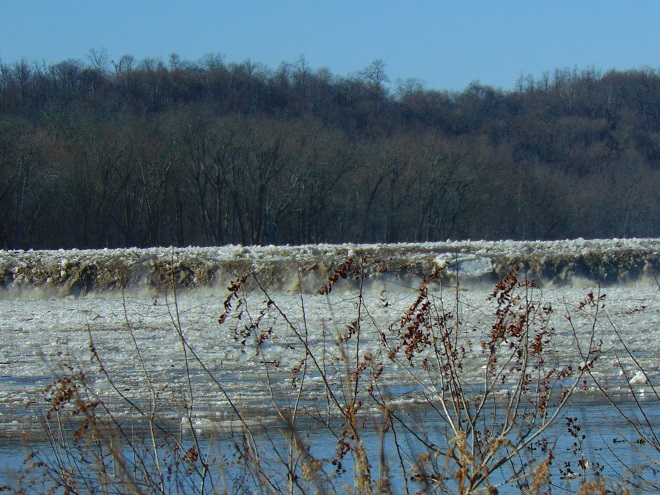
The events of today provide a superb snapshot of how Conewago Falls, particularly the Diabase Pothole Rocks, became such a unique place, thousands of years in the making. Ice and flood events of varying intensity, duration, and composition have sculpted these geomorphologic features and contributed to the creation of the specialized plant and animal communities we find there. Their periodic occurrence is essential to maintaining the uncommon habitats in which these communities thrive.
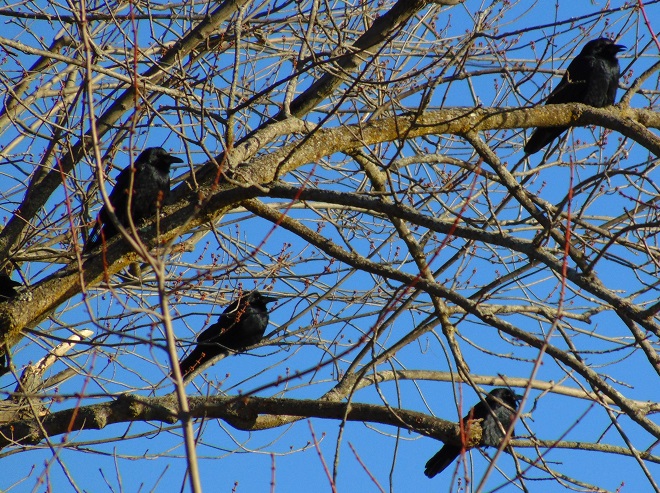
Is this the same Conewago Falls I visited a week ago? Could it really be? Where are all the gulls, the herons, the tiny critters swimming in the potholes, and the leaping fish? Except for a Bald Eagle on a nearby perch, the falls seems inanimate.
Yes, a week of deep freeze has stifled the Susquehanna and much of Conewago Falls. A hike up into the area where the falls churns with great turbulence provided a view of some open water. And a flow of open water is found downstream of the York Haven Dam powerhouse discharge. All else is icing over and freezing solid. The flow of the river pinned beneath is already beginning to heave the flat sheets into piles of jagged ice which accumulate behind obstacles and shallows.
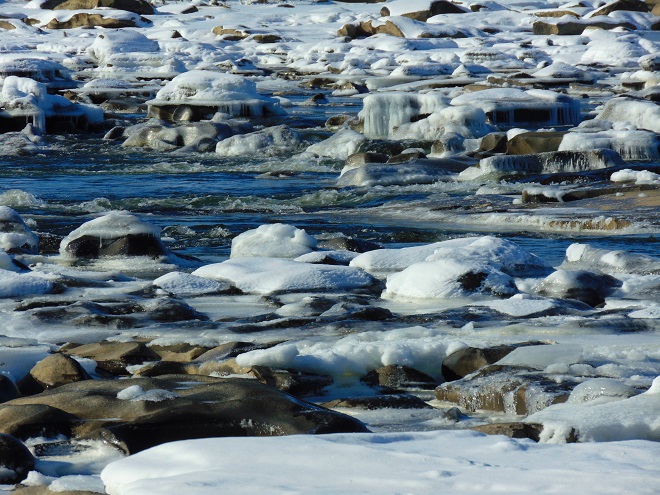
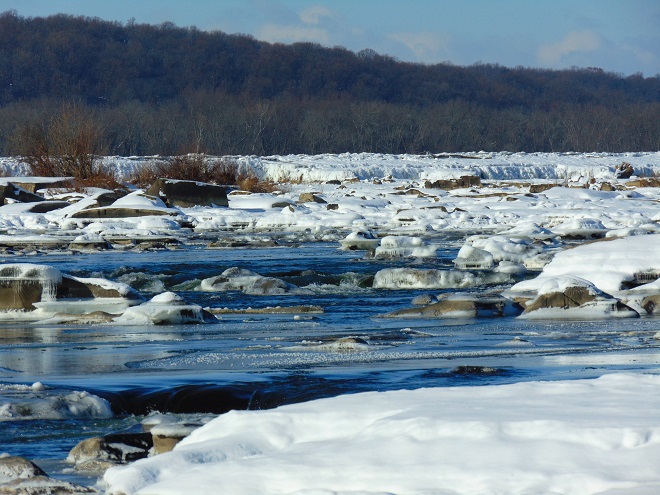
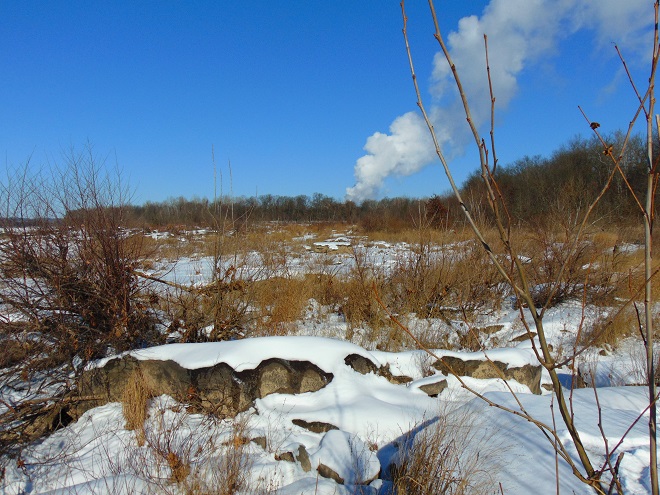
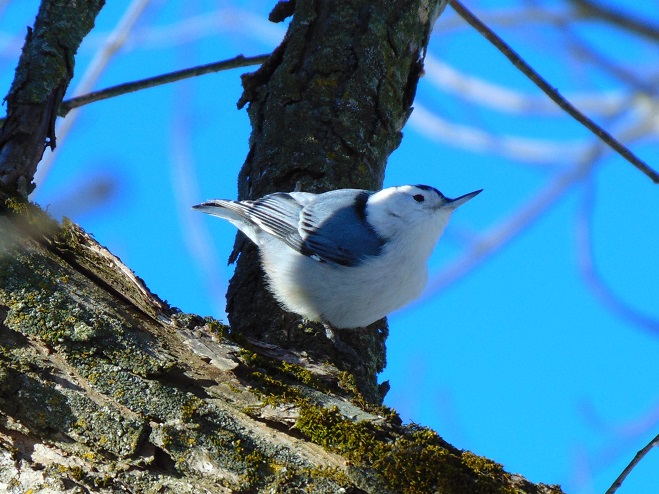

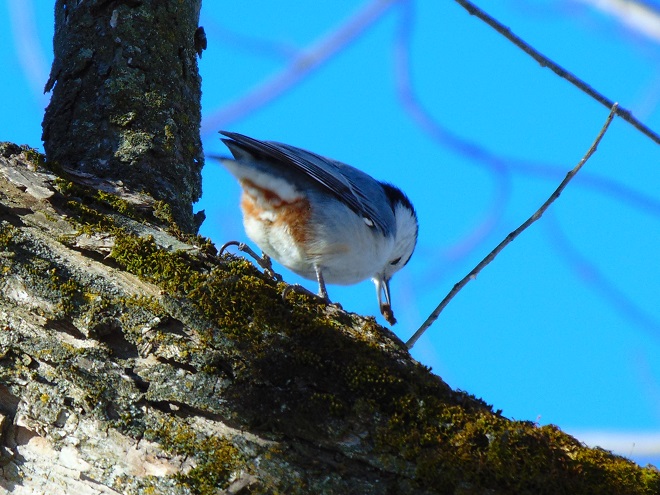
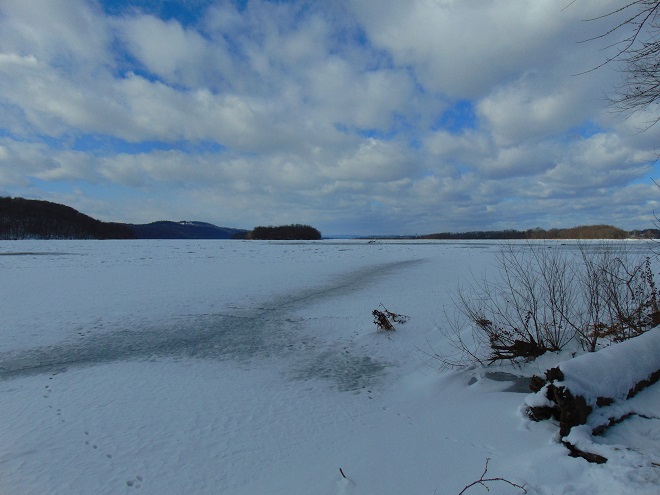

A steady stream of birds was on the move this morning over Conewago Falls. There were hundreds of Ring-billed Gulls, scores of Herring Gulls, and a few Great Black-backed Gulls to dominate the flight. Then too there were thirteen Mallards, Turkey Vultures and a Black Vulture, twenty or more American Robins, a half a dozen Bald Eagles (juvenile and immature birds), a couple of Red-winged Blackbirds, and, perhaps most unusual of all, a flock of a dozen Scoters (Melanitta species), a waterfowl typical of the Mid-Atlantic surf in winter. All of these birds were diligently following the river, and into a headwind no less.
“Hold on just a minute there, buster,” you may say, “I’ve looked at the migration count by dutifully clicking on the logo above and there is nothing but zeroes on the count sheet for today. The season totals have not changed since the previous count day!”
Ah-ha, my dedicated friend, correct you are. It seems that today’s bird flight was solely in one direction. And that direction was upriver, moving north into a north breeze, on a heading which conflicts with all logic for creatures that should still be headed south for winter. As a result, none of the birds observed today were counted on the “Autumn Migration Count”.
You might say, “Don’t you know that Winter Solstice was three days ago, so autumn and autumn migration is over.”
Okay, point well taken. I should therefore clarify that what we title as “Autumn Migration Count” is more accurately a census of birds, insects, and other creatures transiting from northerly latitudes to more favorable latitudes to the south for winter. This transit can begin as early as late June and extend into the first weeks of winter. While most of this movement is motivated by the reduced hours of daylight during the period, late season migrants are often responding to ice, bad weather, or lack of food to prompt a journey further south. Migration south in late December and January occurs even while the amount of daylight is increasing slightly in the days following the Winter Solstice.
So what of the birds seen flying north today? There was some snow cover that has melted away, and the ice that formed on the river a week ago is gone due to the milder than normal temperatures this week.
One may ask, “Were the birds seen today migrating north?”
Let’s look at the species seen moving upriver today a try to determine their motivation.
First, and perhaps most straight-forward, is the huge flight of gulls. Wintering gulls on the Susquehanna River near Conewago Falls tend to spend their nights in flocks on the water or on treeless islands and rocky outcrops in the river. Many hundreds, sometimes thousands, find such favorable sites along the fifteen mile stretch of river from Conewago Falls downstream to Lake Clarke and the Conejohela Flats at Washington Boro. Each morning most of these gulls venture out to suburbia, farmland, landfill, hydroelectric dams, and other sections of river in search of food. Gulls are very able fliers and easily cover dozens of miles outbound and inbound each day in search of food. Many of the gulls seen this morning were probably on their way to the Harrisburg metropolitan area to eat trash. Barring any extraordinary buildups of ice on this section of river, one would expect these gulls to remain and make these daily excursions to food sources through early spring.
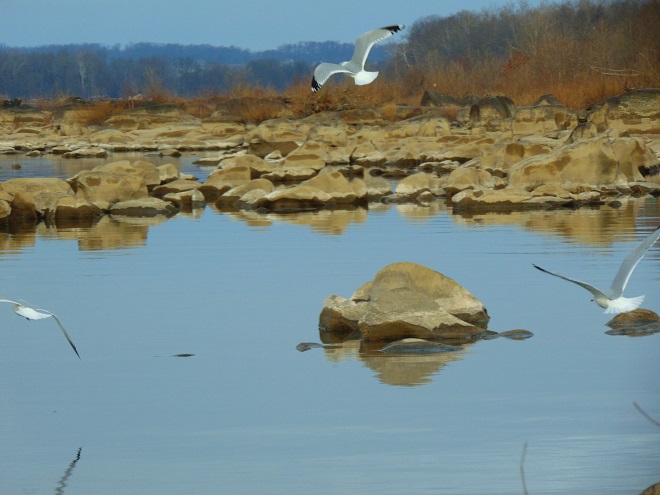
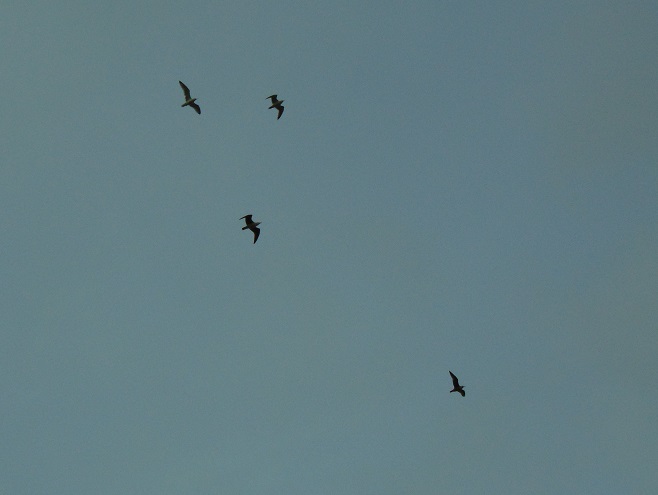
Second, throughout the season Bald Eagles have been tallied on the migration count with caution. Flight altitude, behavior, plumage, and the reaction of the “local” eagles to these transients was carefully considered before counting an eagle as a migrant. They roam a lot, particularly when young, and range widely to feed. The movement of eagles up the river today was probably food related. A gathering of adult, juvenile, and immature Bald Eagles could be seen more than a half mile upstream from the migration count lookout. Those moving up the river seemed to assemble with the “locals” there throughout the morning. White-tailed Deities occasionally drown, particularly when there is thin or unstable ice on the river (as there was last week) and they attempt to tread upon it. Then, their bodies are often stranded among rocks, in trees, or on the crown of the dam. After such a mishap, their carcasses become meals for carrion-eaters in the falls. Such an unfortunate deity, or another source of food, may have been attracting the eagles in numbers today.
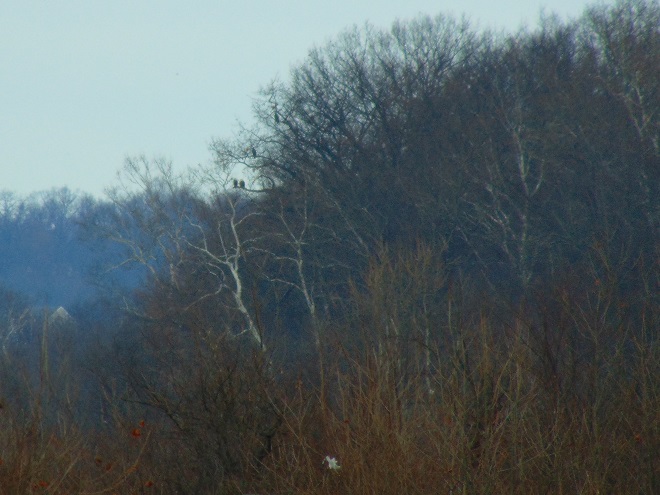
Next, Black and Turkey Vultures often roam widely in search of food. The small numbers seen headed up-river today would tend to mean very little when trying to determine if there is a trend or population shift. Again, food may have been luring them upriver from nearby roosts.
And finally, the scoters, Mallards, American Robins, and Red-winged Blackbirds may have been wandering as well. Toward mid-day, the wind speed picked up and the direction changed to the east. This raises the possibility that these and others of the birds seen today may sense a change in weather, and may seek to take flight from the inclement conditions. Prompted by the ocean breeze and in an attempt to avoid a storm, was there some movement away from the Atlantic Coastal Plain to the upper Piedmont today? Many species may make these types of reactive movements. Is it possible that some birds flee or avoid ever-changing storm tracks and alter there wintering locations based on jet streams, water currents, and other climatic conditions? Probably. These are interesting dynamics and something worthy of study outside the simpler methods of a migration count.
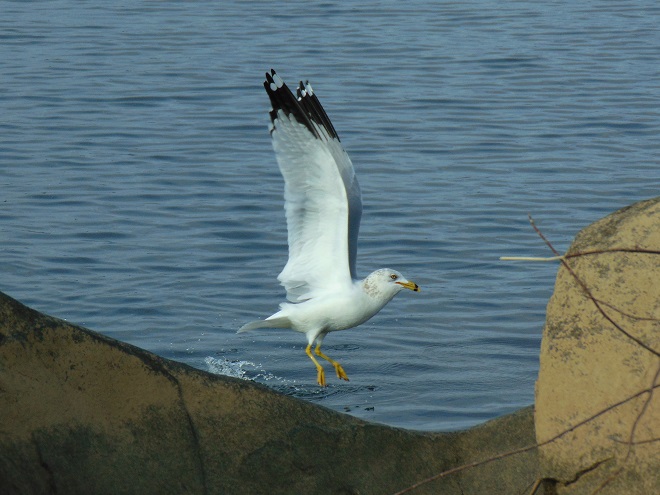
…And if it snows that stretch down south won’t ever stand the strain… –Jimmy Webb
The lower Susquehanna valley’s first snowfall of the season arrived yesterday. By this morning it measured just an inch in depth at Conewago Falls, more to the south and east, less to the west and north. By mid-morning a cold fresh to moderate breeze from the northwest was blowing through the falls and stirring up ripples on the river.
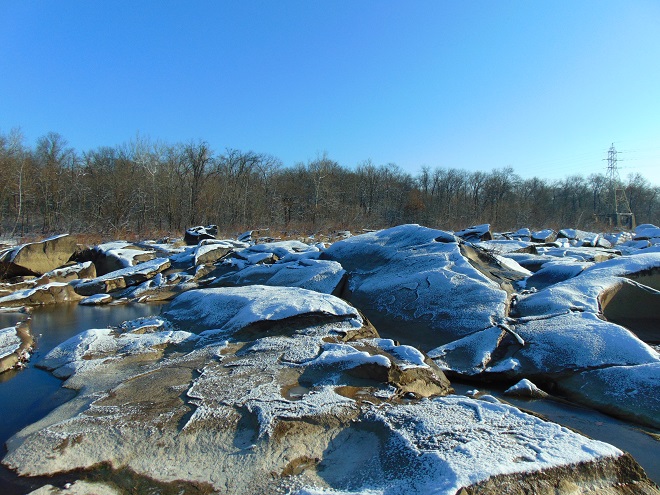
Gulls sailed high overhead on the wind, taking a speedy ride downriver toward Chesapeake Bay, the Atlantic coast, and countless fast-food restaurant parking lots where surviving winter weather is more of a sure thing. Nearly a thousand Ring-billed Gulls soared past the migration count lookout today. Thirteen Herring Gulls and four Great Black-backed Gulls were among them.
Other migrants today included a Mallard, twenty-nine American Black Ducks, two Bald Eagles, eleven Black Vultures, fifteen Turkey Vultures, five American Goldfinches, and fifteen Red-winged Blackbirds. The wintery weather seems to be prompting these late-season travelers to be on their way.

You know, today was like many other days at the falls. As I arrive, I have the habit of checking all the power line towers on both river shorelines to see what may be there awaiting discovery. More often than not, something interesting is perched on one or more of the structures…

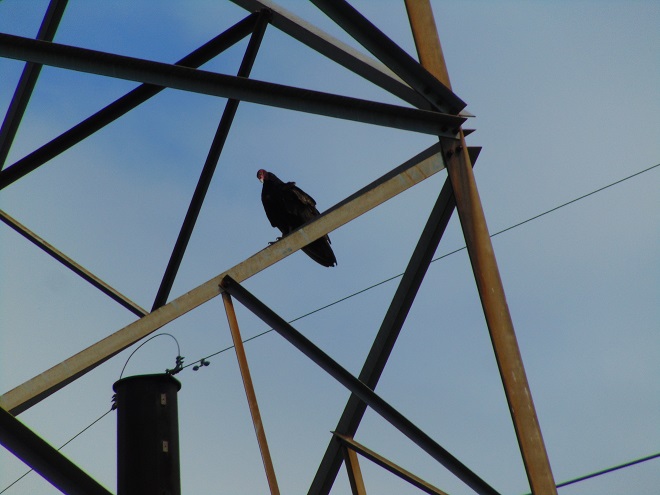
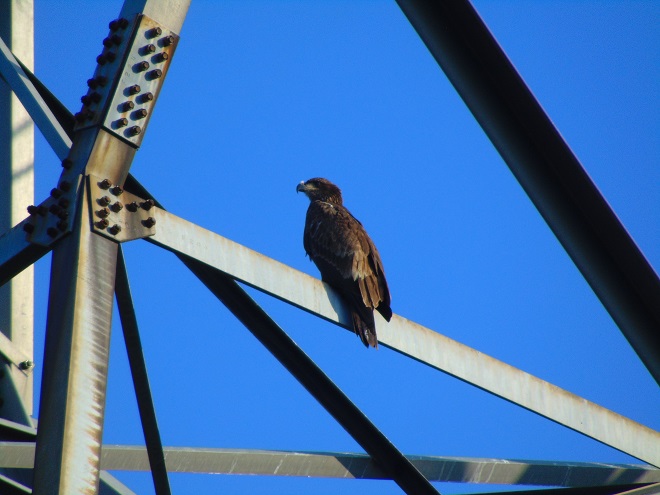
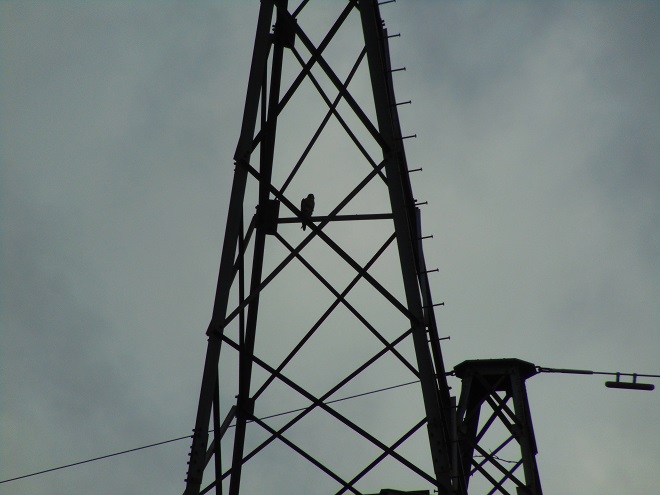
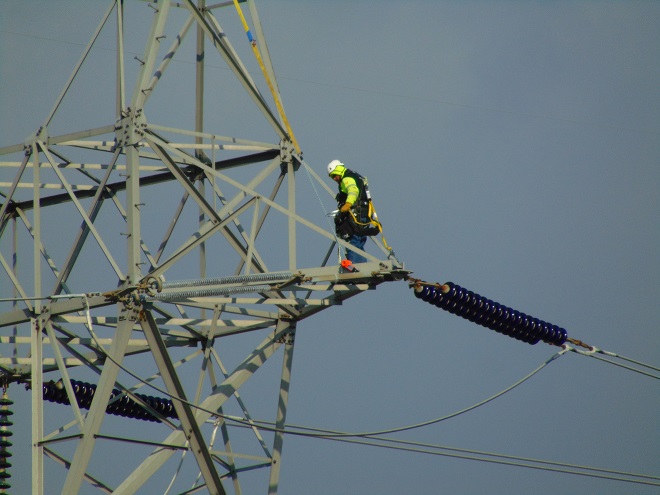
Yes friends, while the birds migrated through high above, down below a coordinated effort was underway to replace some of the electric transmission cable that stretches across the Susquehanna River at Conewago Falls. As you’ll see, this project requires precise planning, preparation, and skill. And it was fascinating to watch!

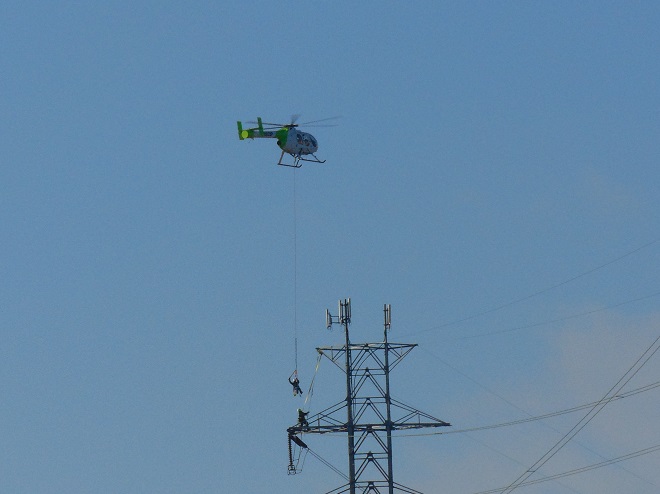
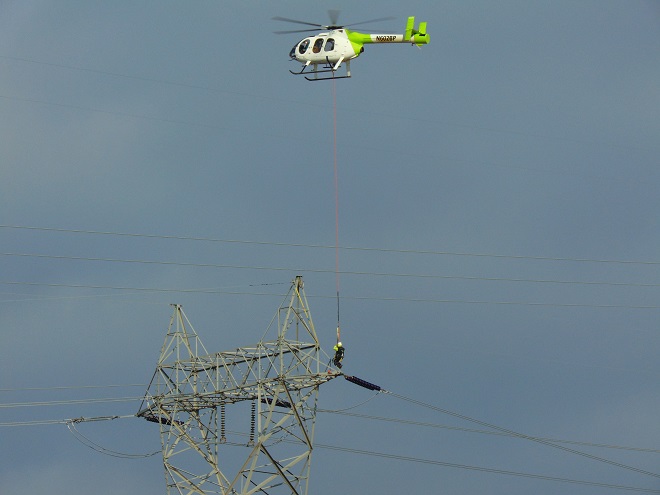

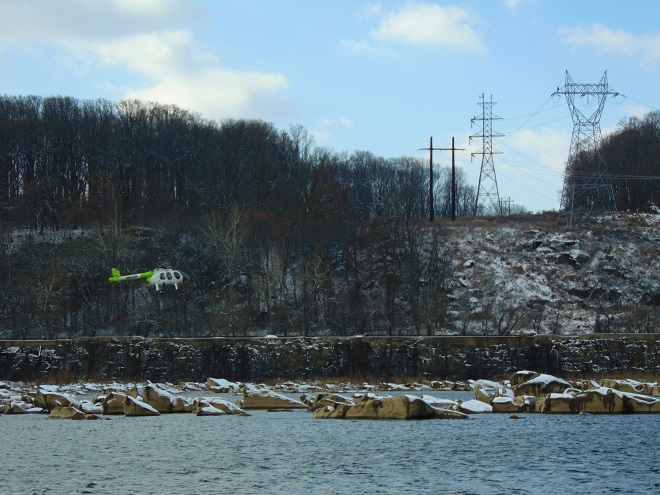


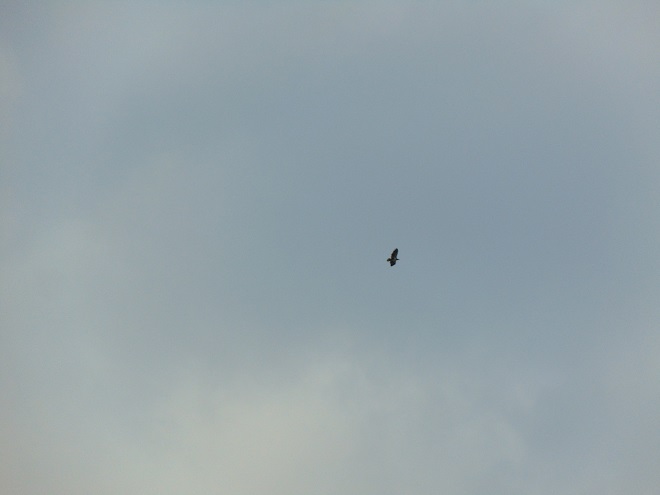
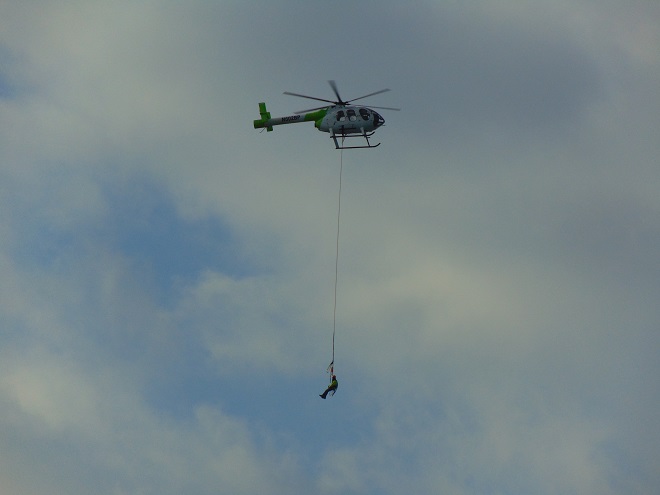
A very light fog lifted quickly at sunrise. Afterward, there was a minor movement of migrants: forty-nine Ring-billed Gulls, a few Herring Gulls, a Red-shouldered Hawk following the river to the southeast, and small flocks totaling nine Cedar Waxwings and twenty-eight Red-winged Blackbirds.
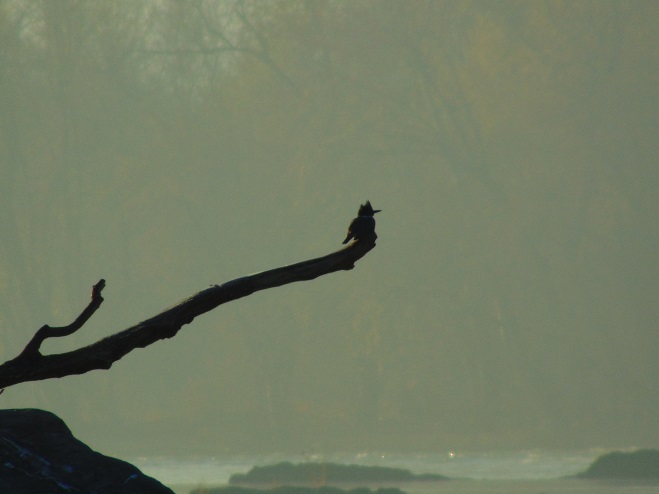


In the Riparian Woodland, small mixed flocks of winter resident and year-round resident birds were actively feeding. They must build and maintain a layer of body fat to survive blustery cold nights and the possible lack of access to food during snowstorms. There’s no time to waste; nasty weather could bring fatal hardship to these birds soon.
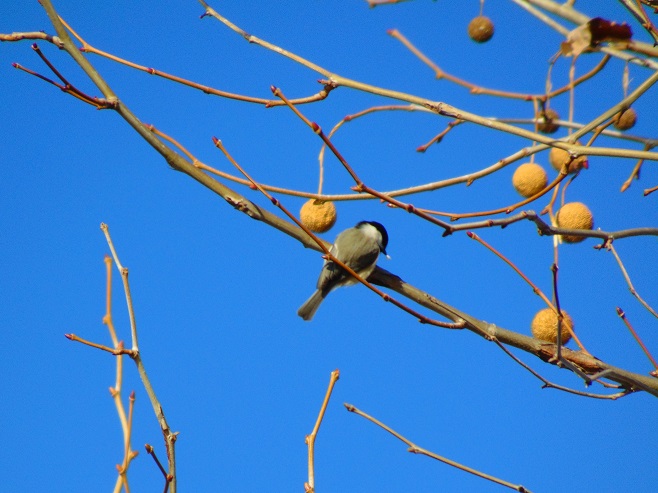
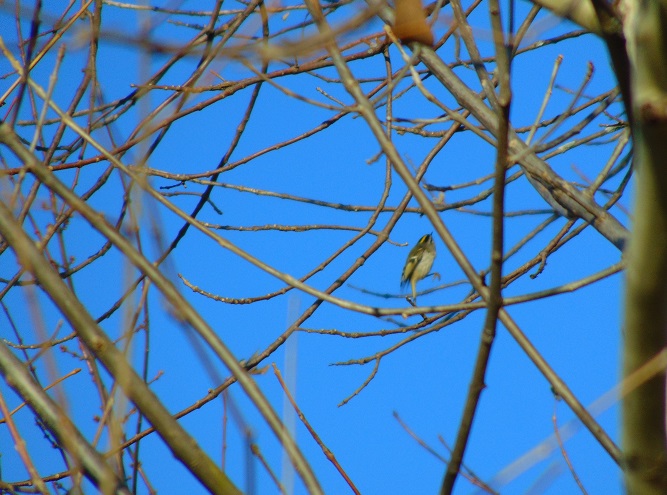
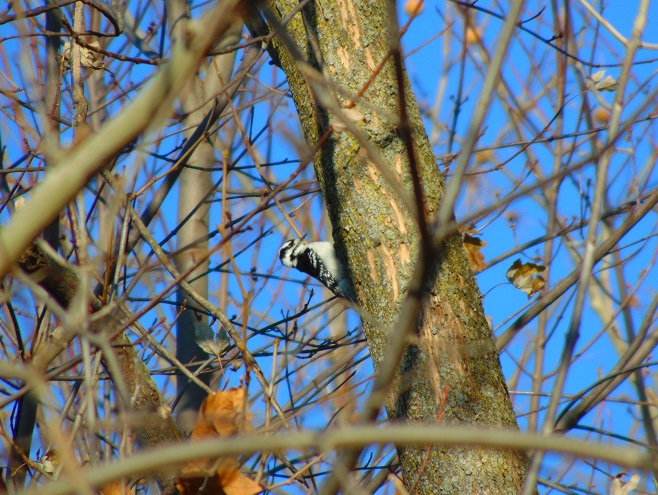
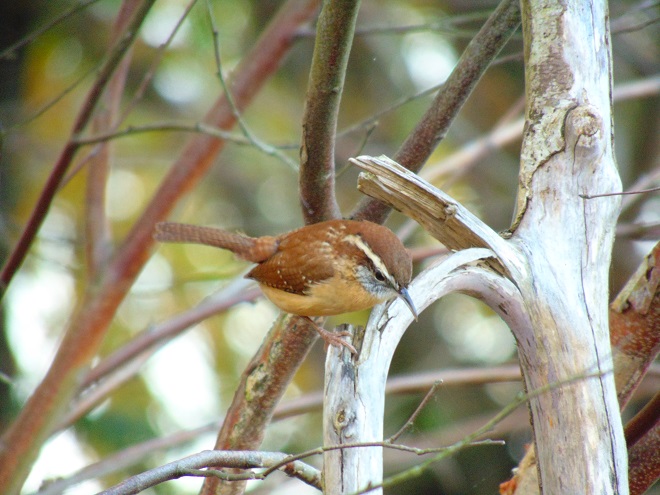
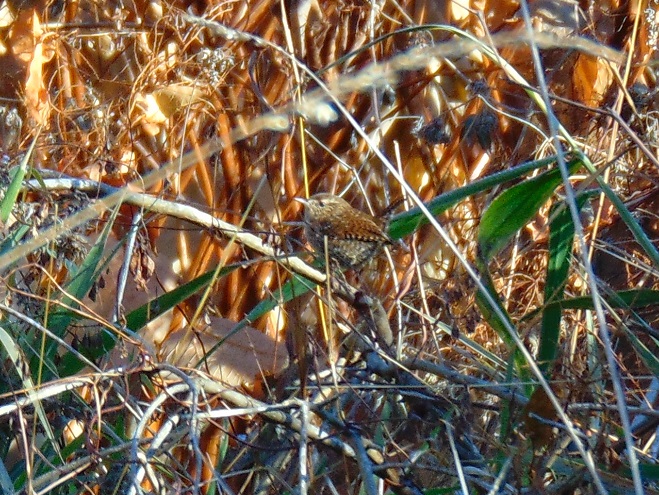
It was a crisp clear morning with birdless blue skies. The migration has mostly drawn to a close; very little was seen despite a suitable northwest breeze to support a flight. There were no robins and no blackbirds. Not even a starling was seen today. The only highlights were a Bufflehead (Bucephala albeola) and a couple of Swamp Sparrows.


And now ladies and gentlemen, boys and girls, it’s time for a Thanksgiving Day culinary reminder from the local Conewago Falls Turkey…
